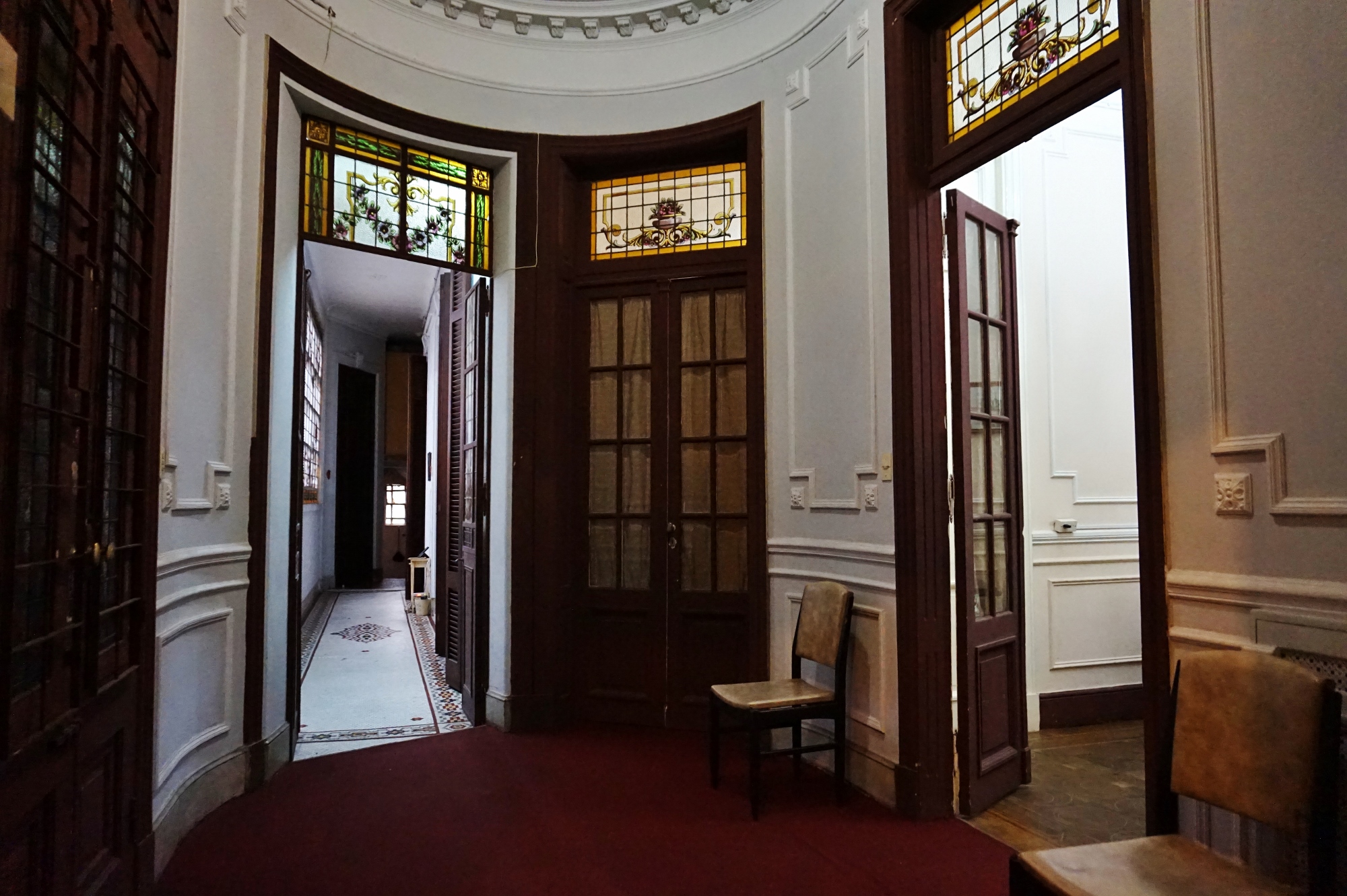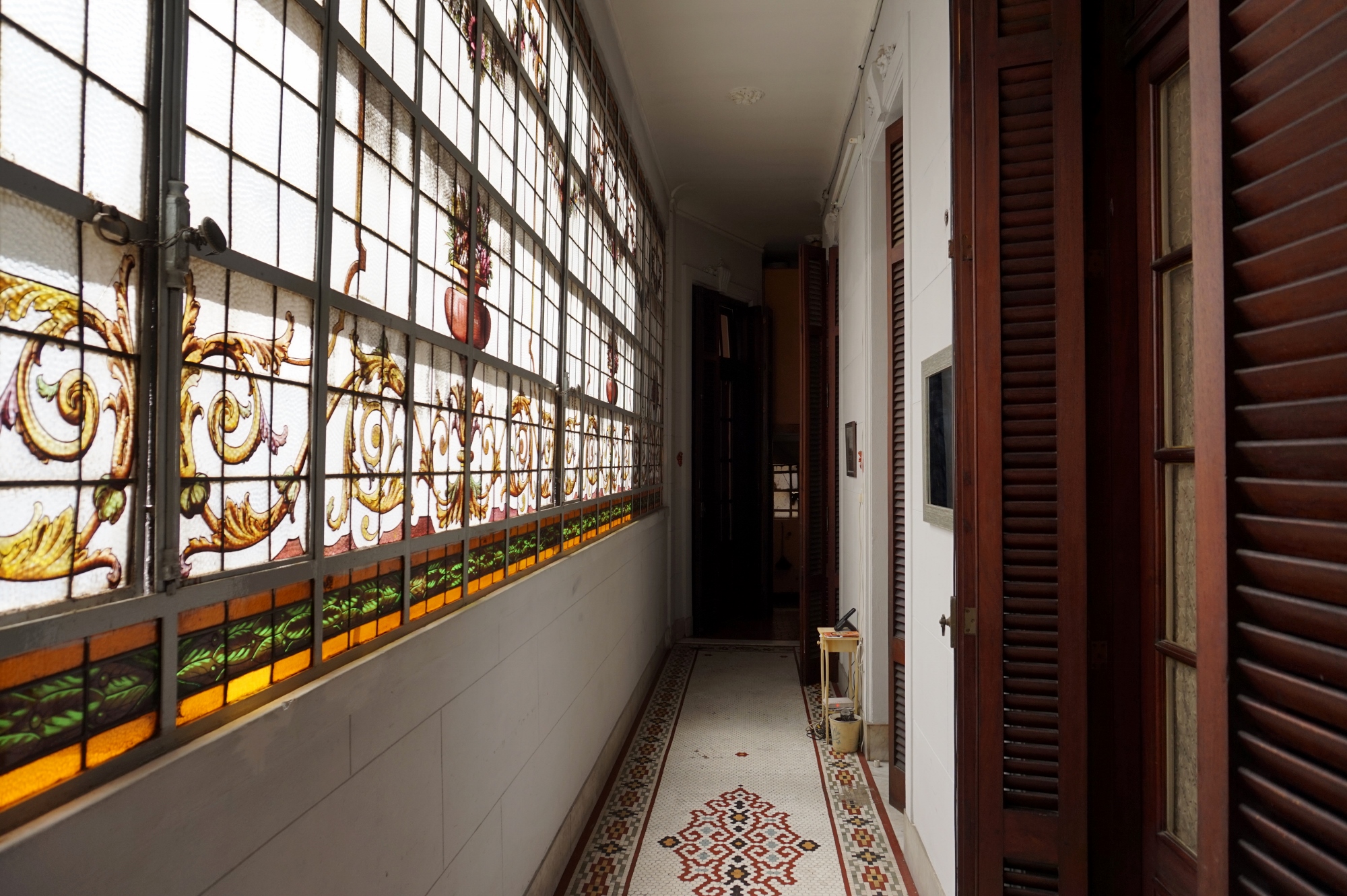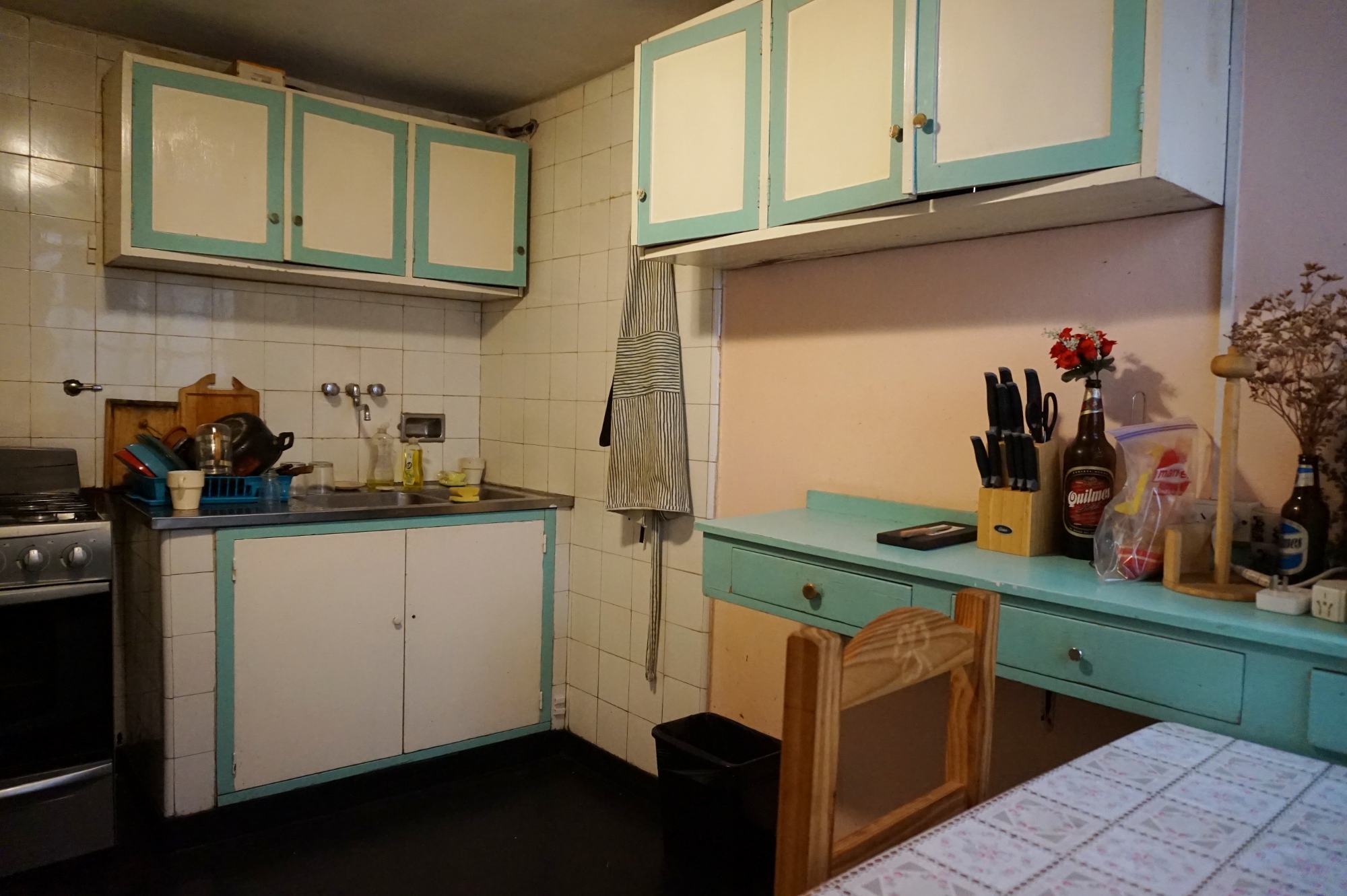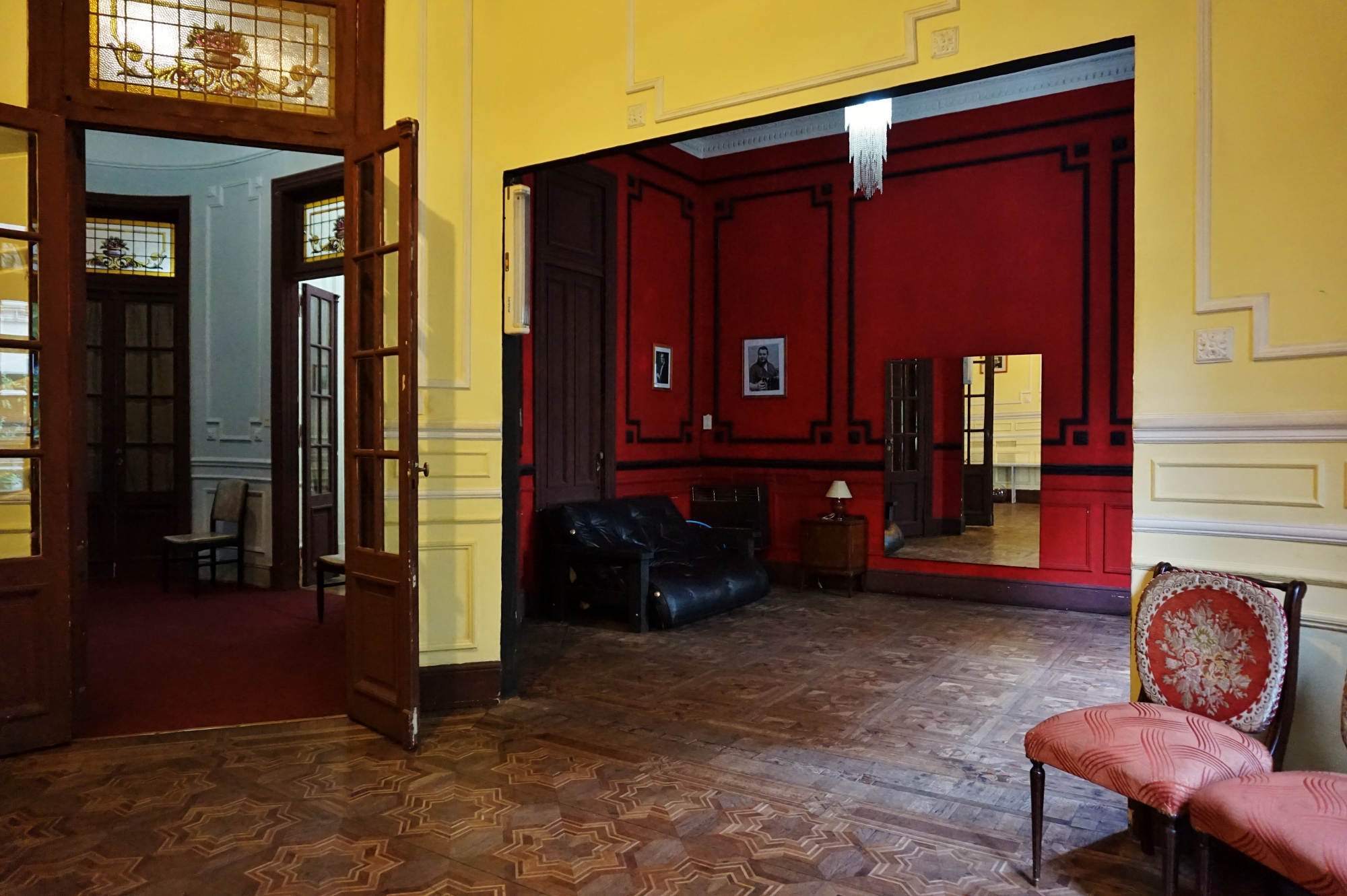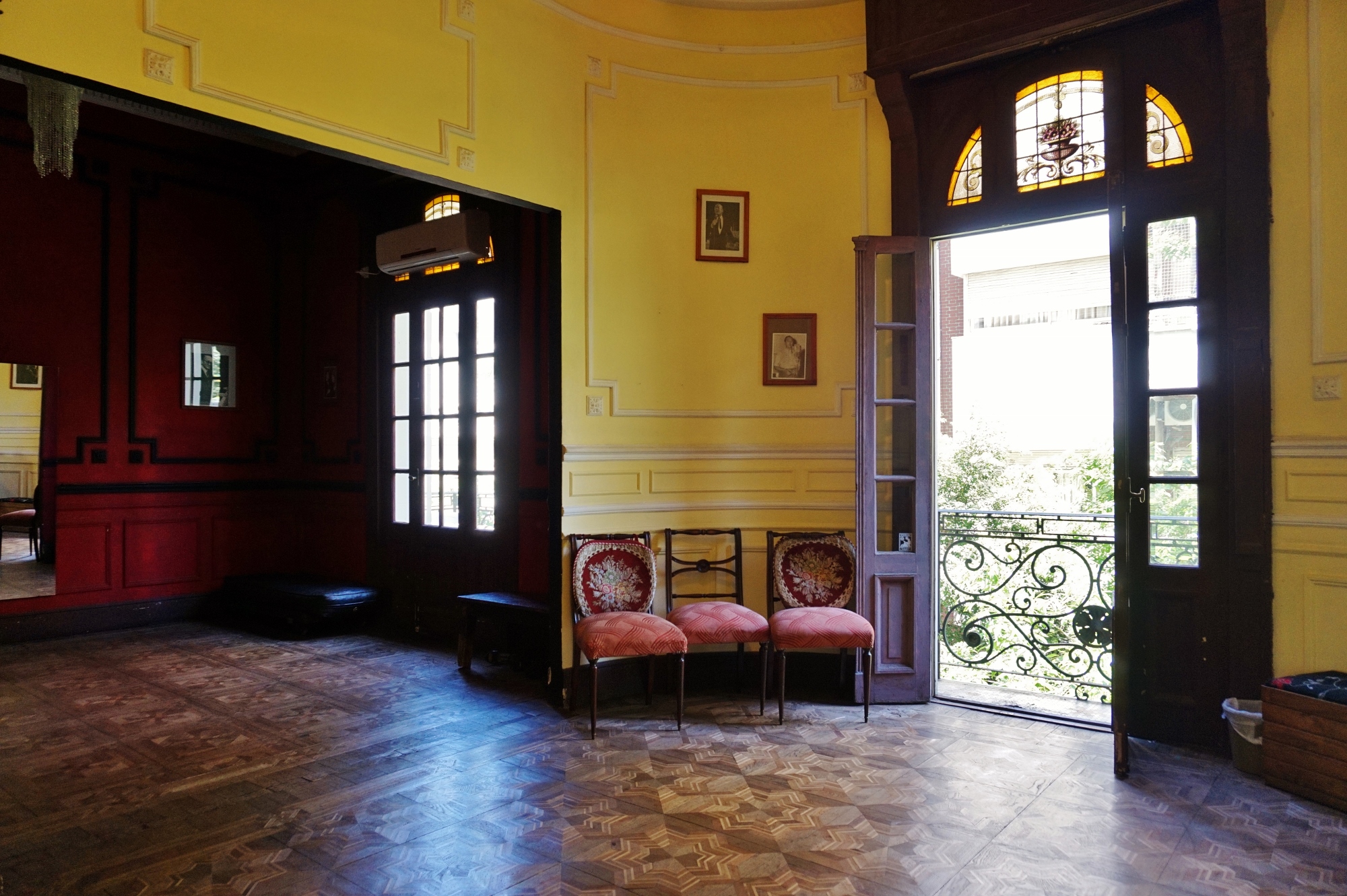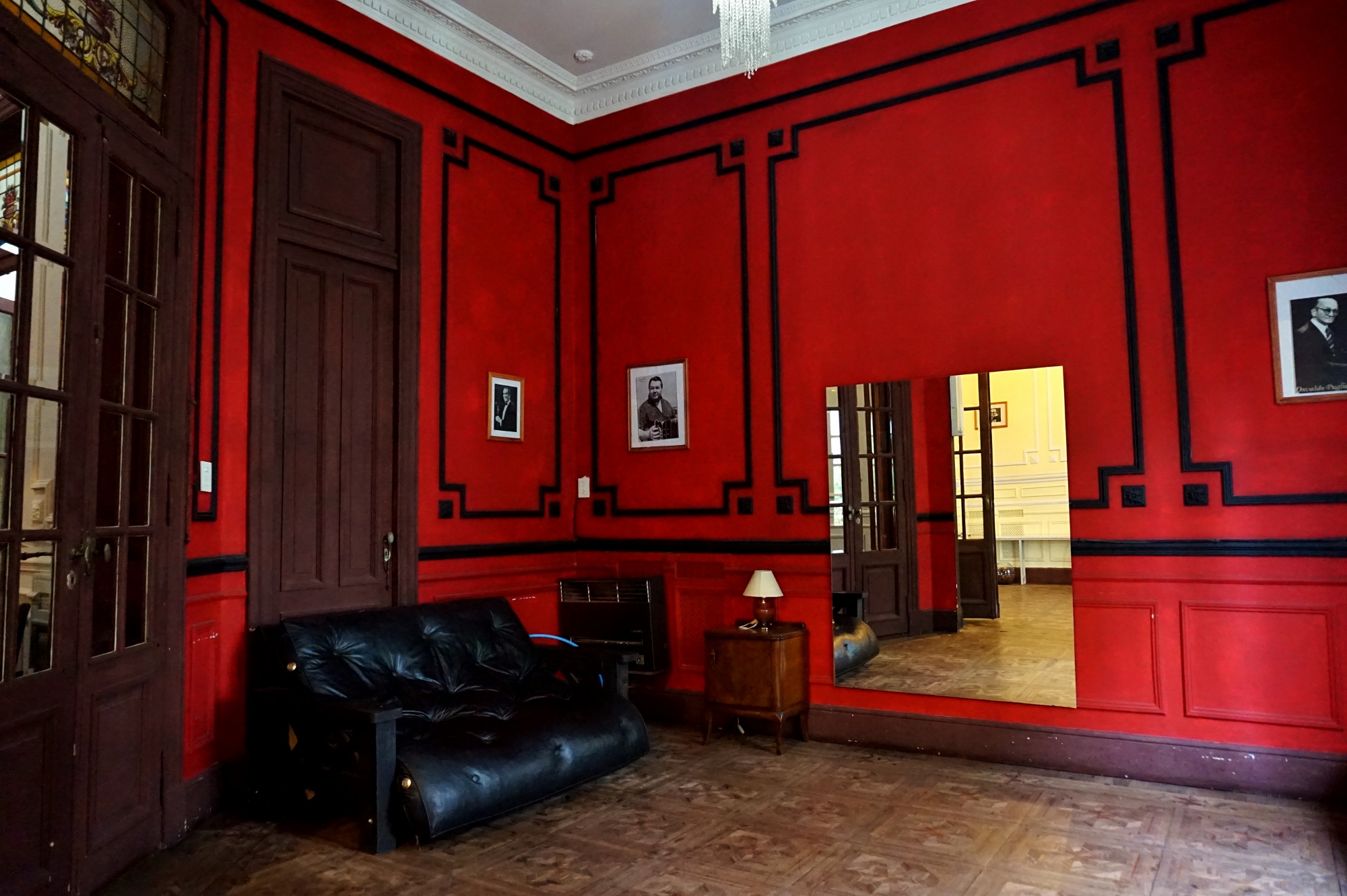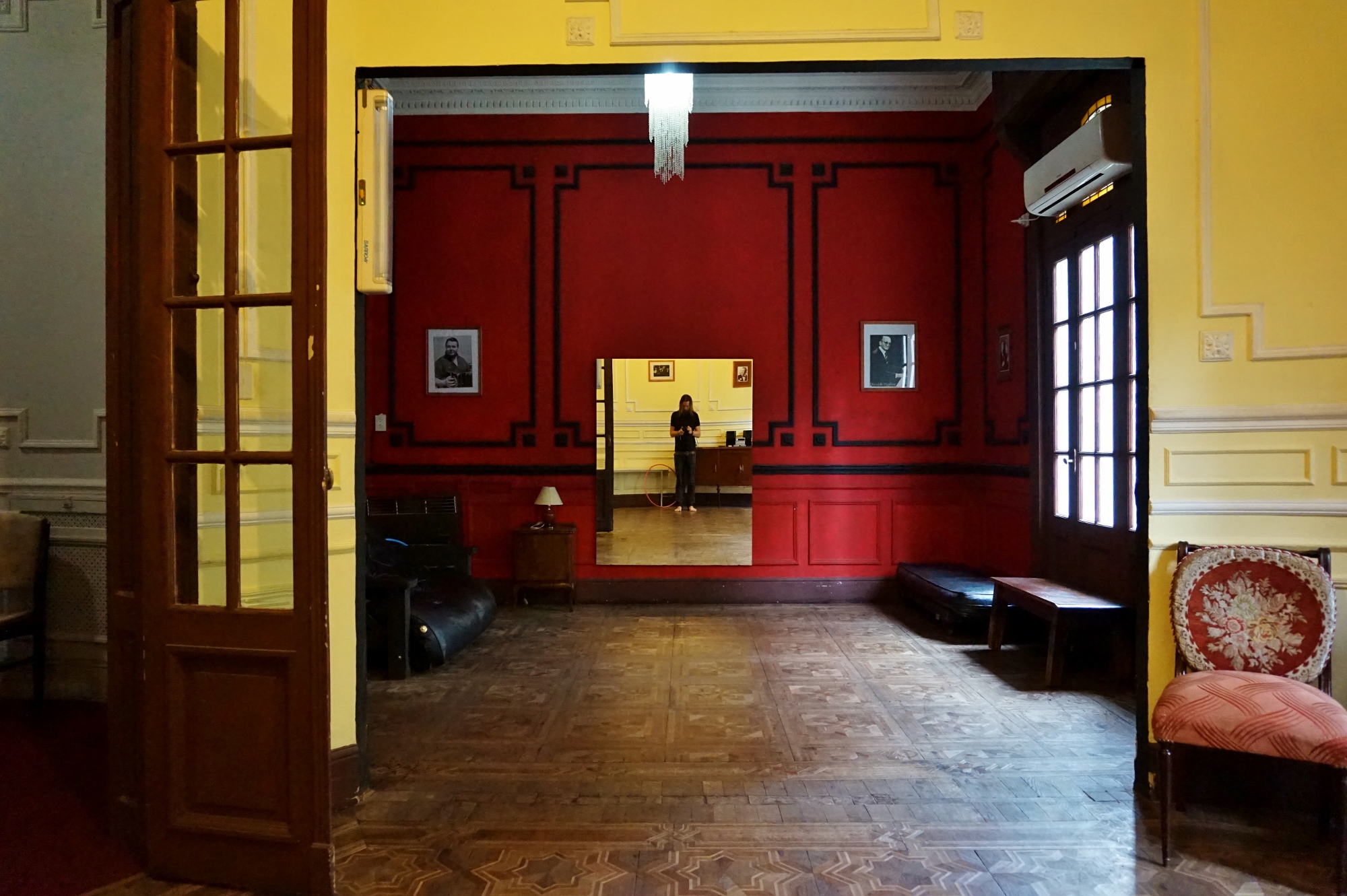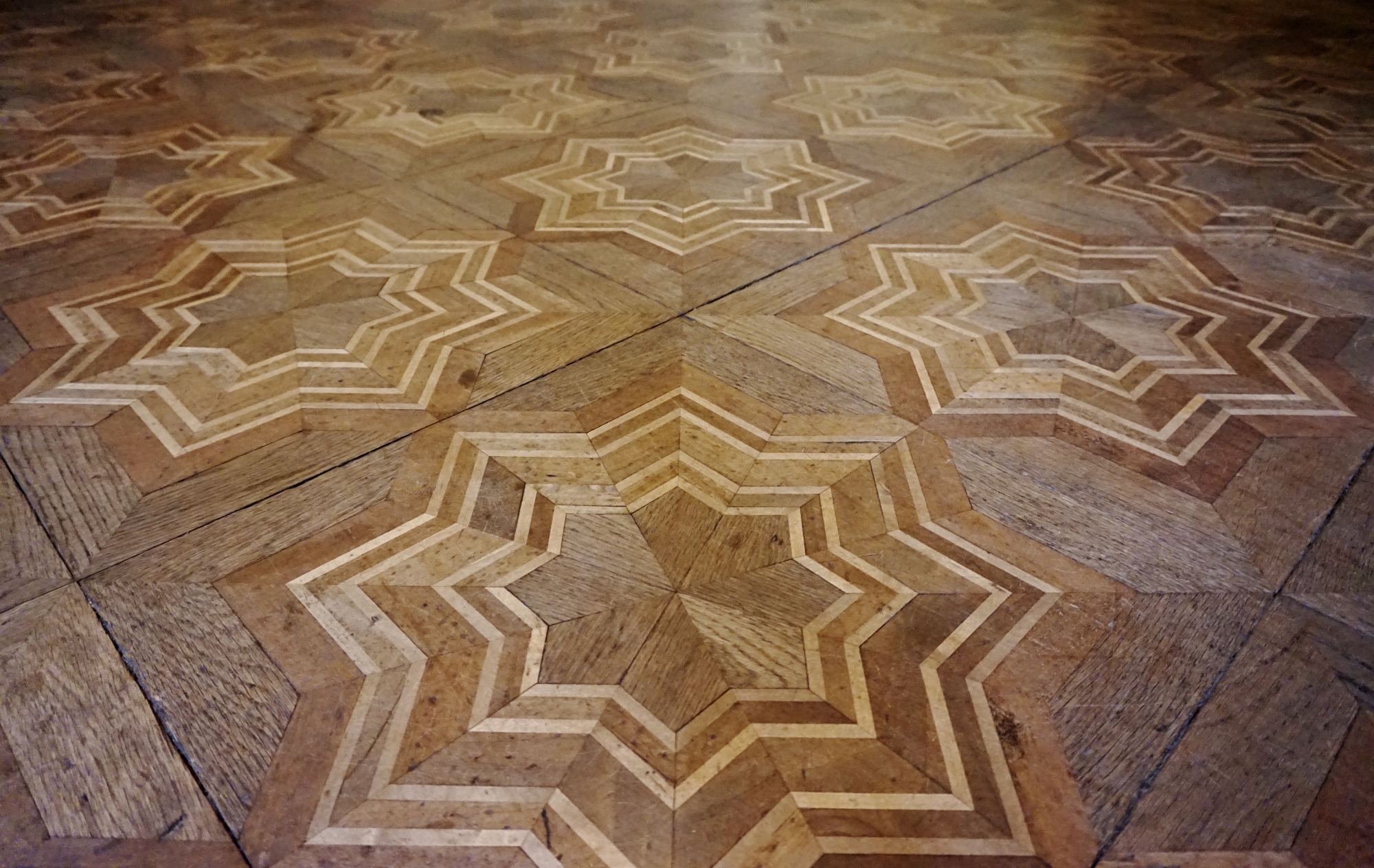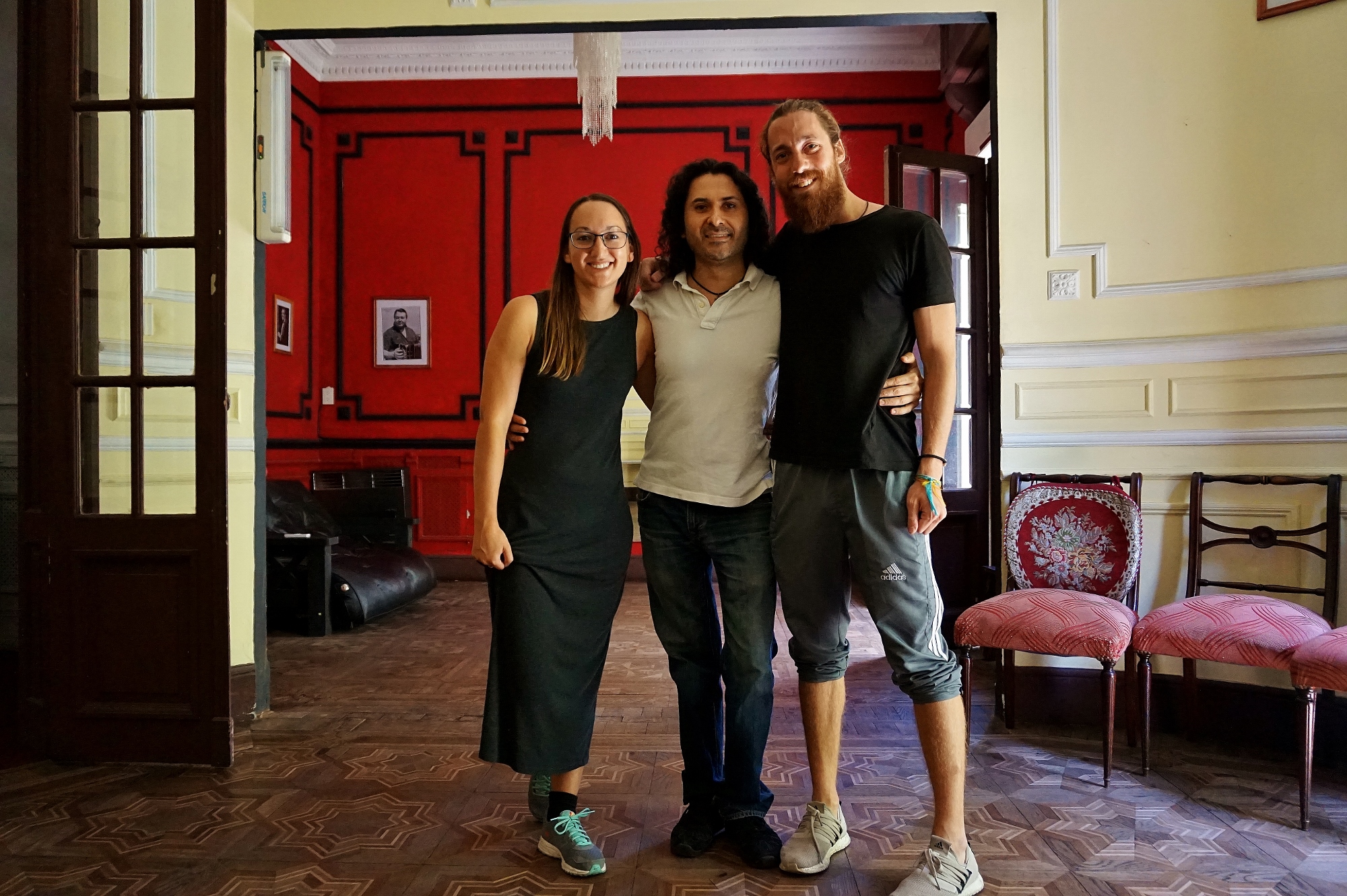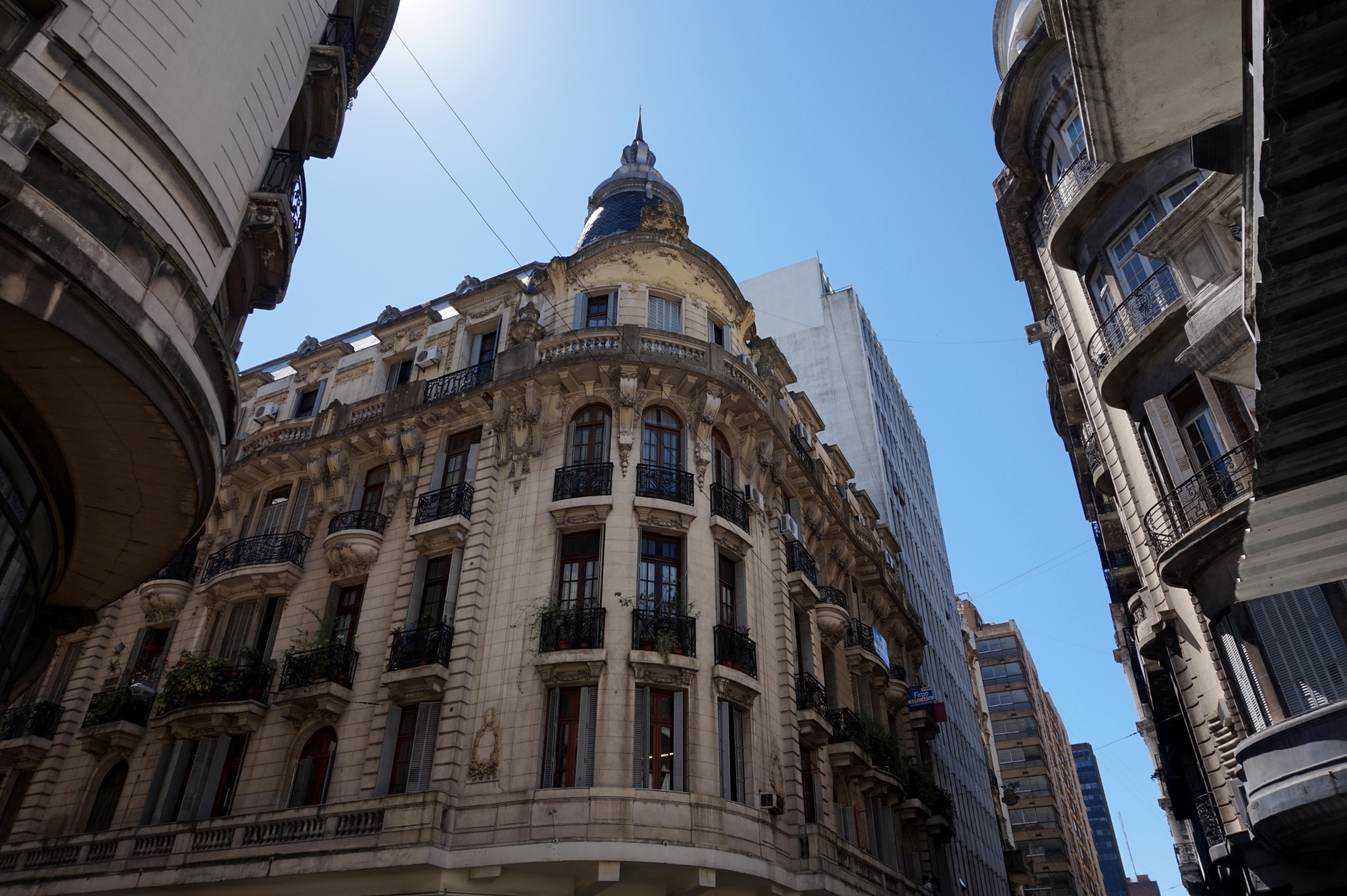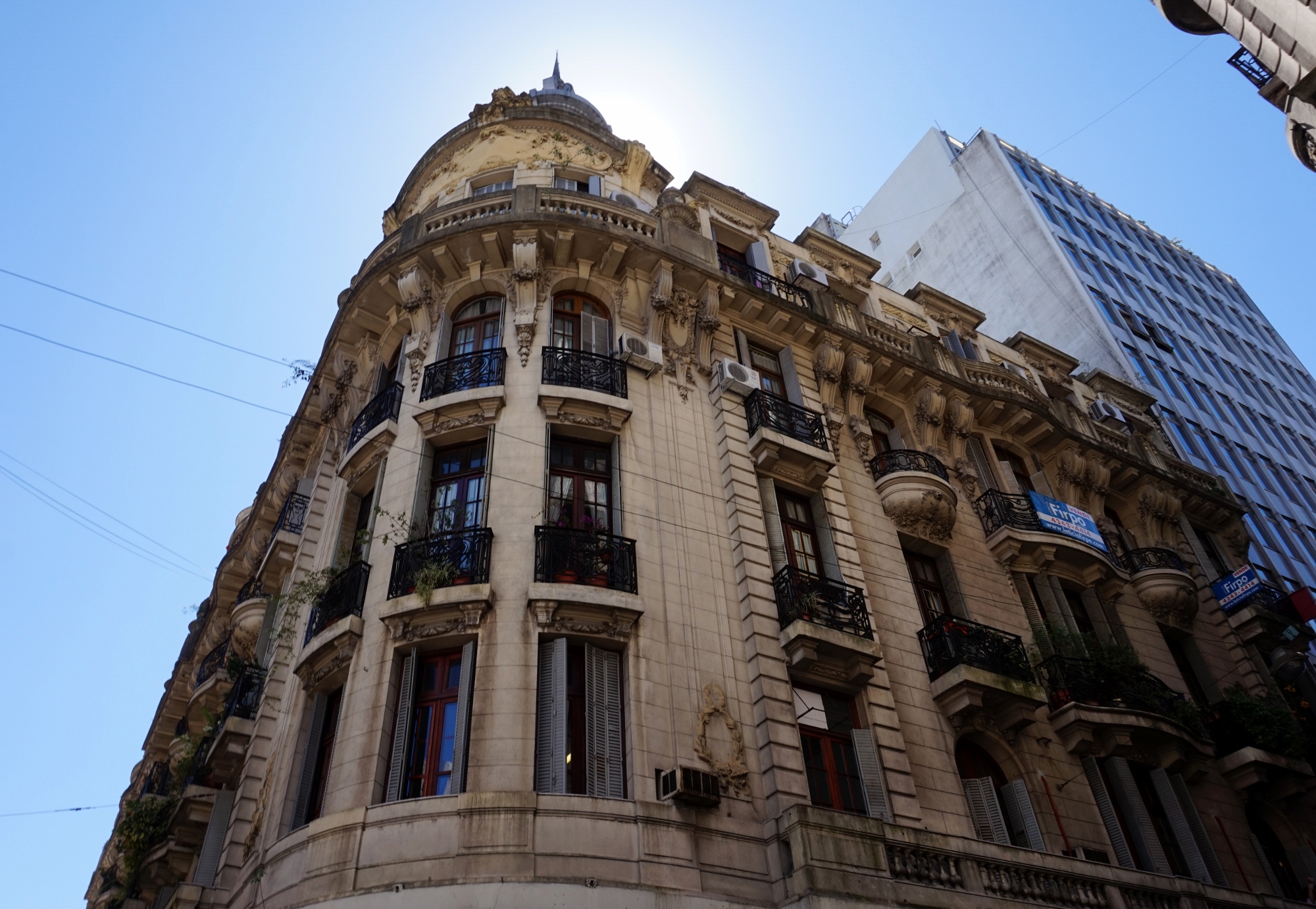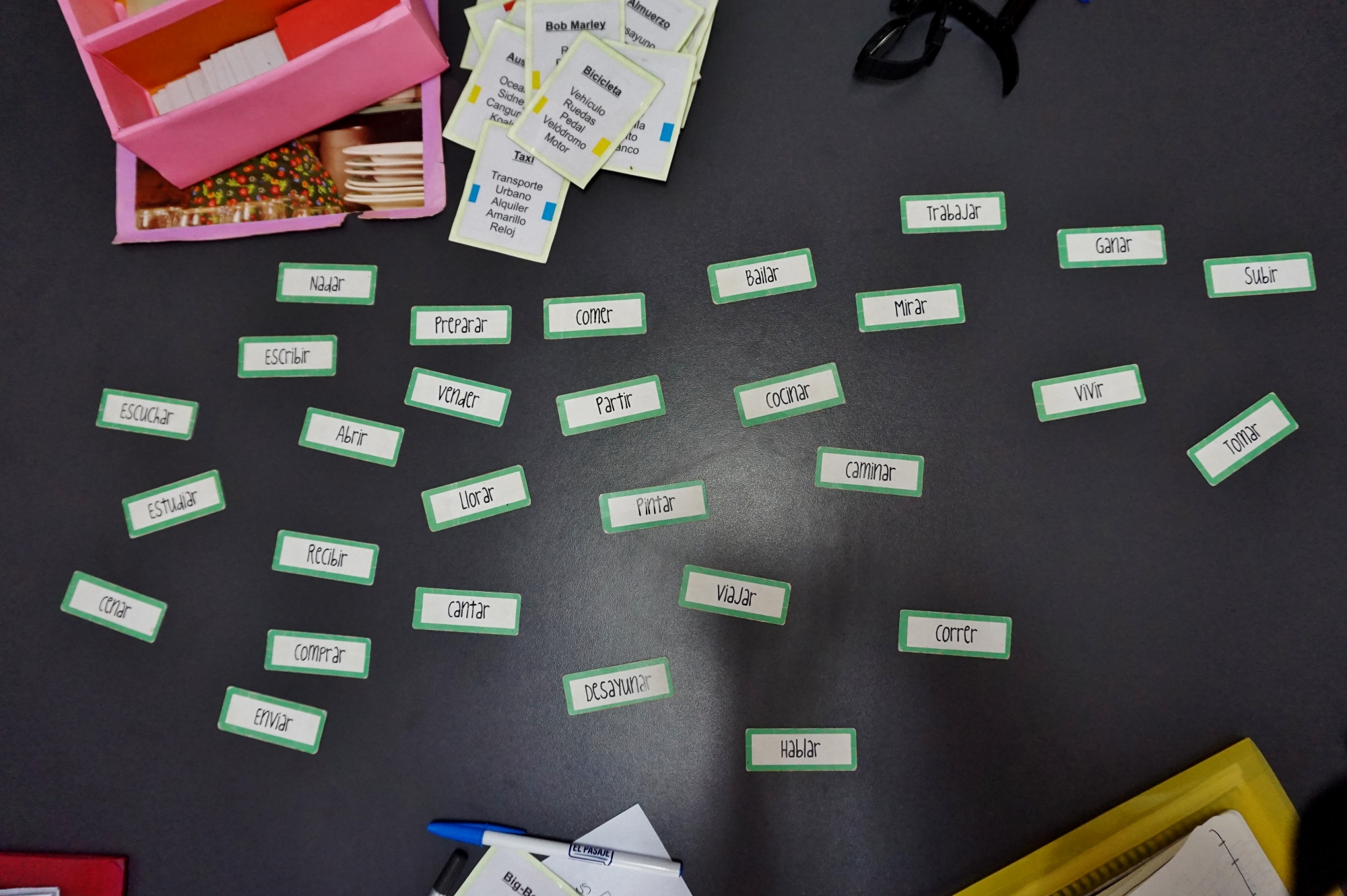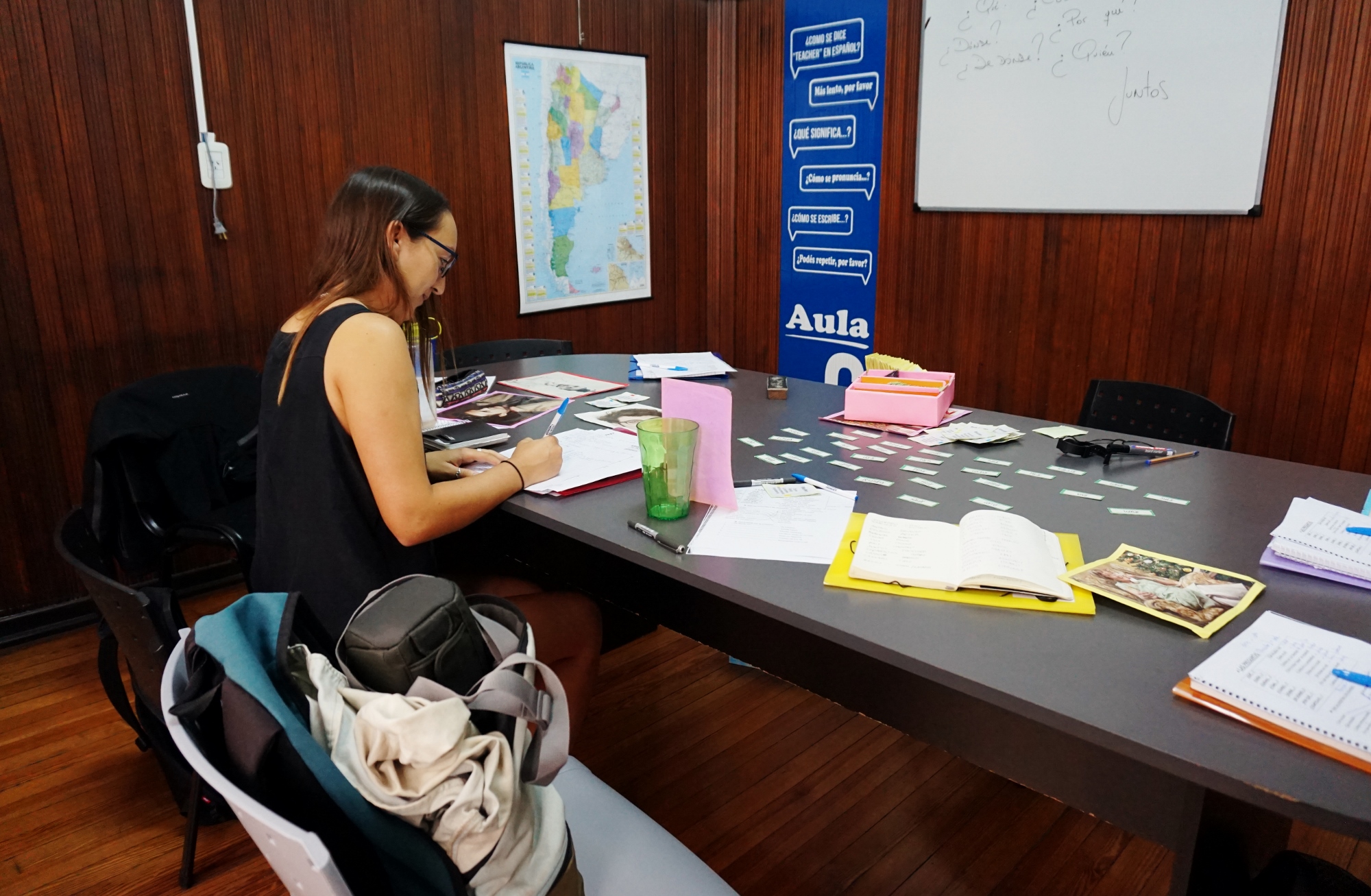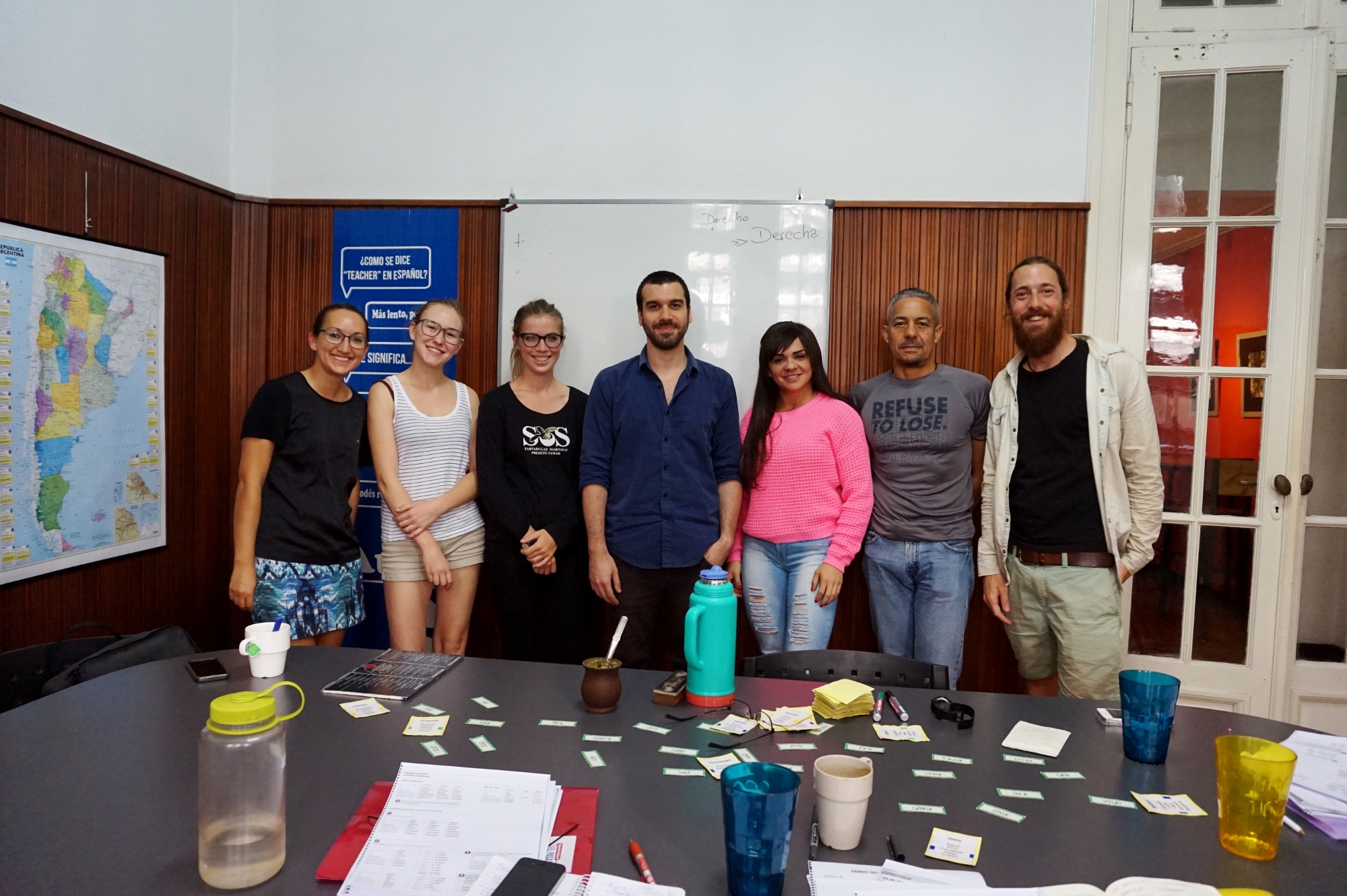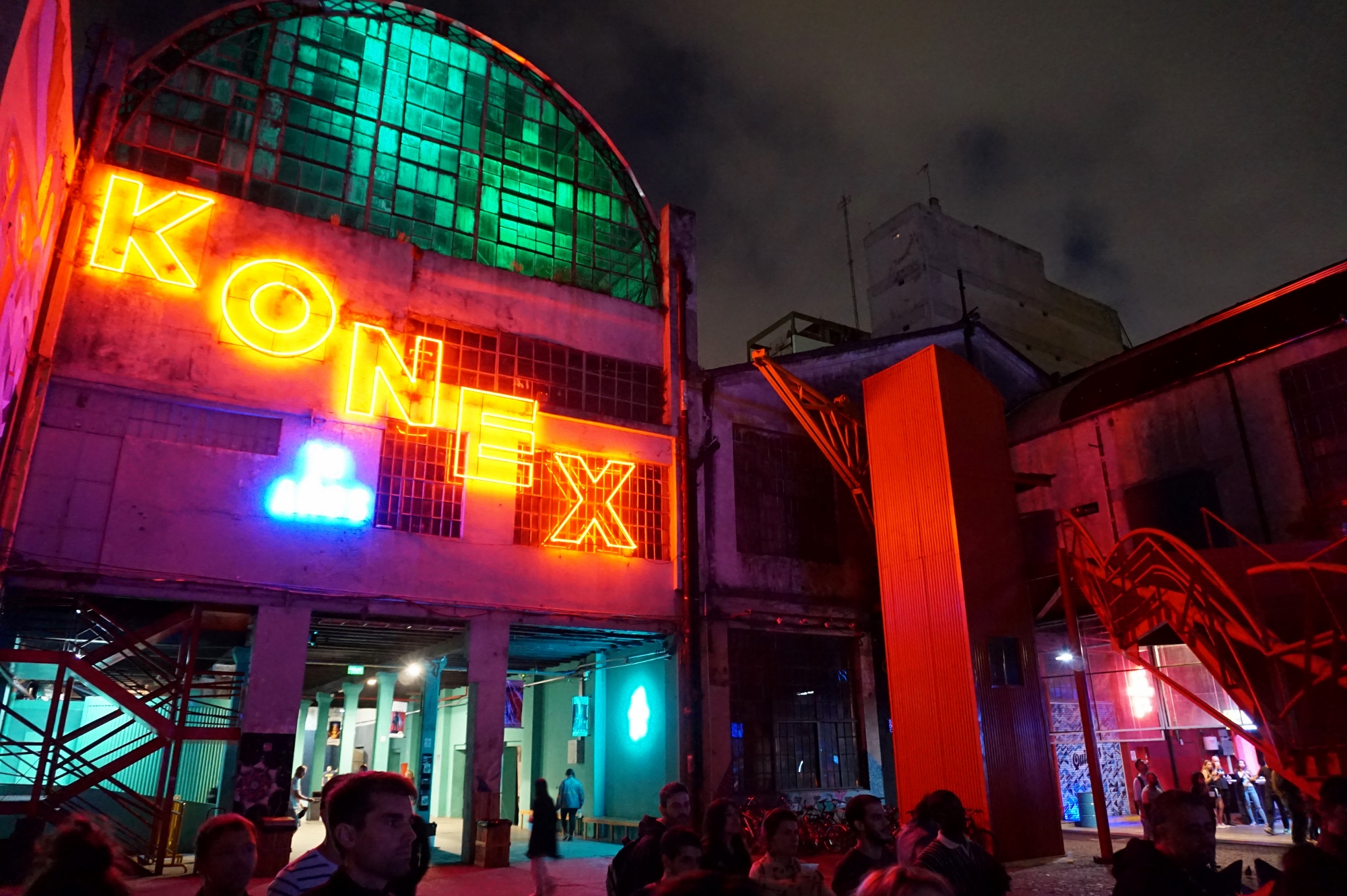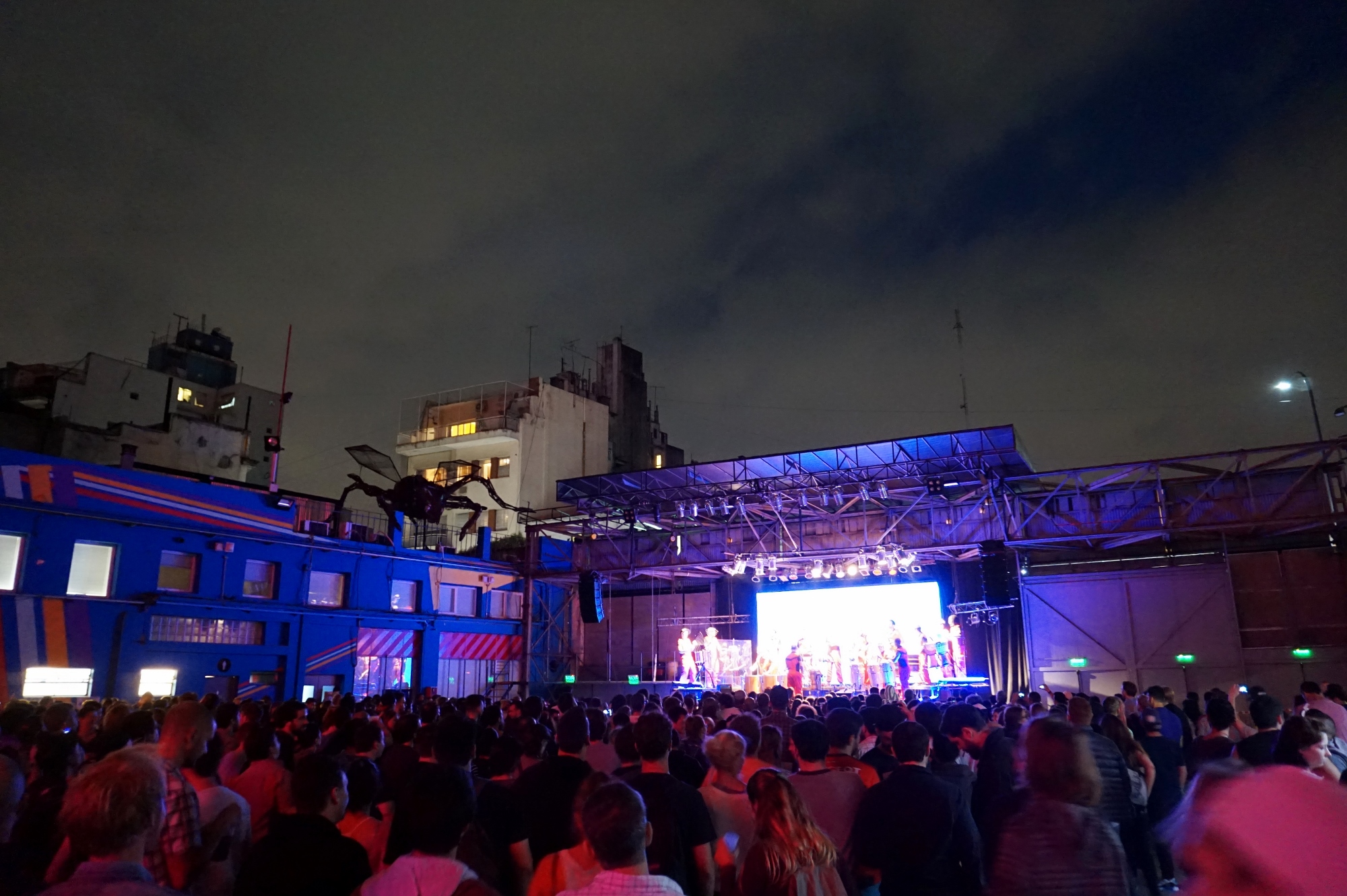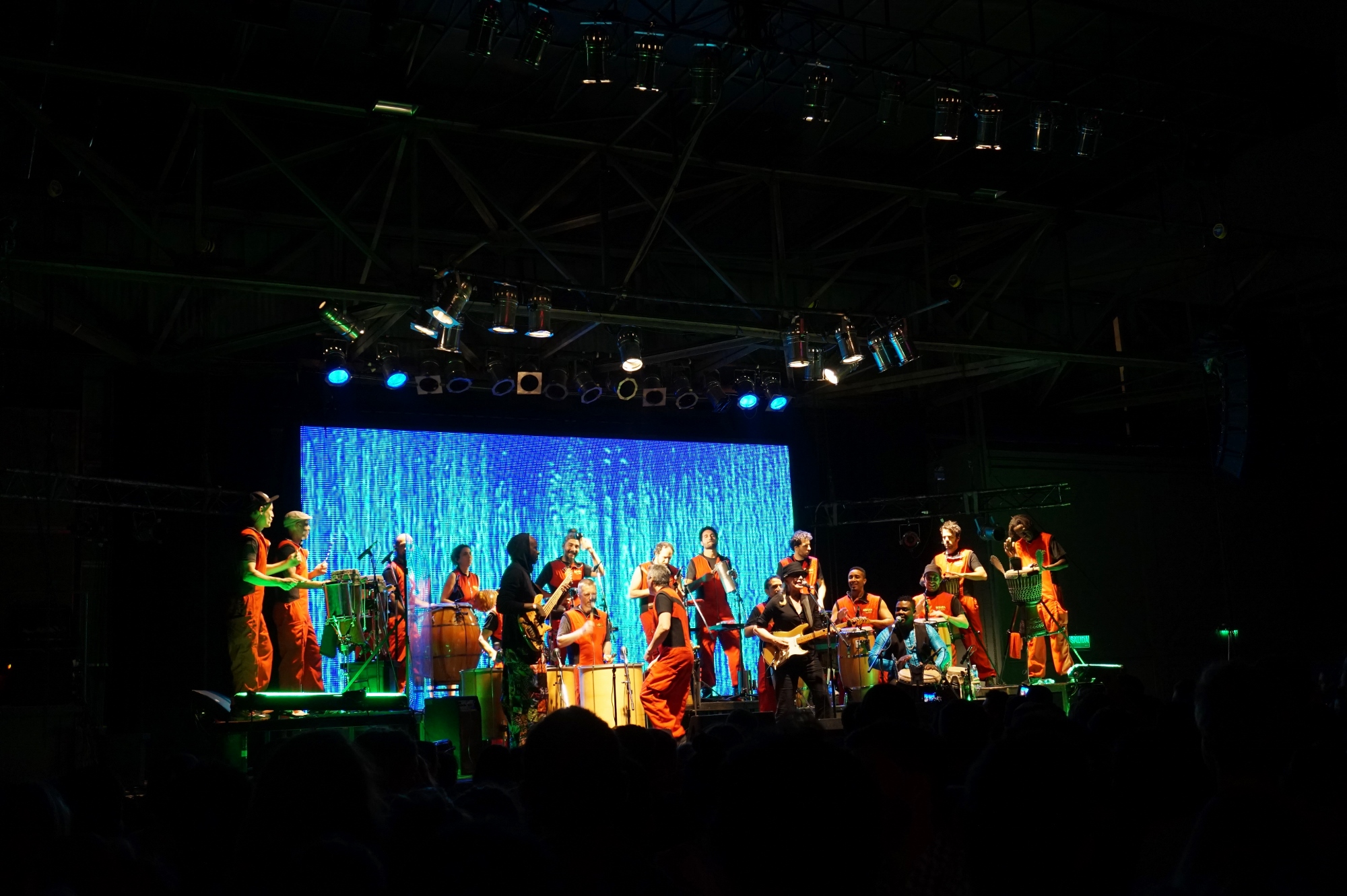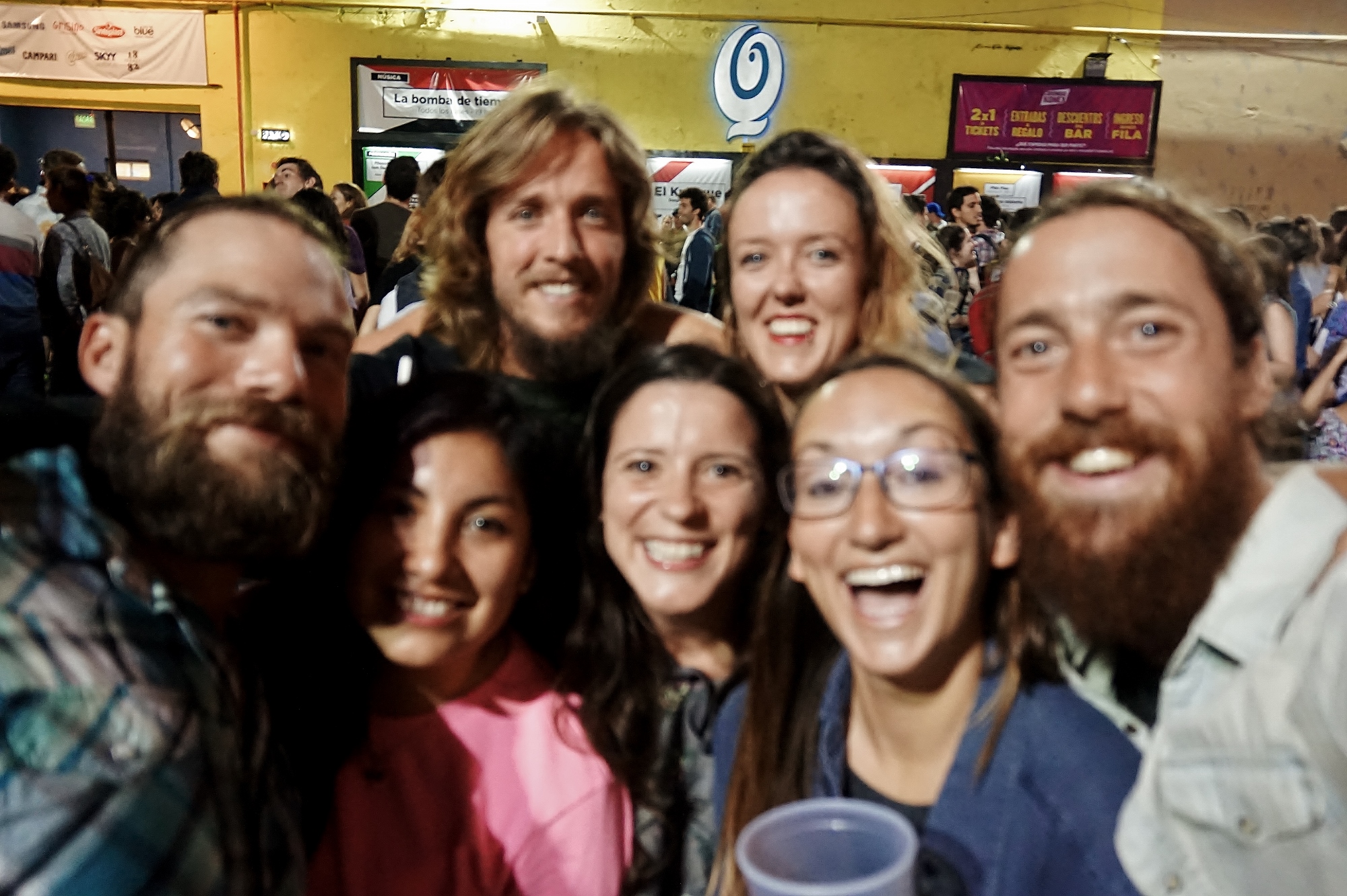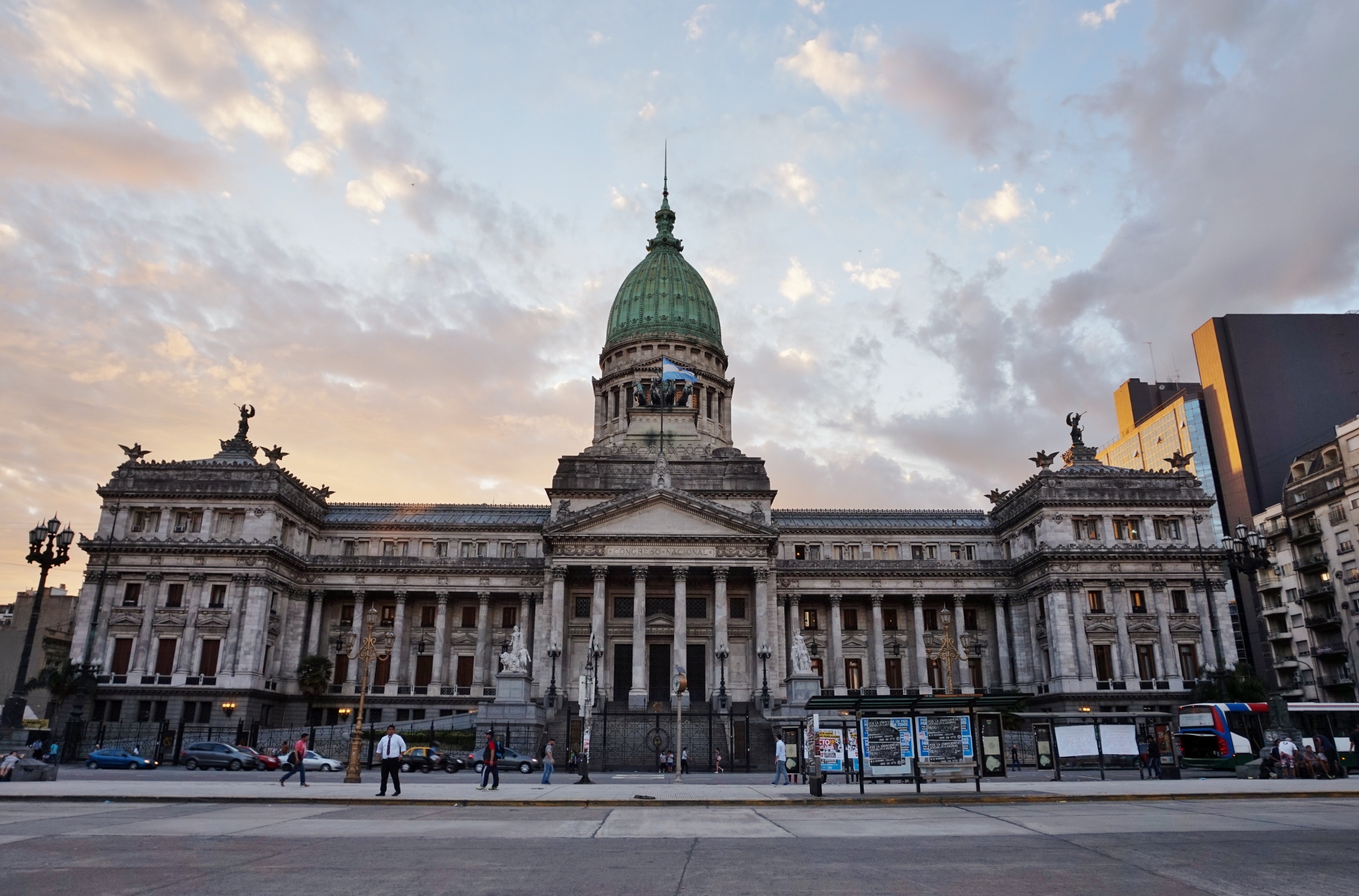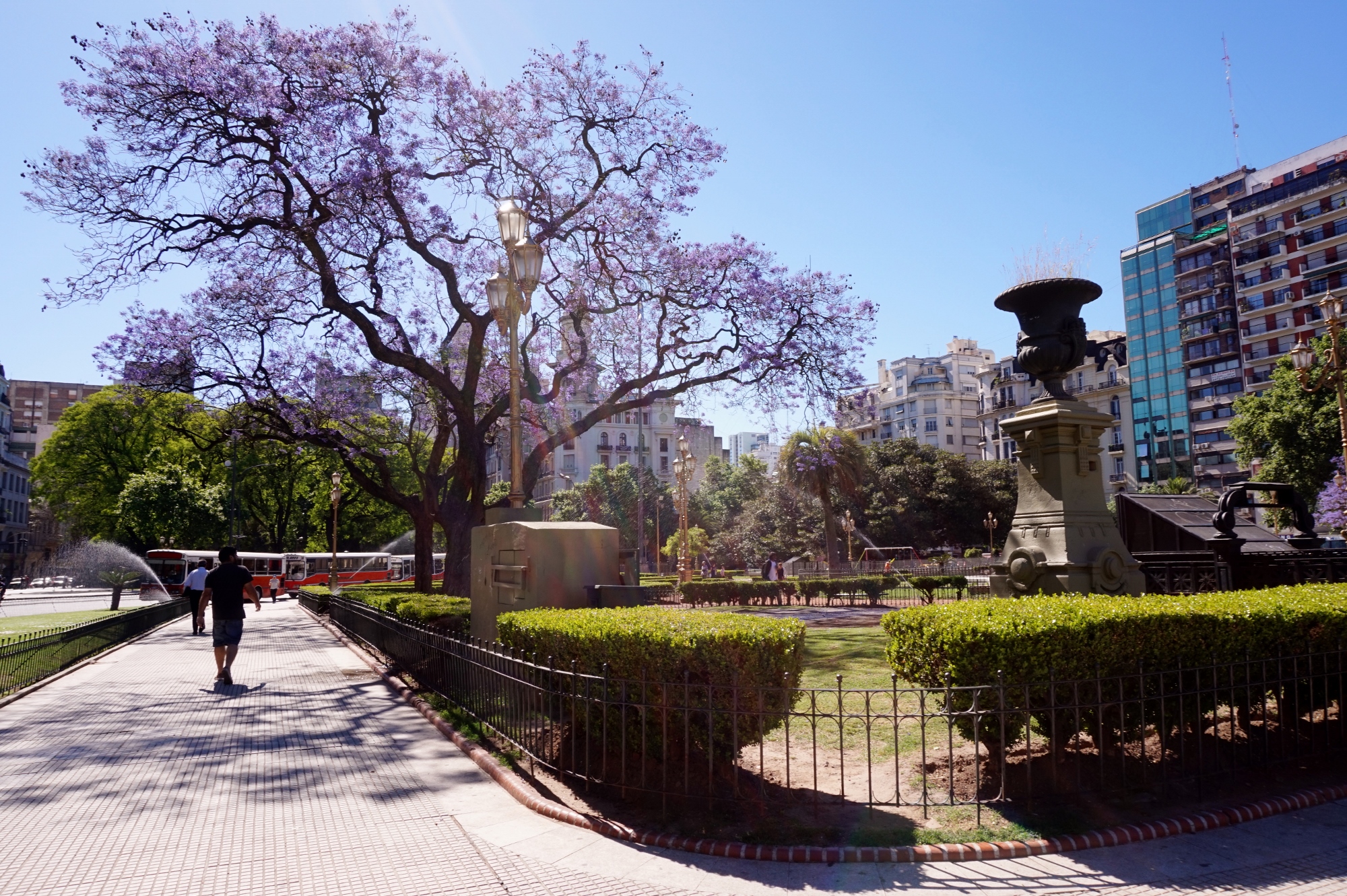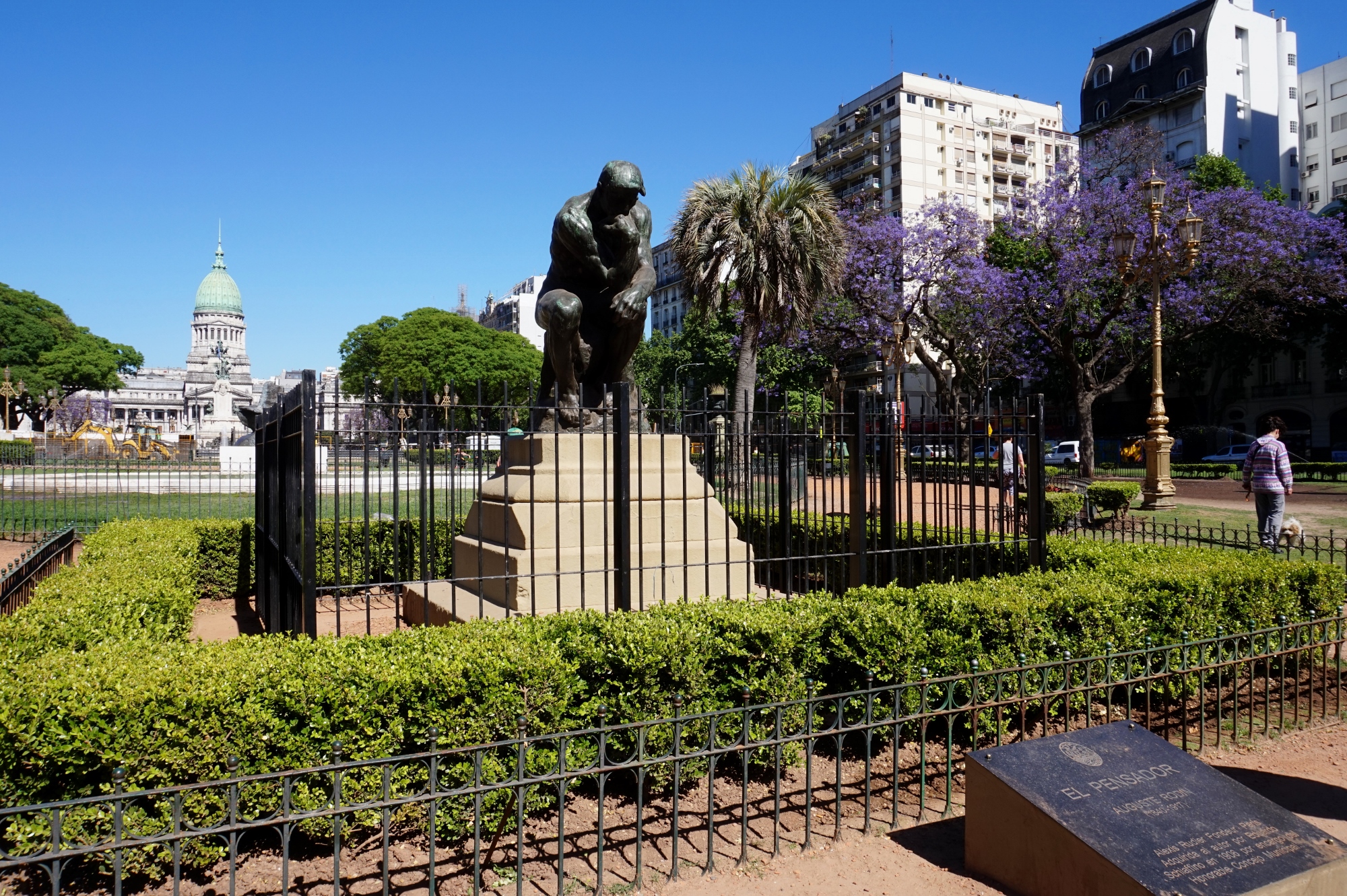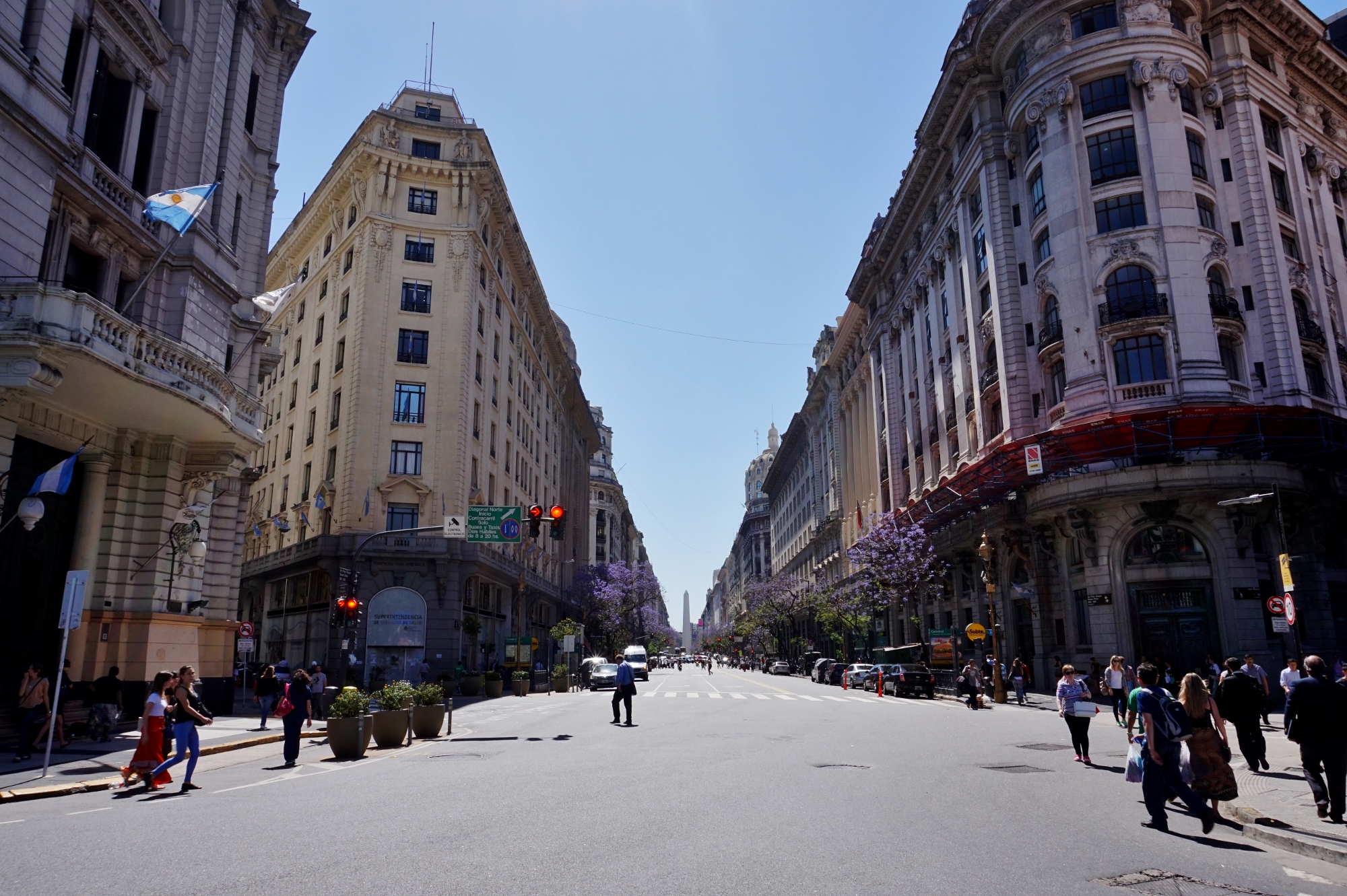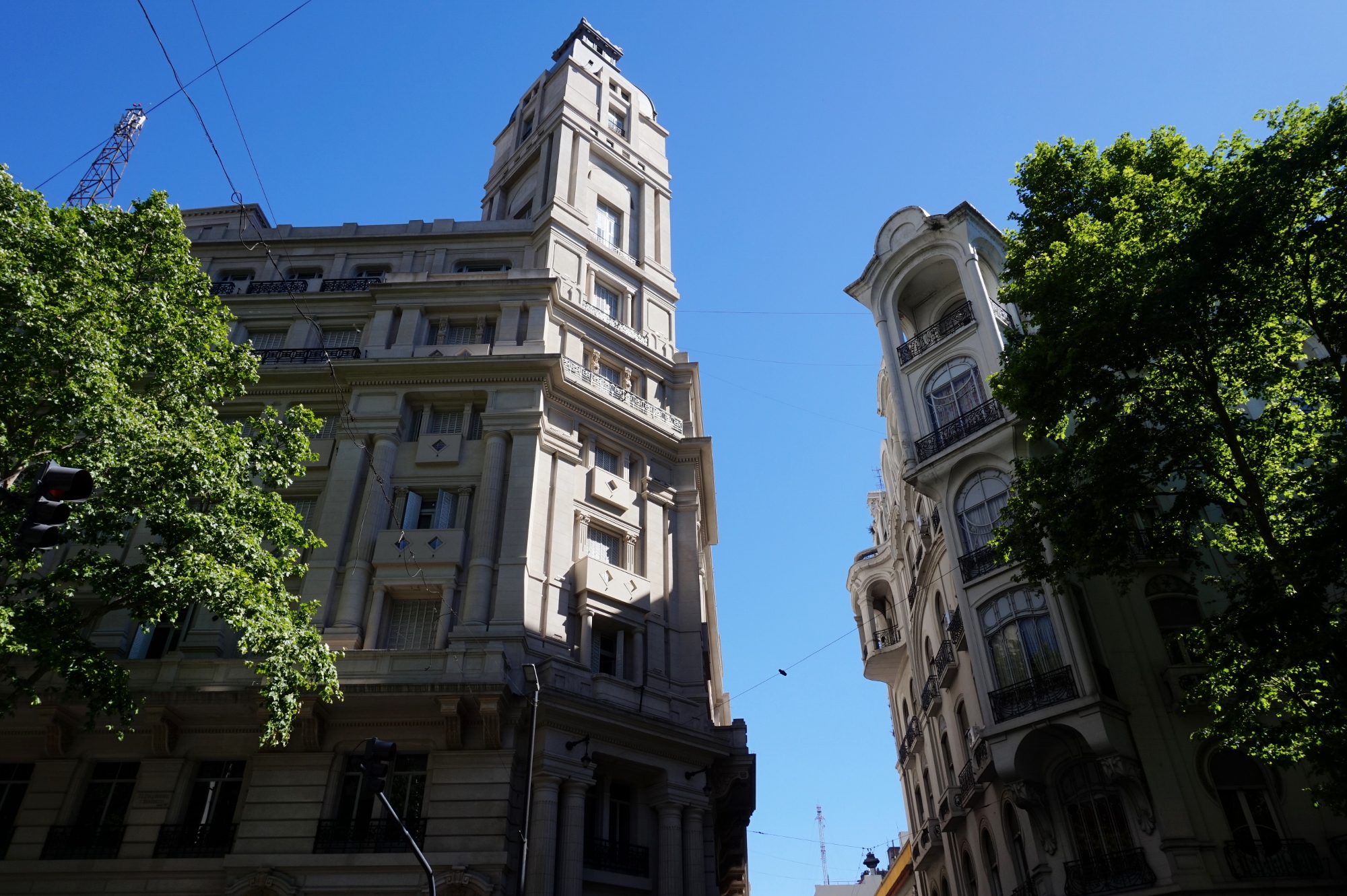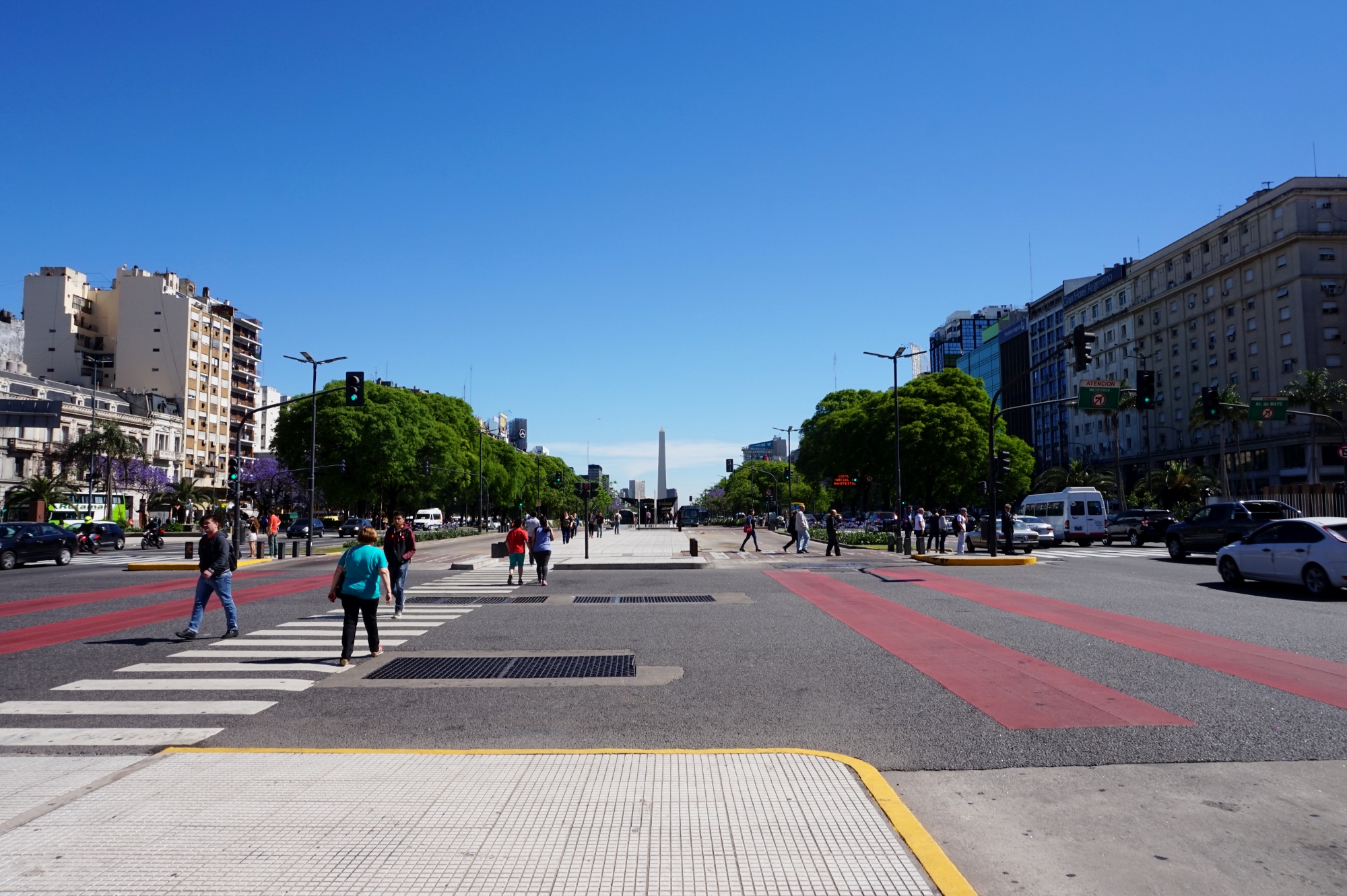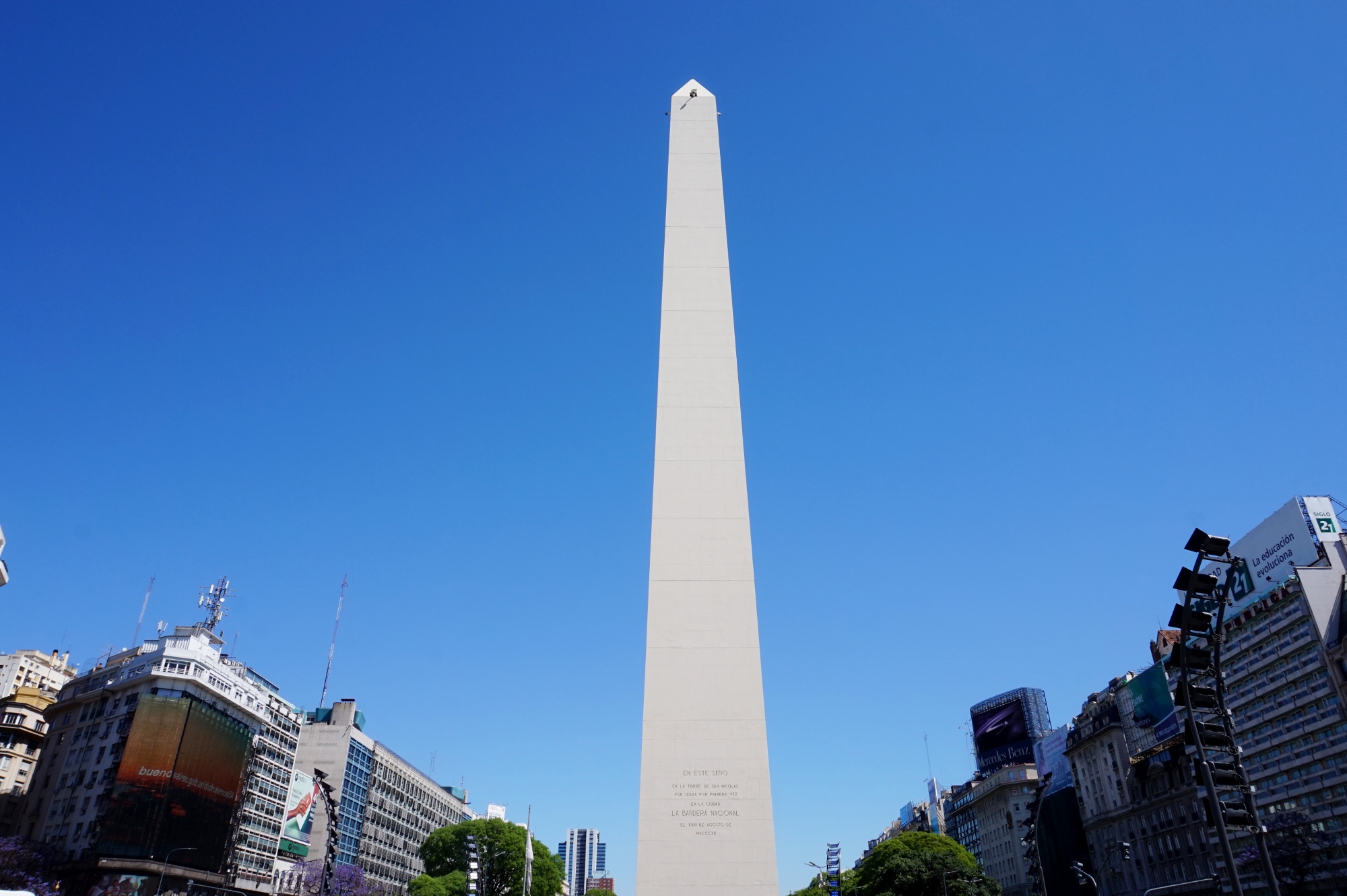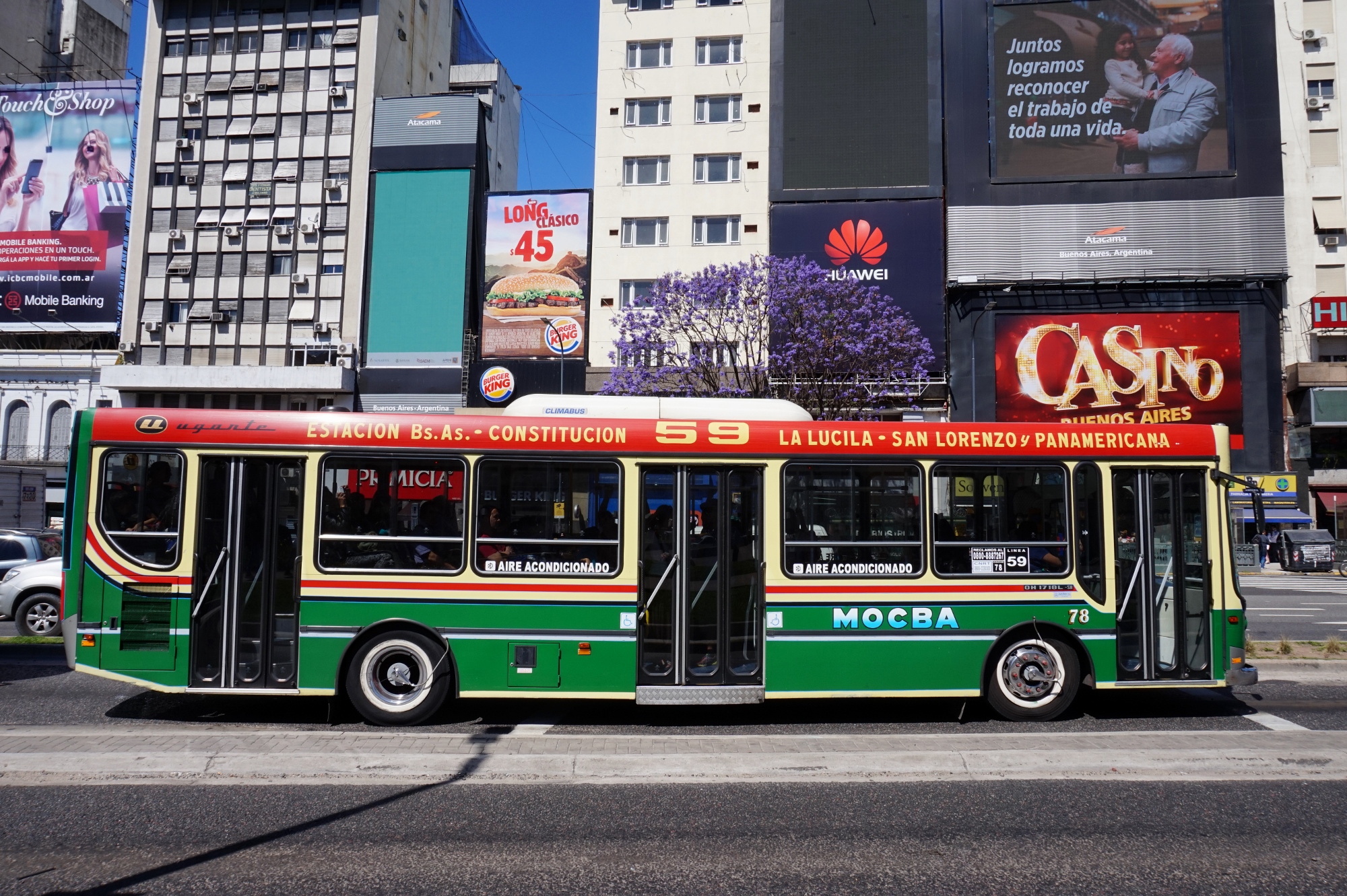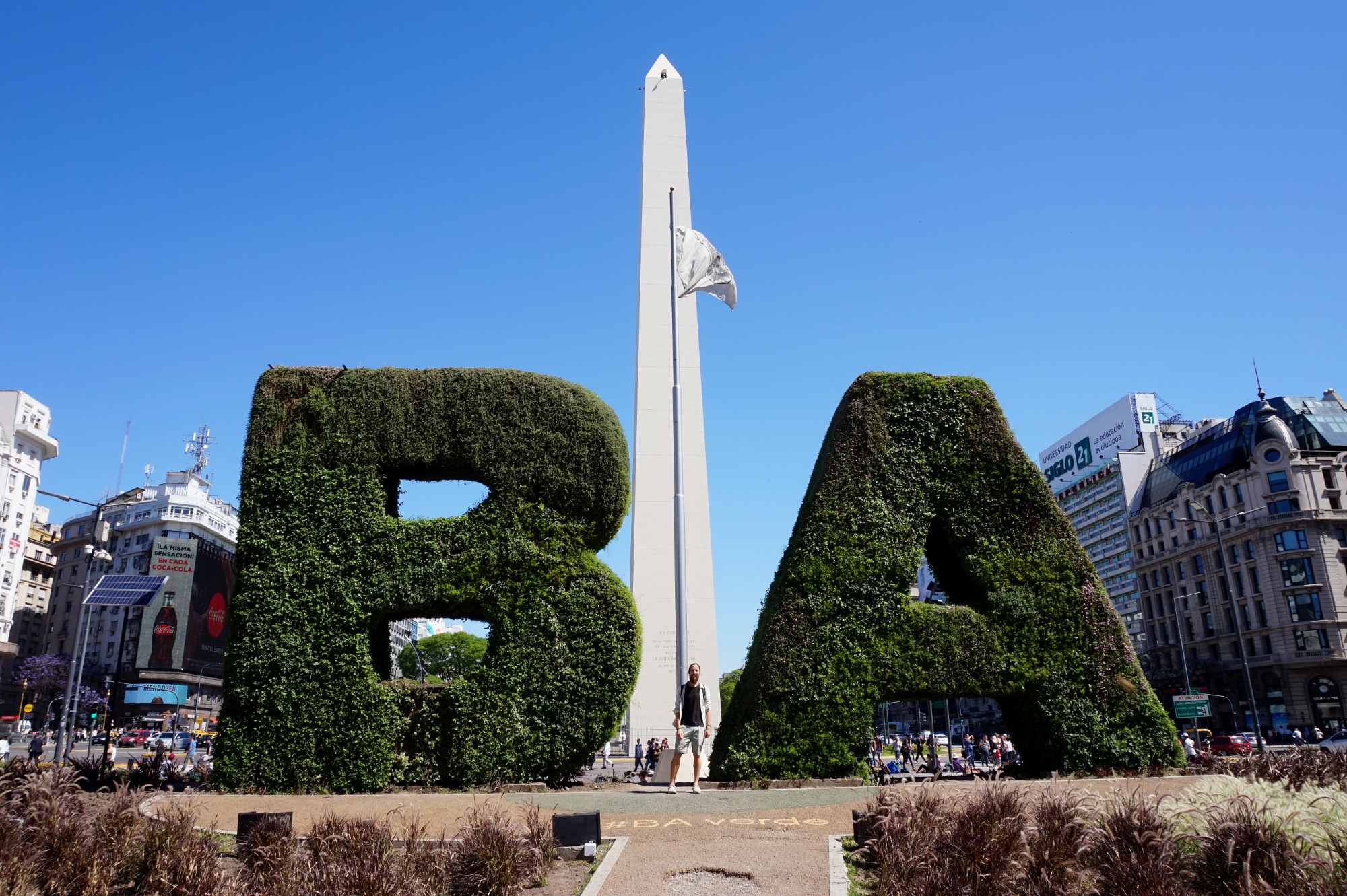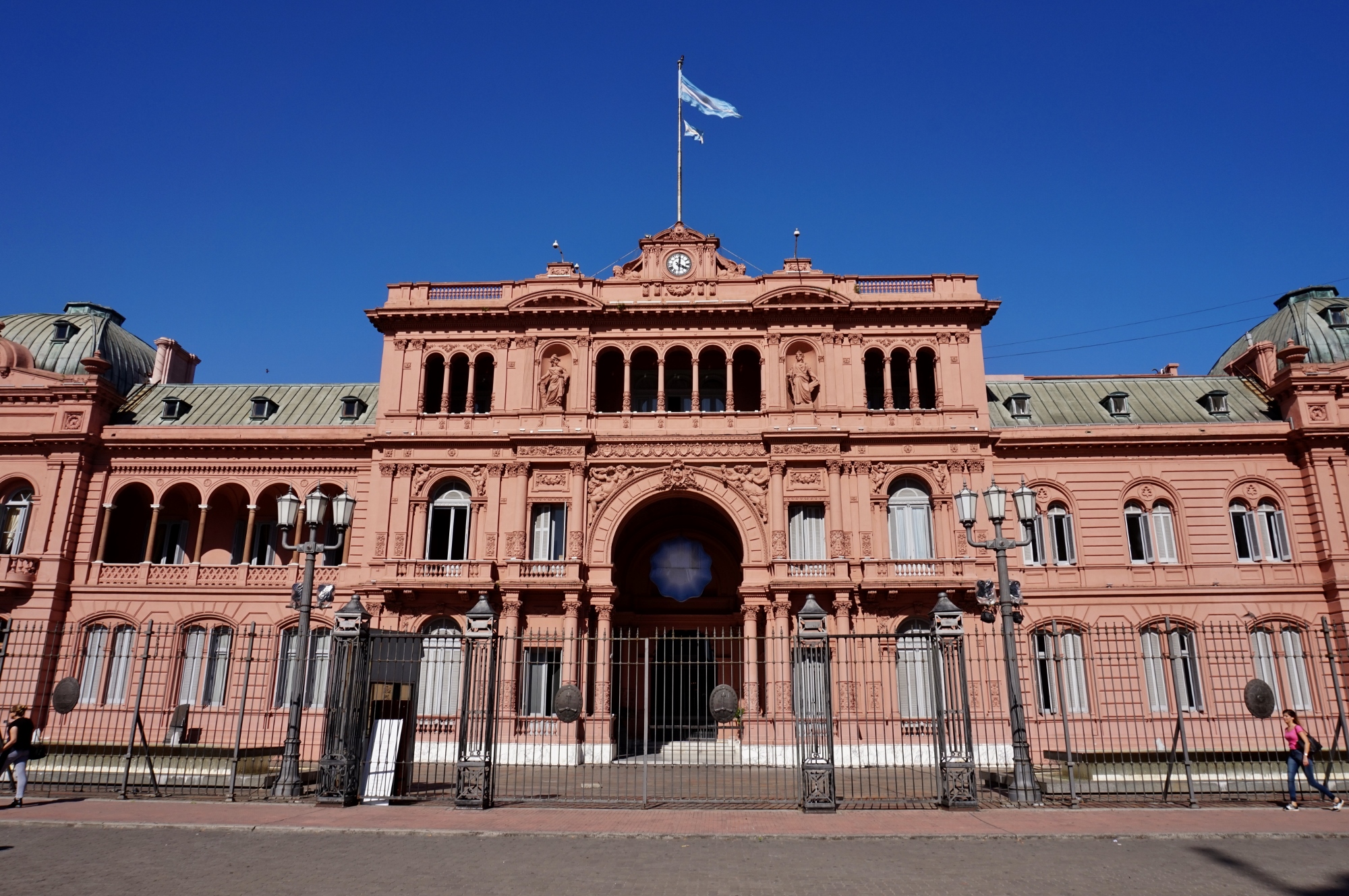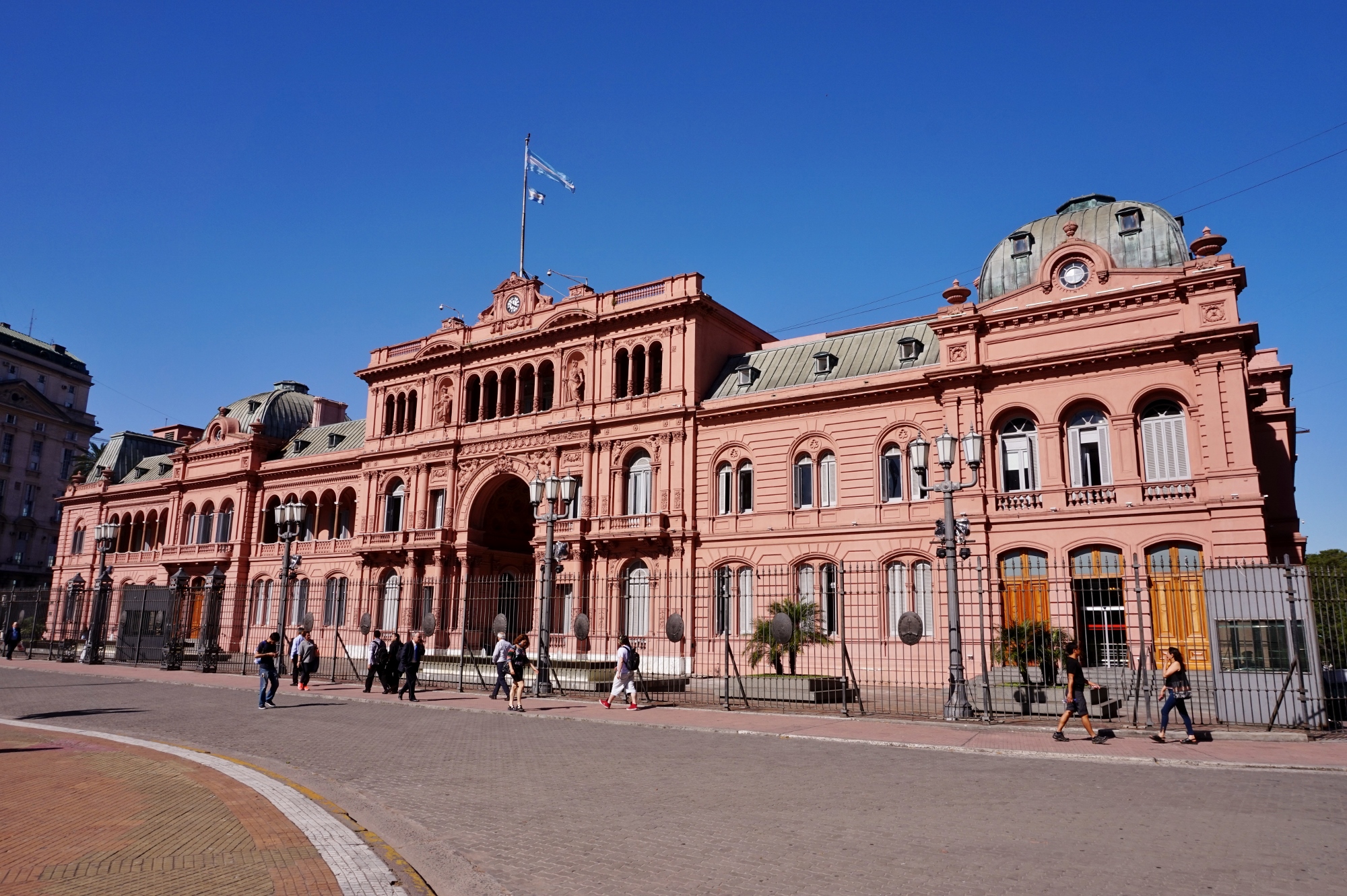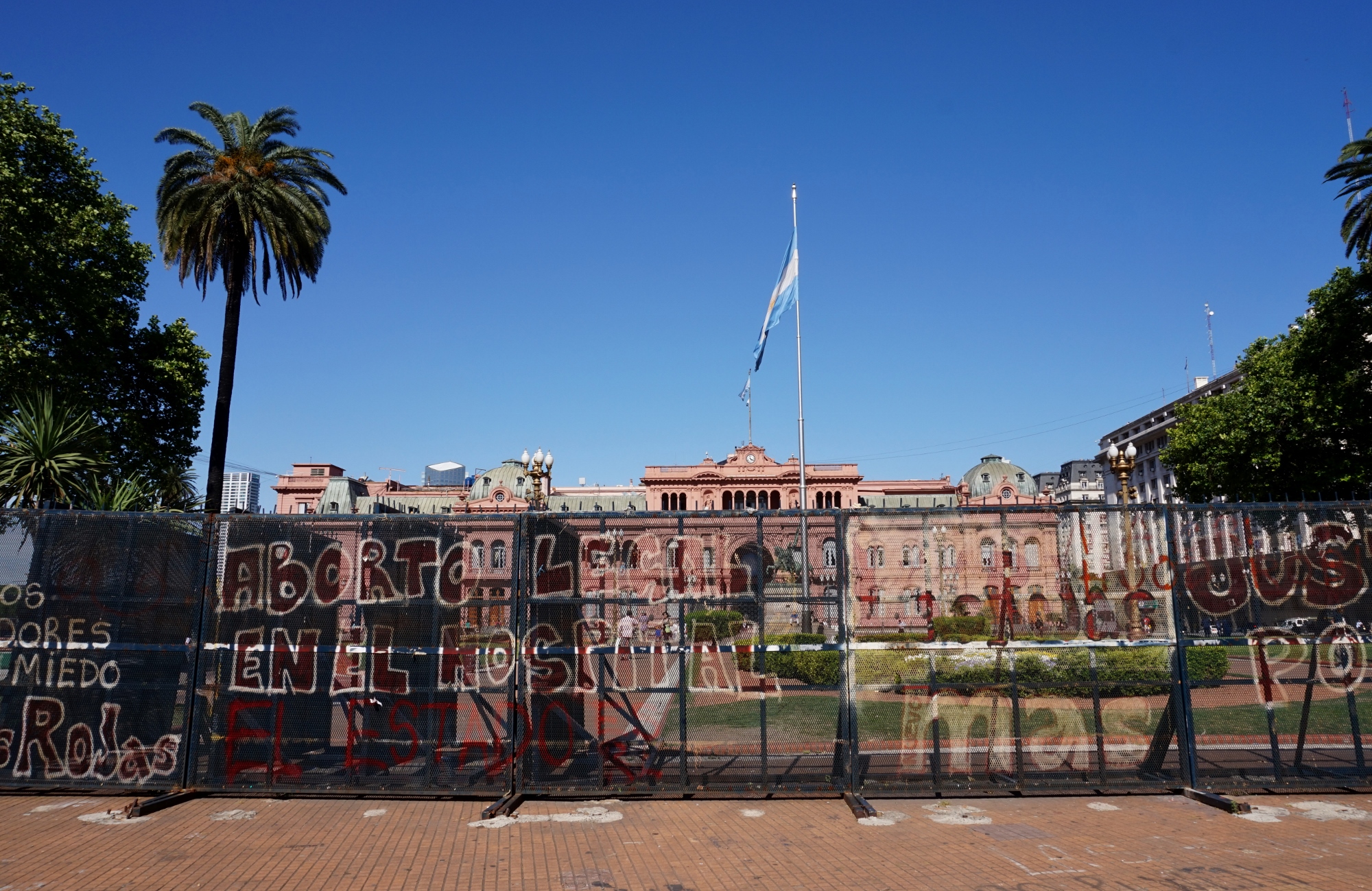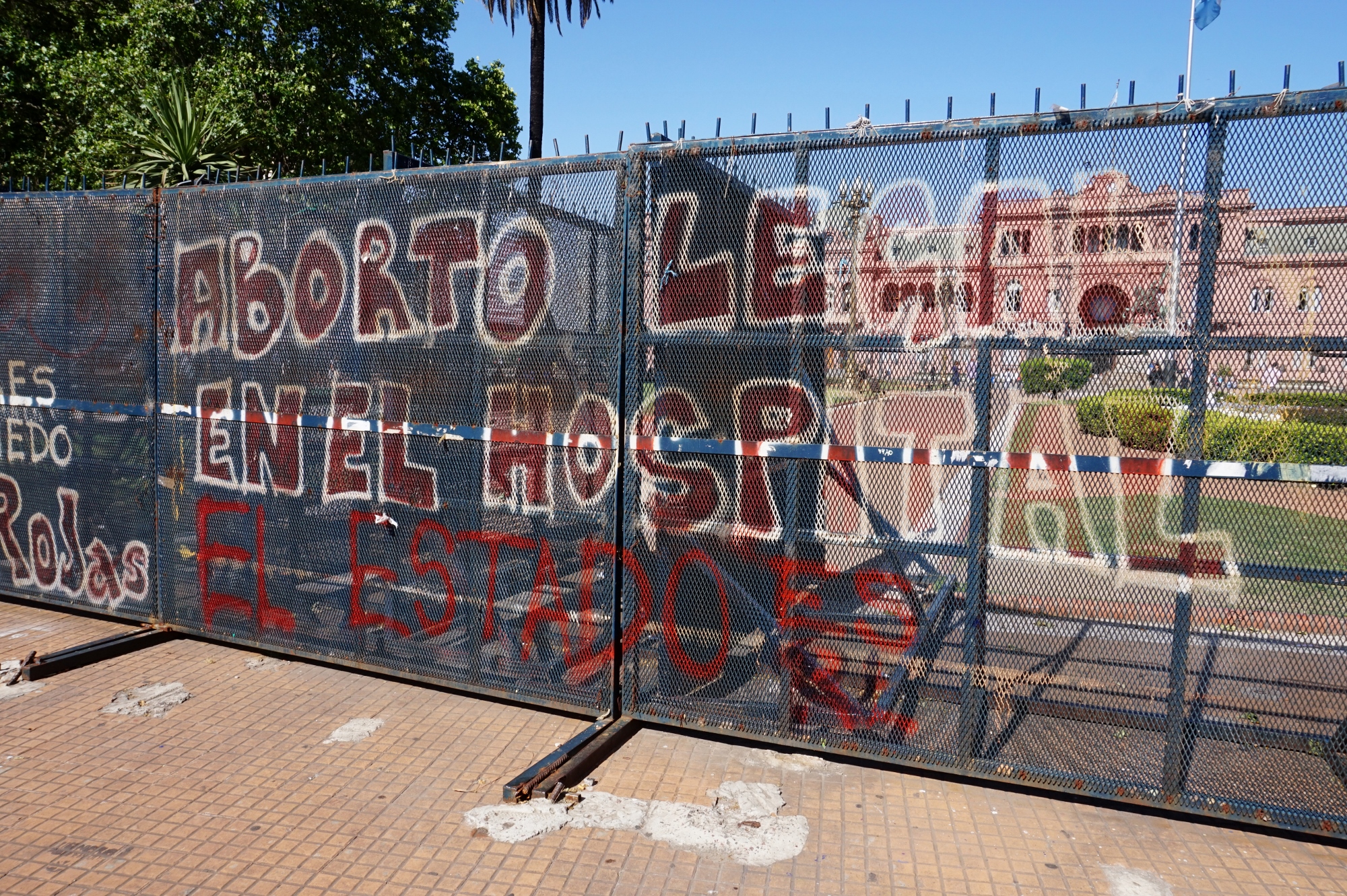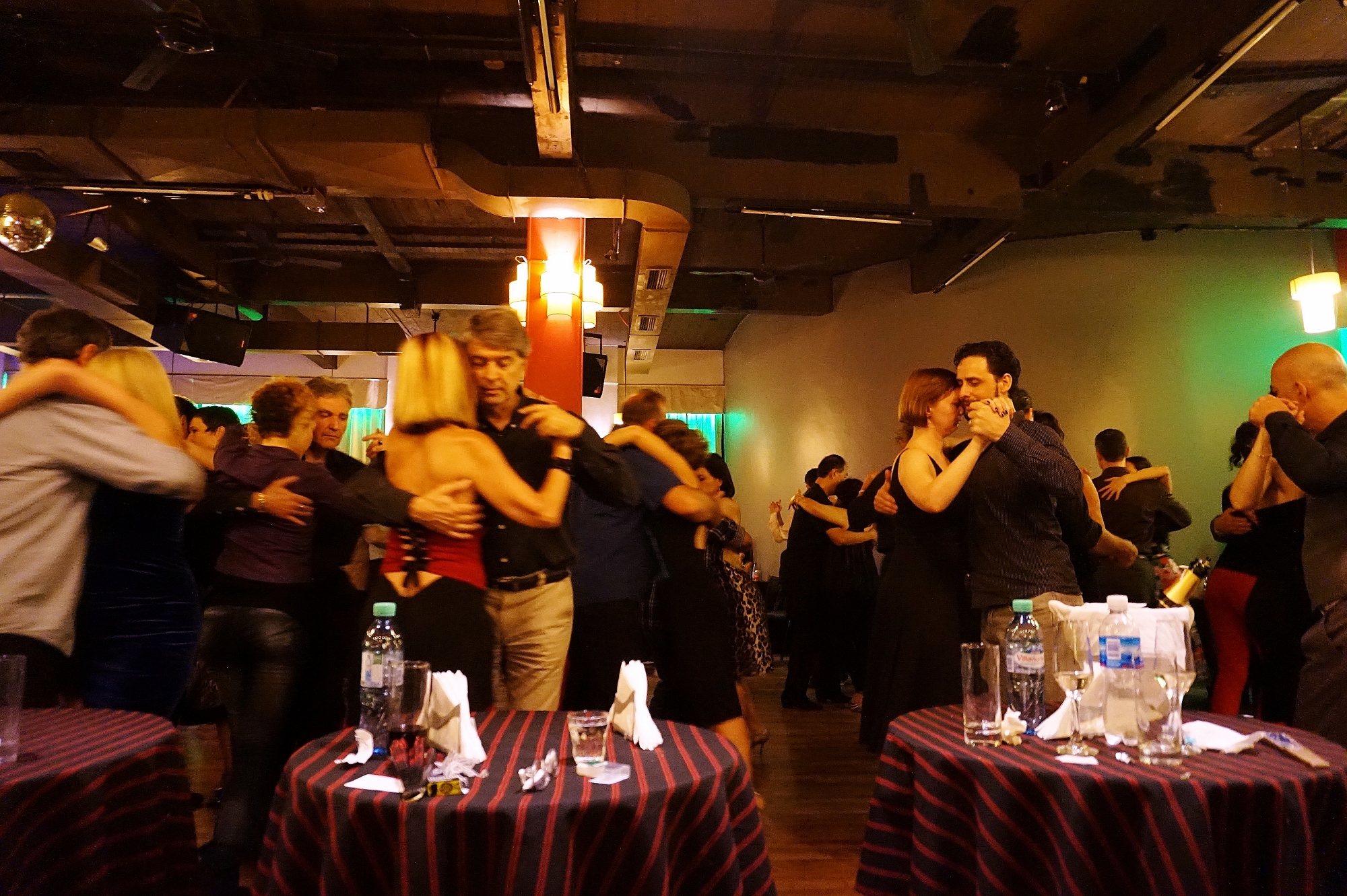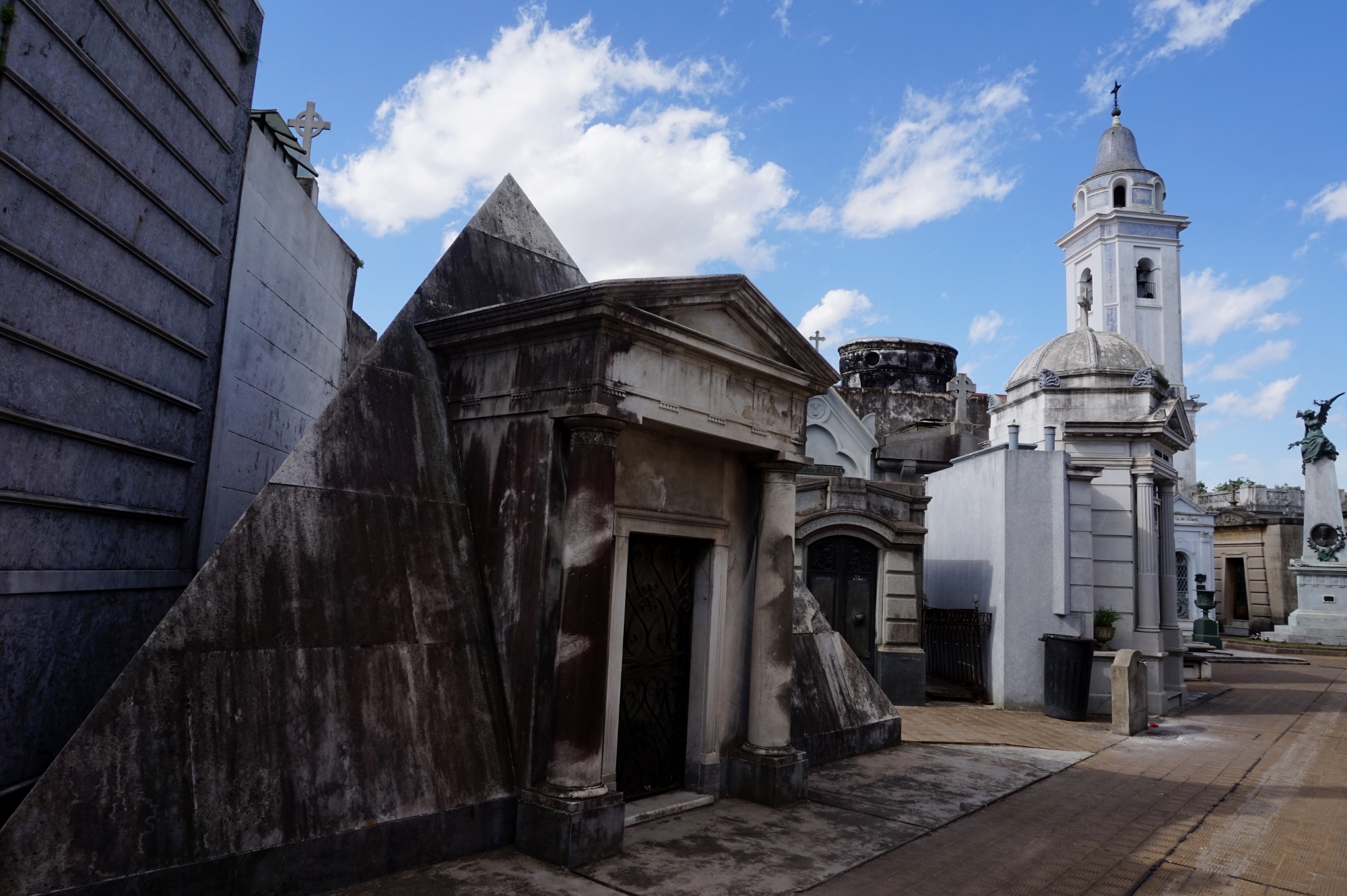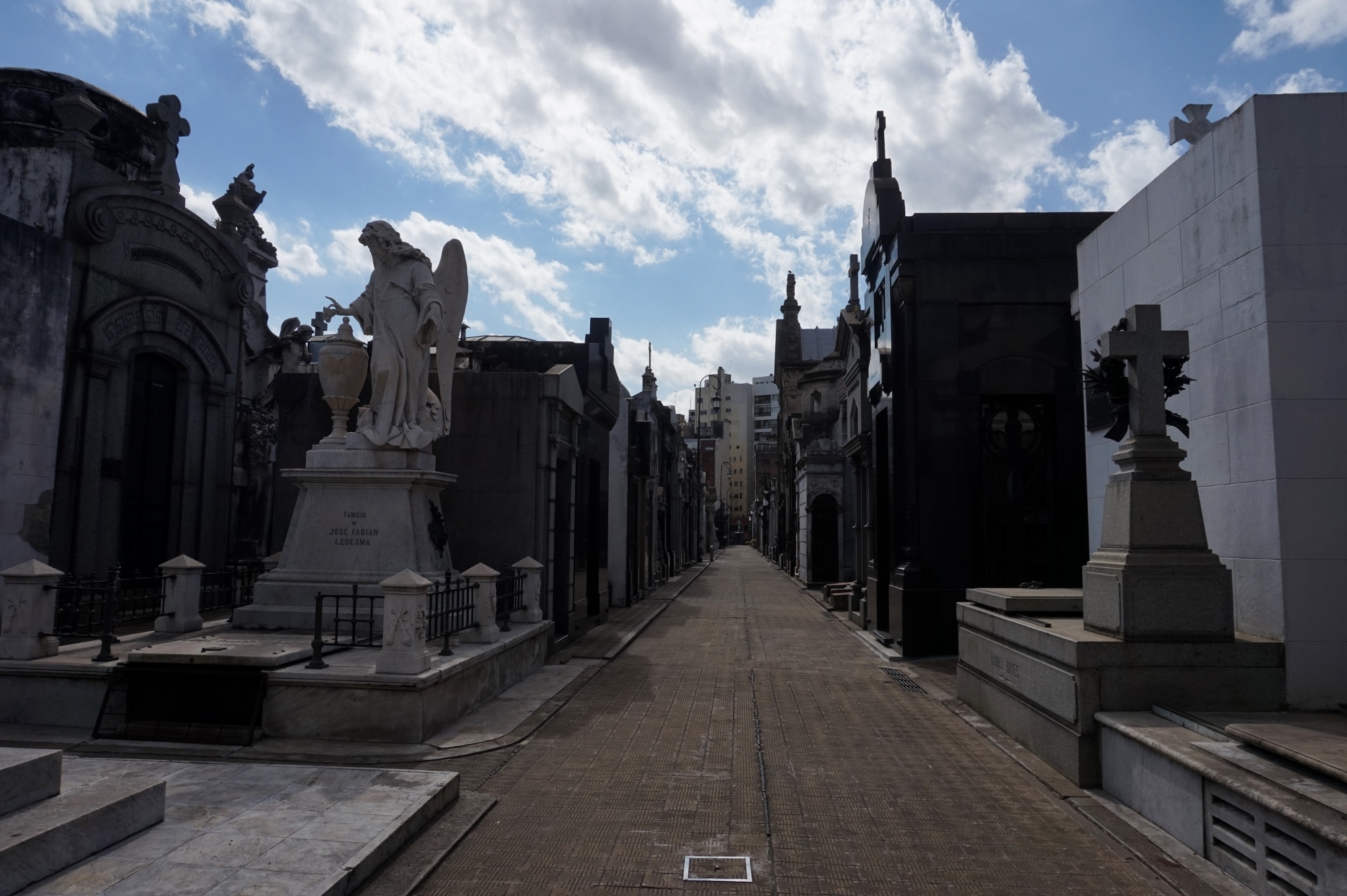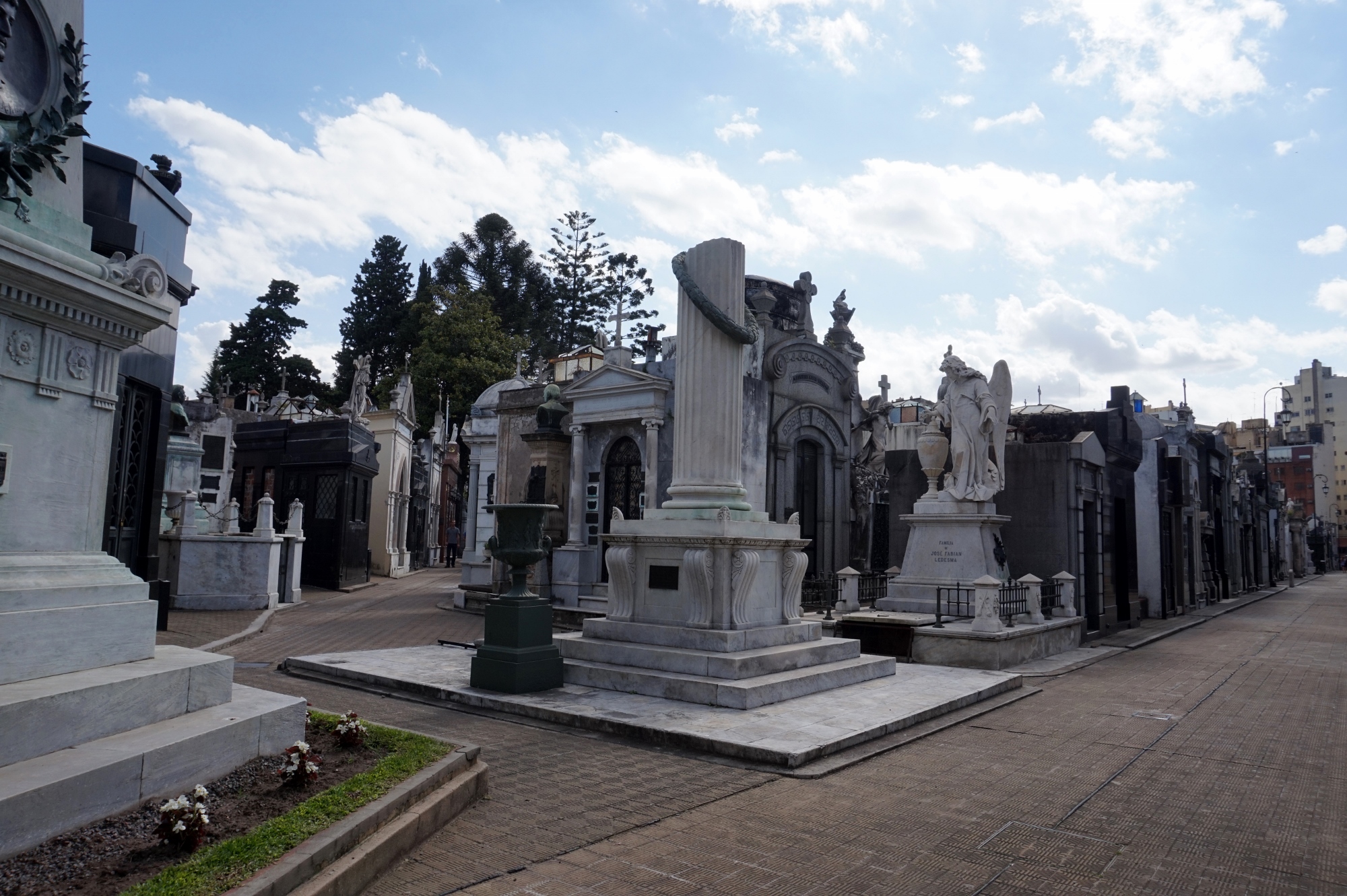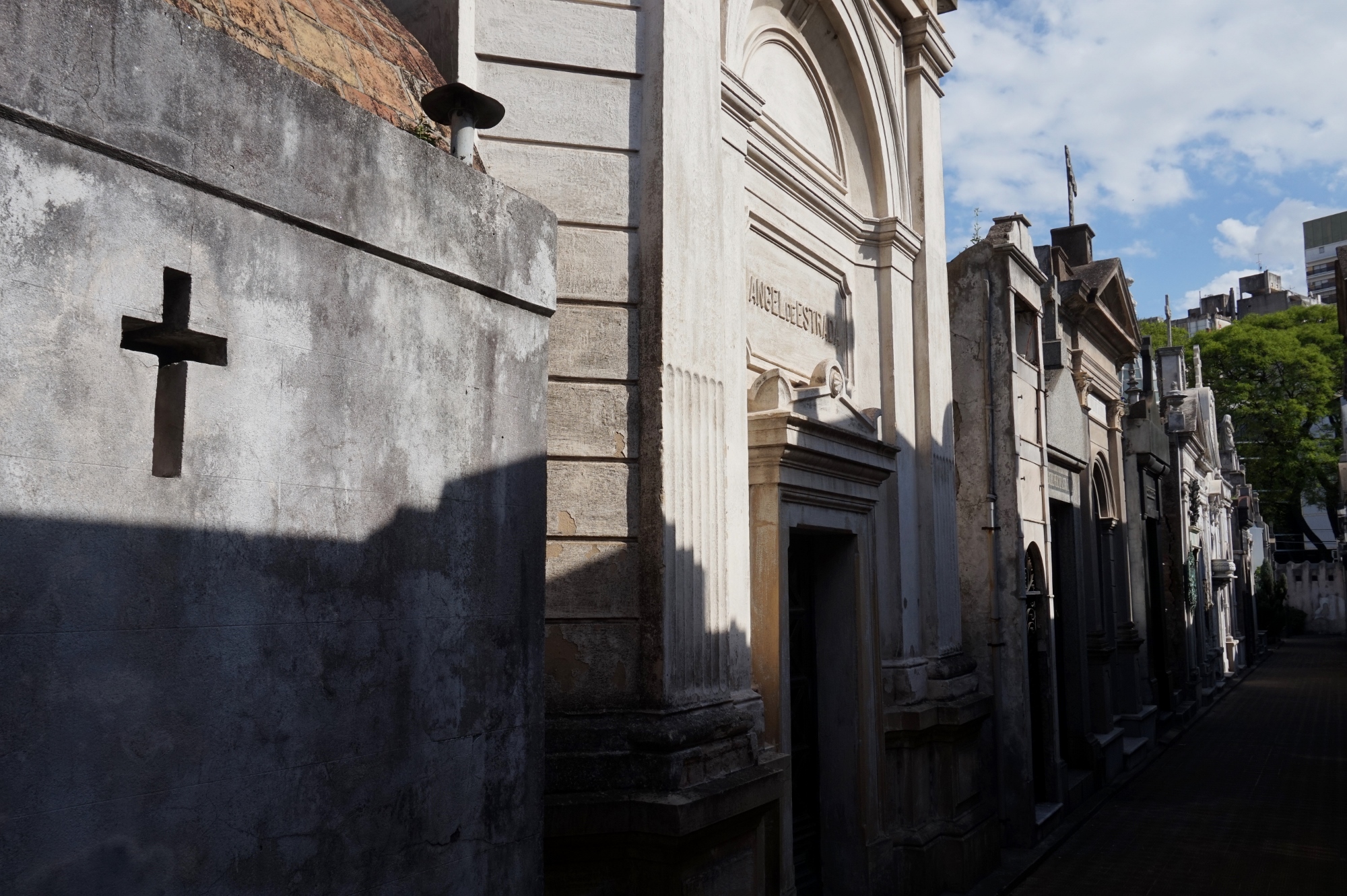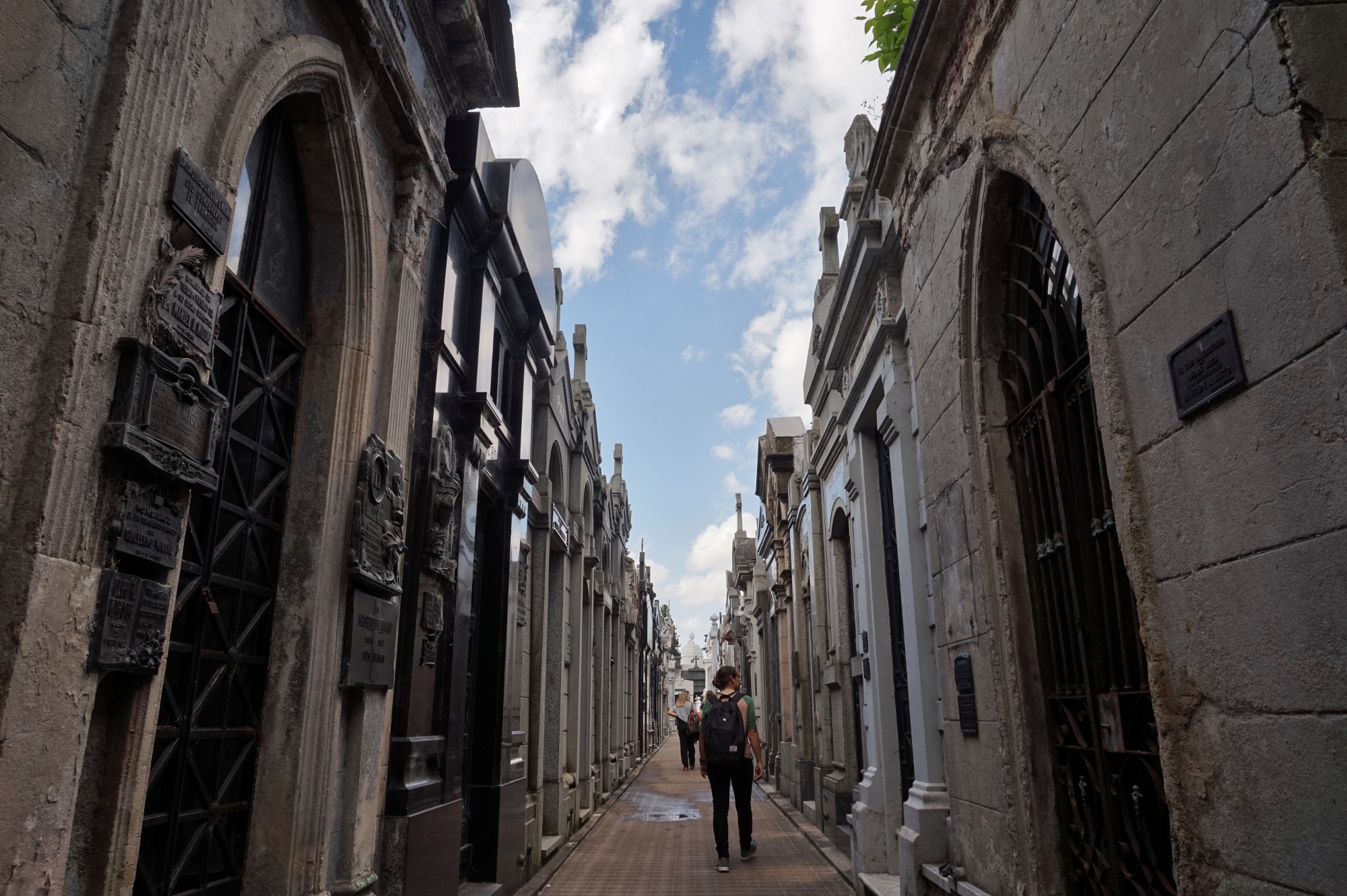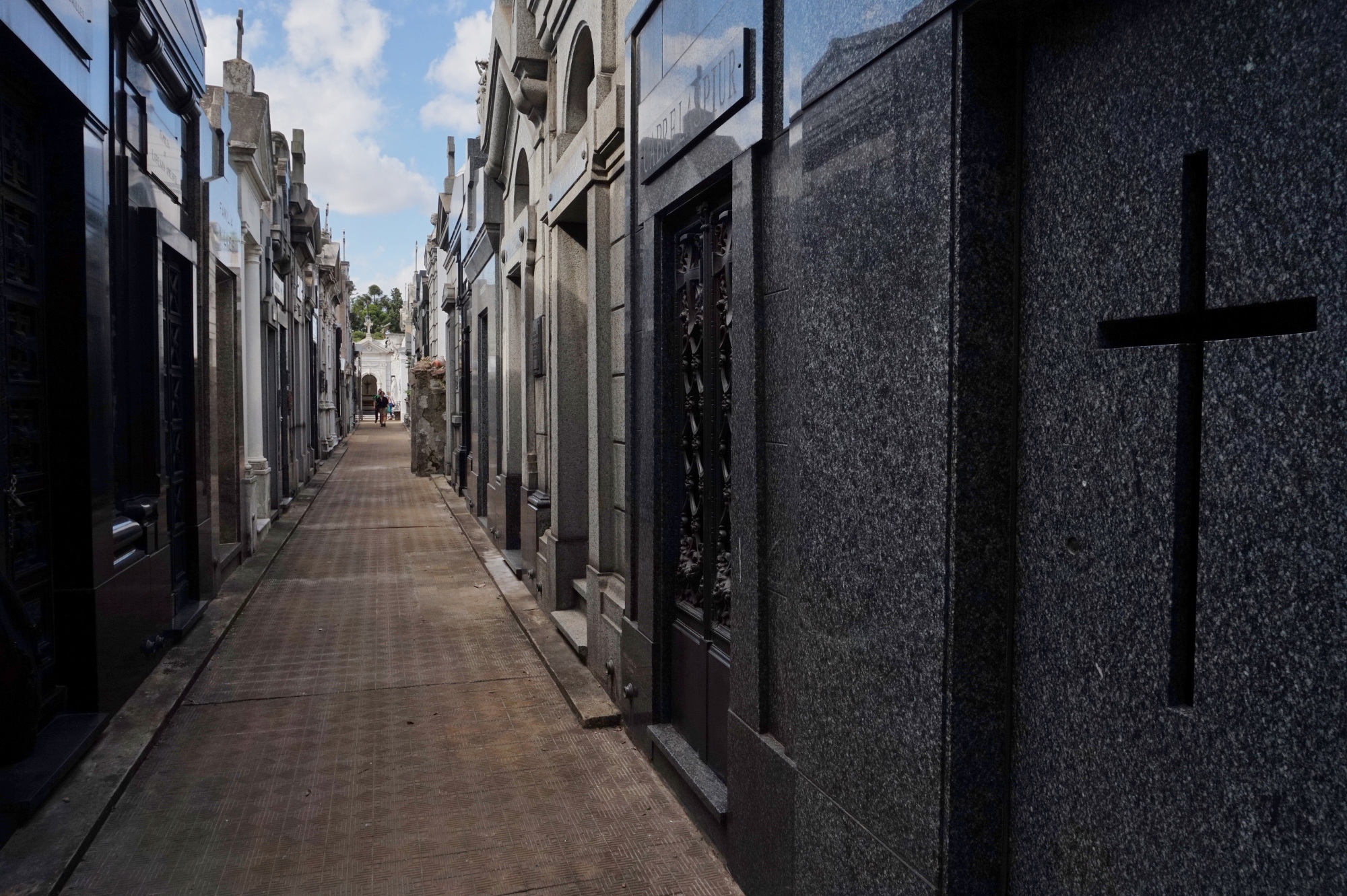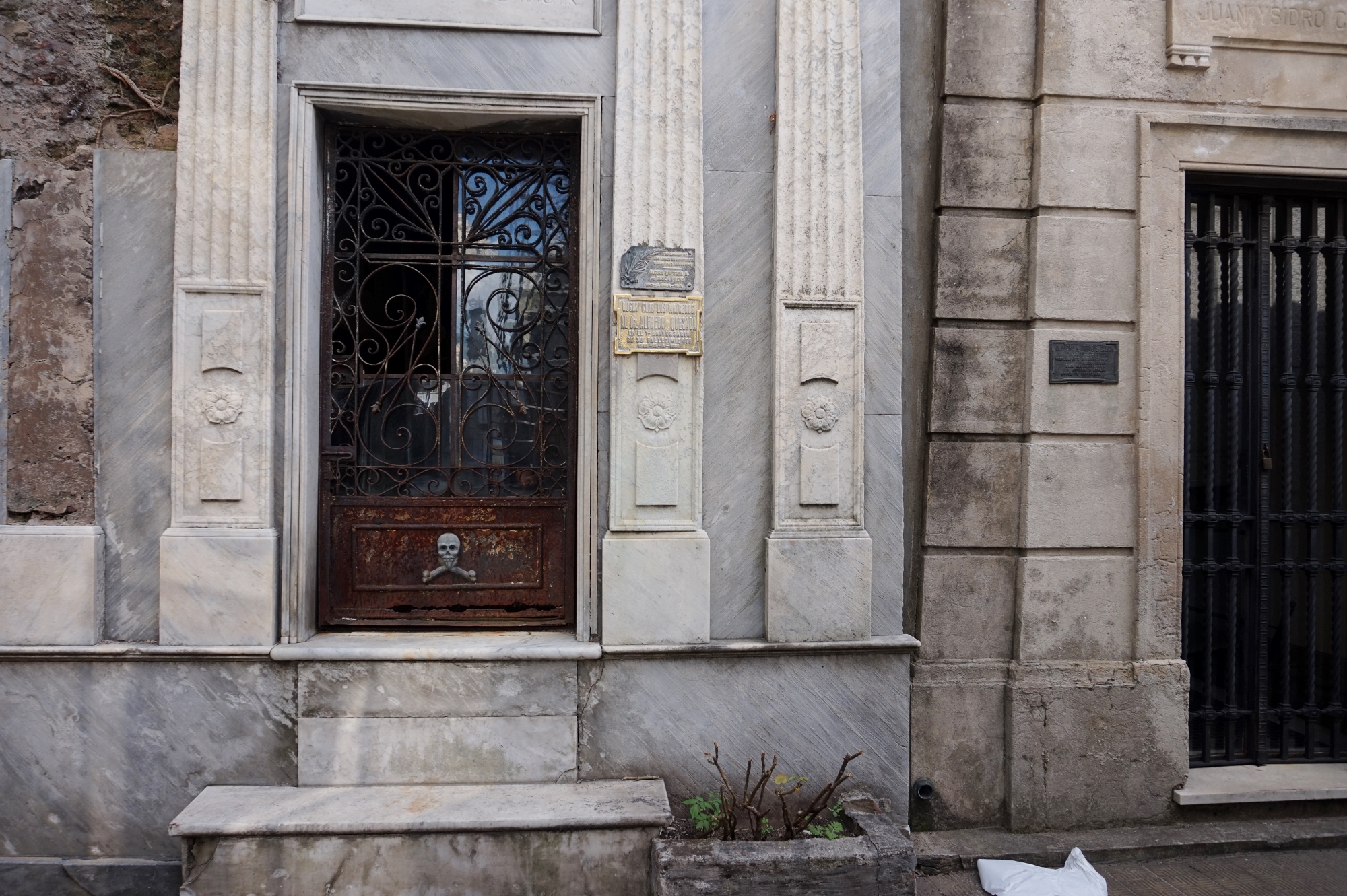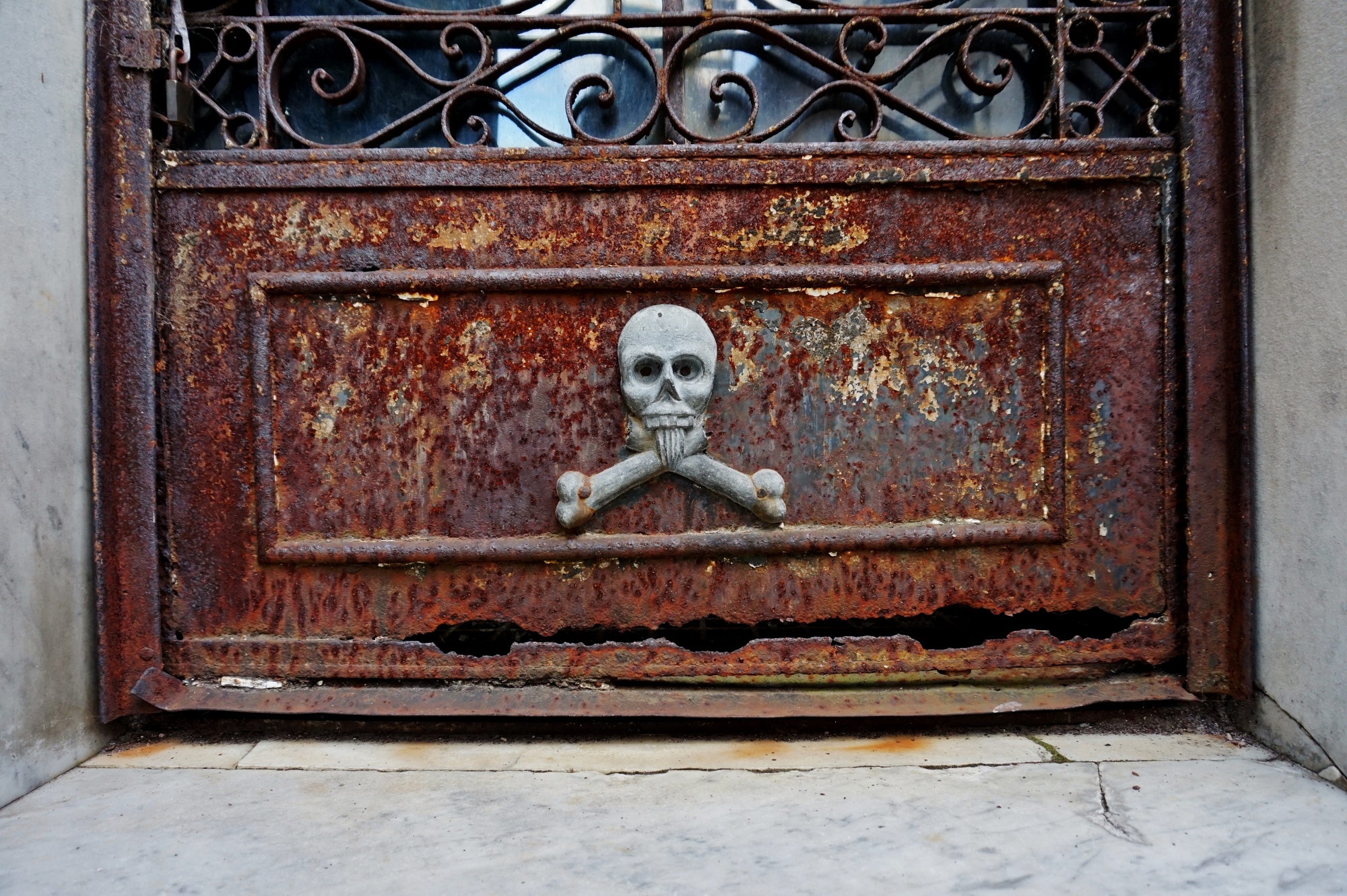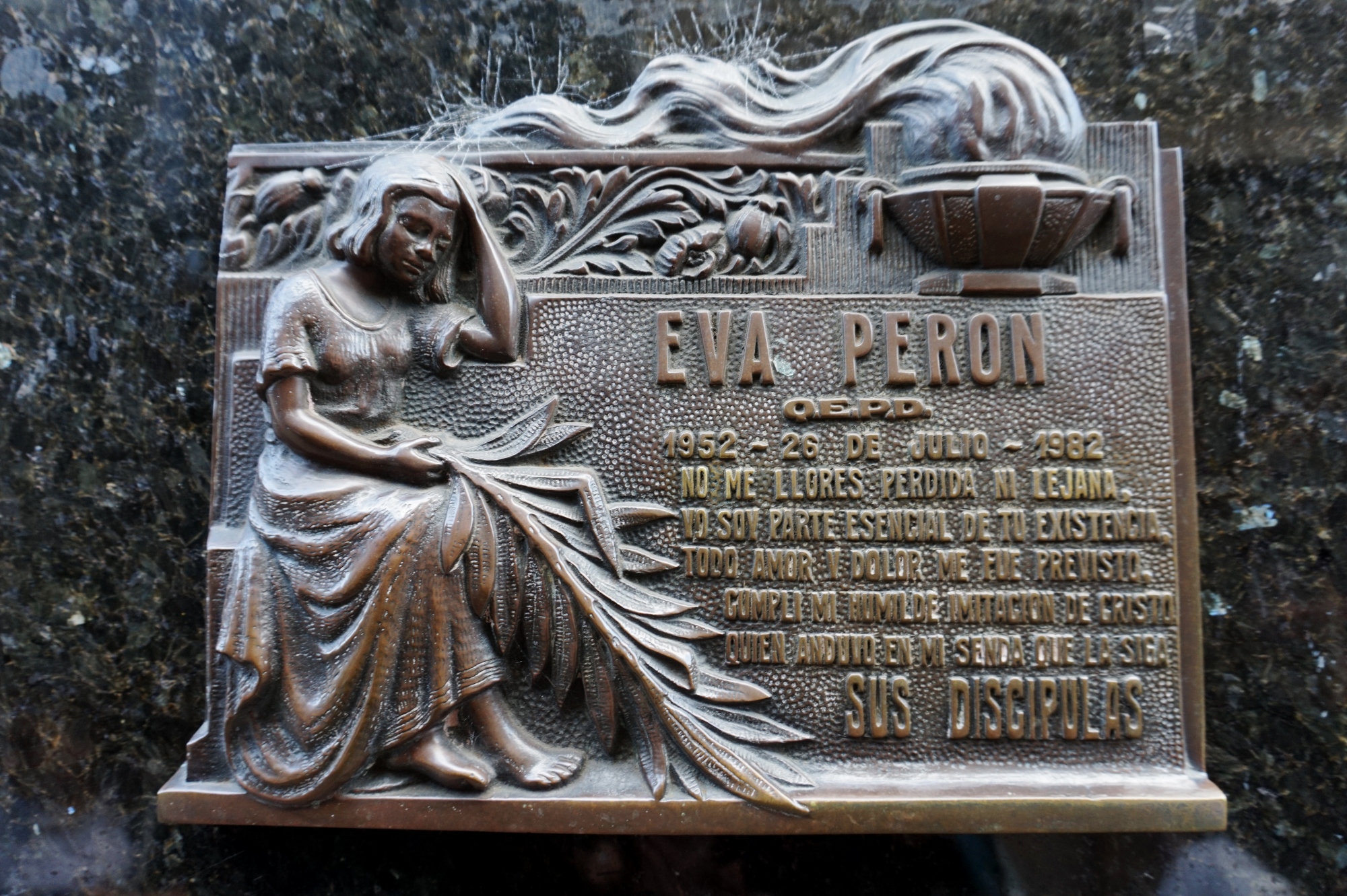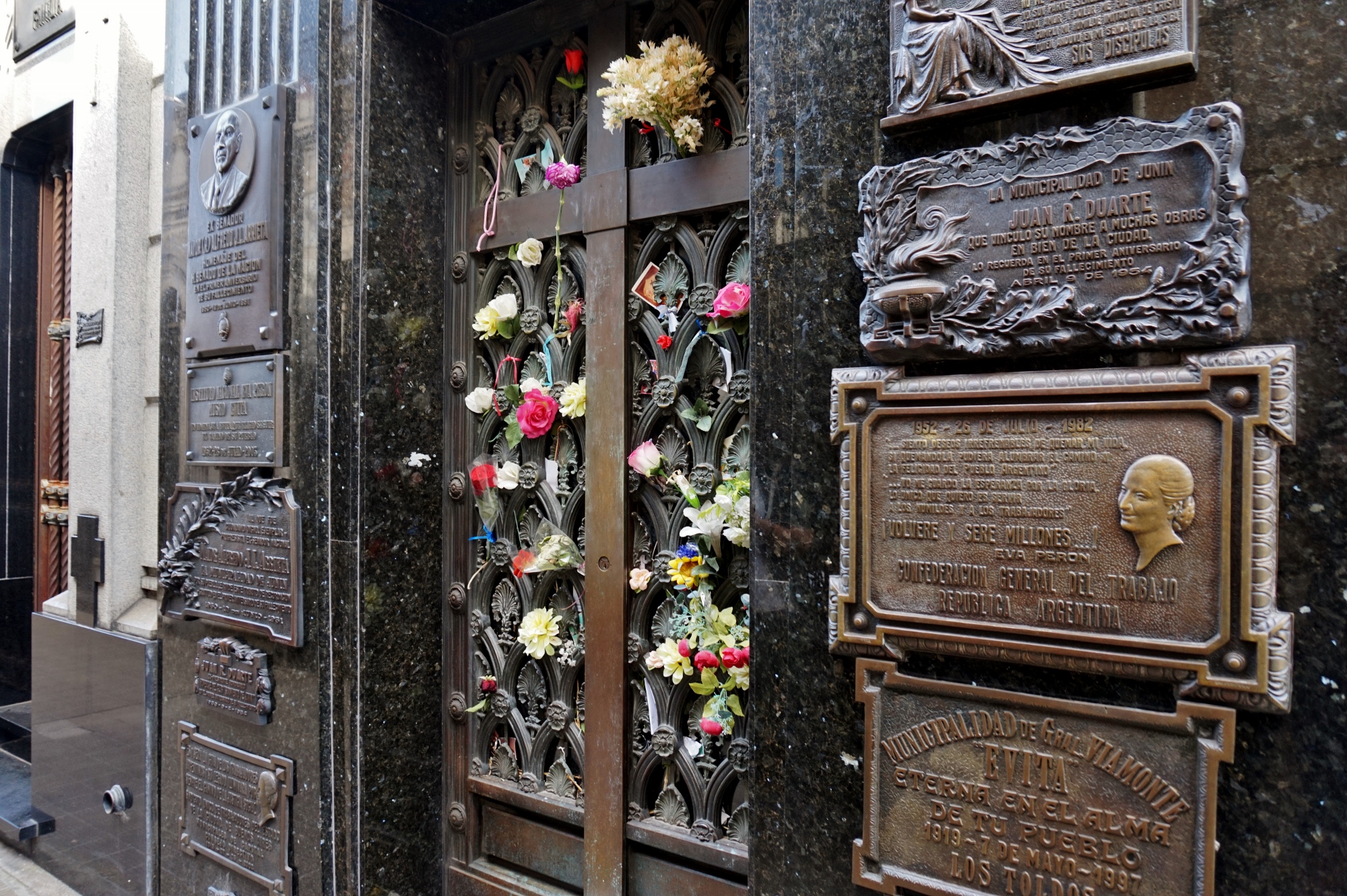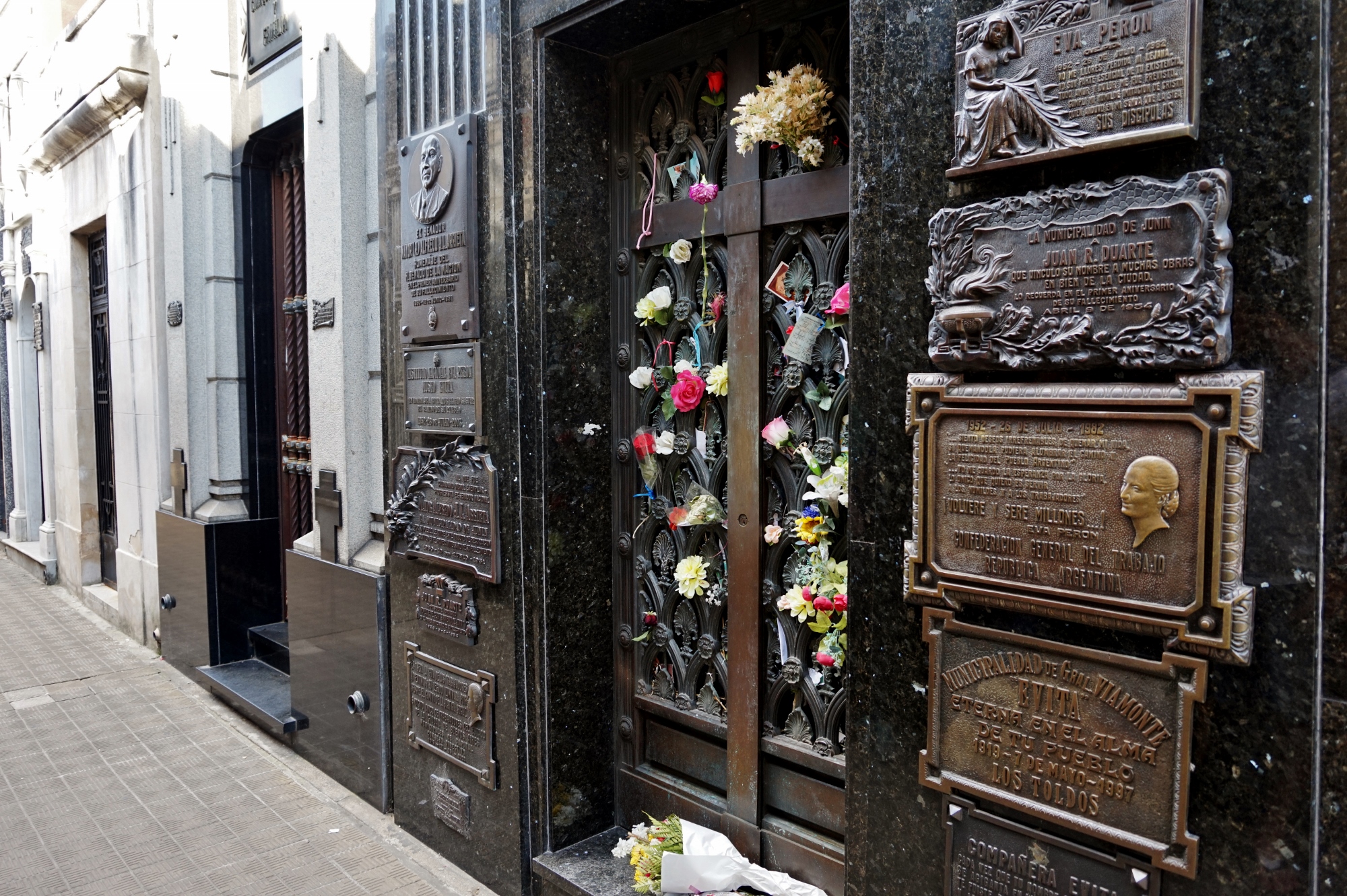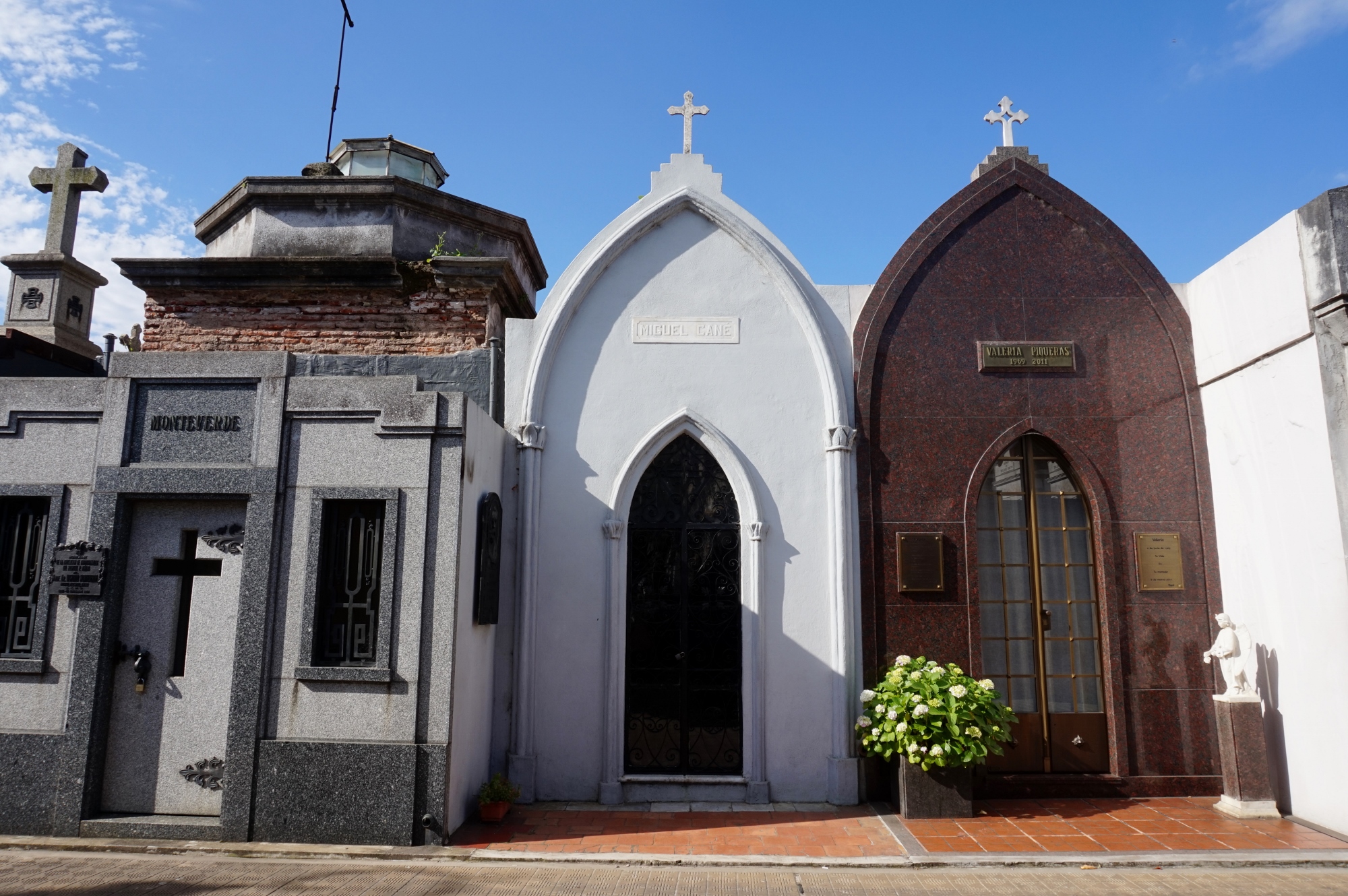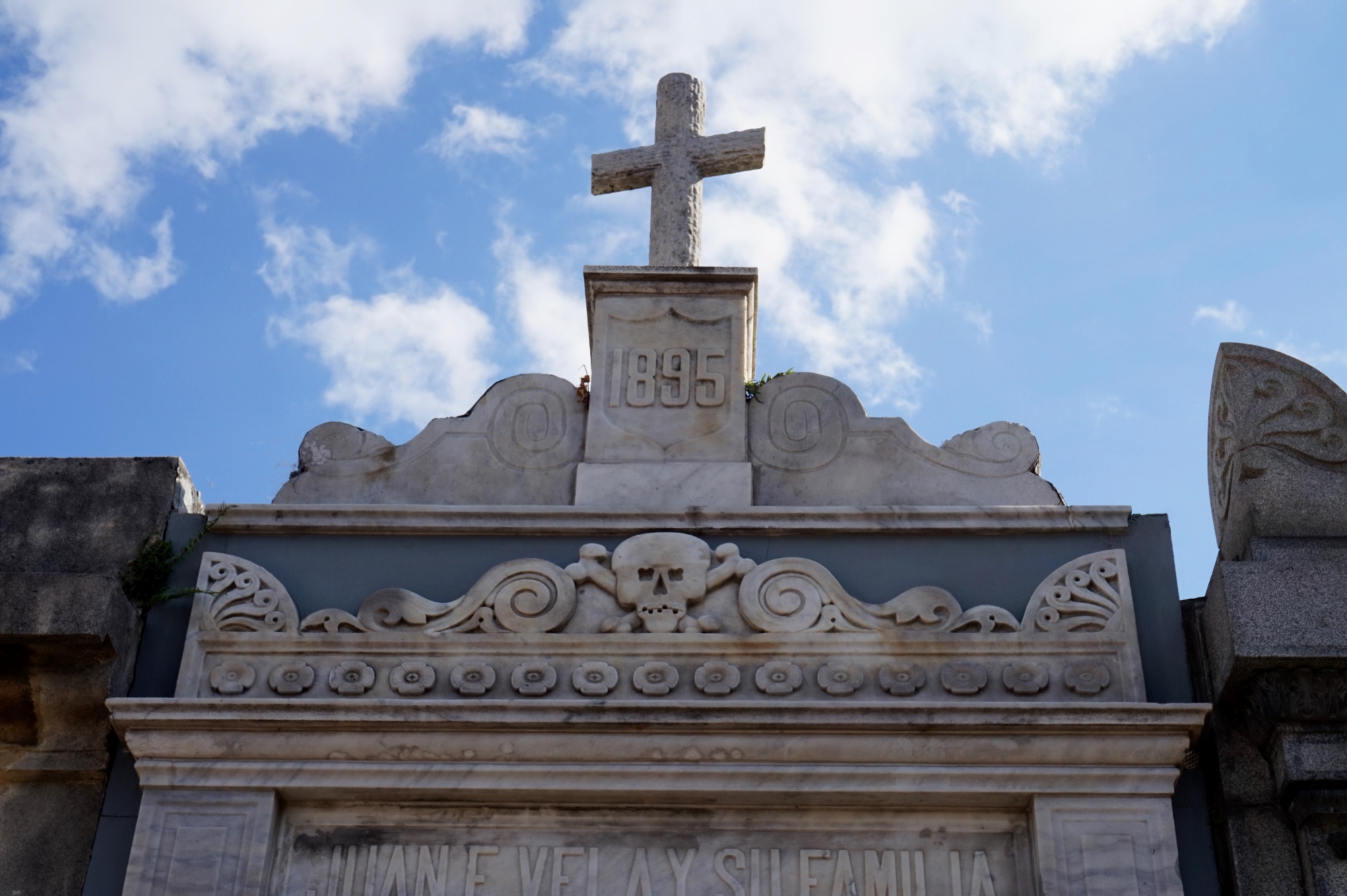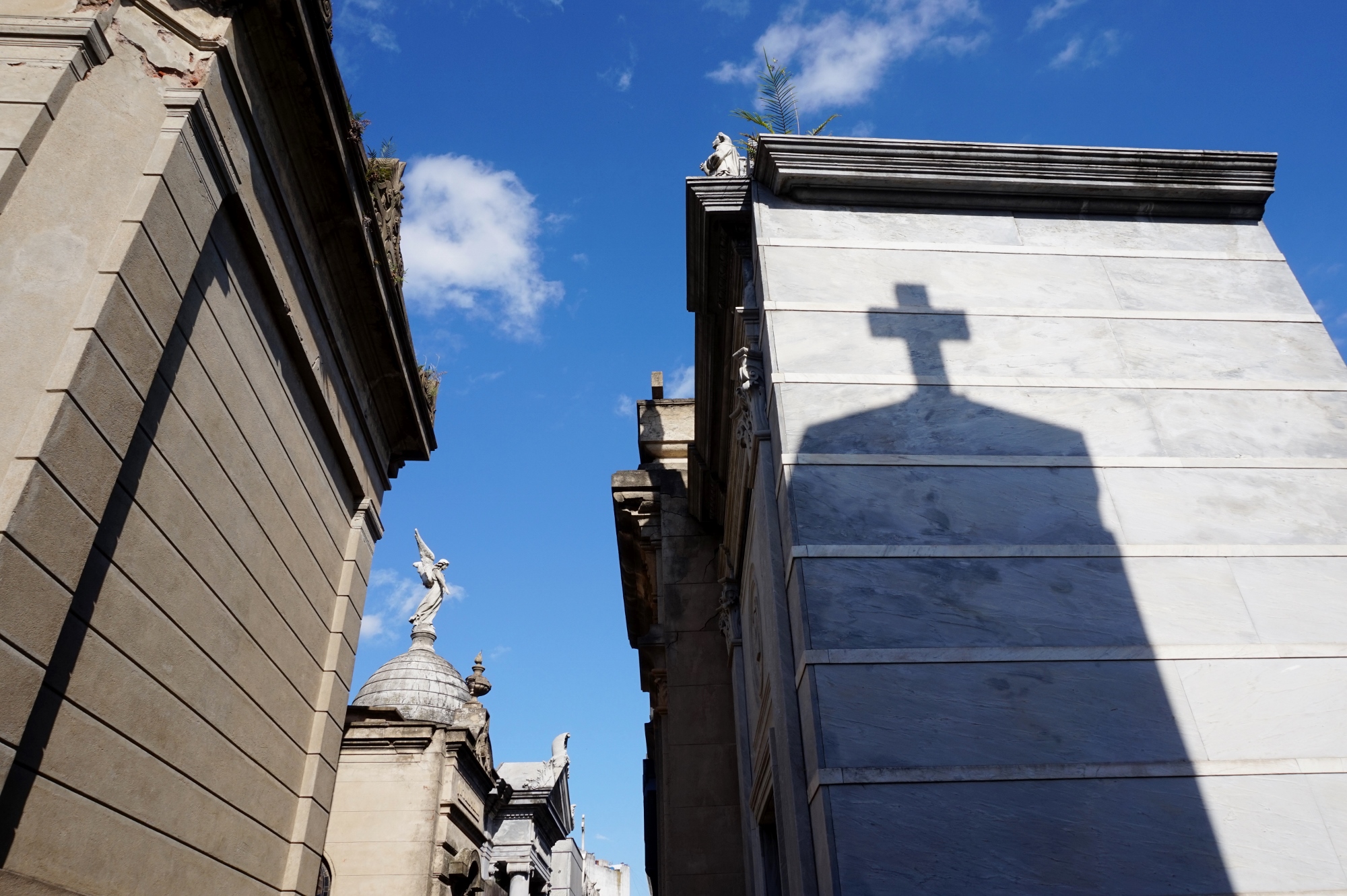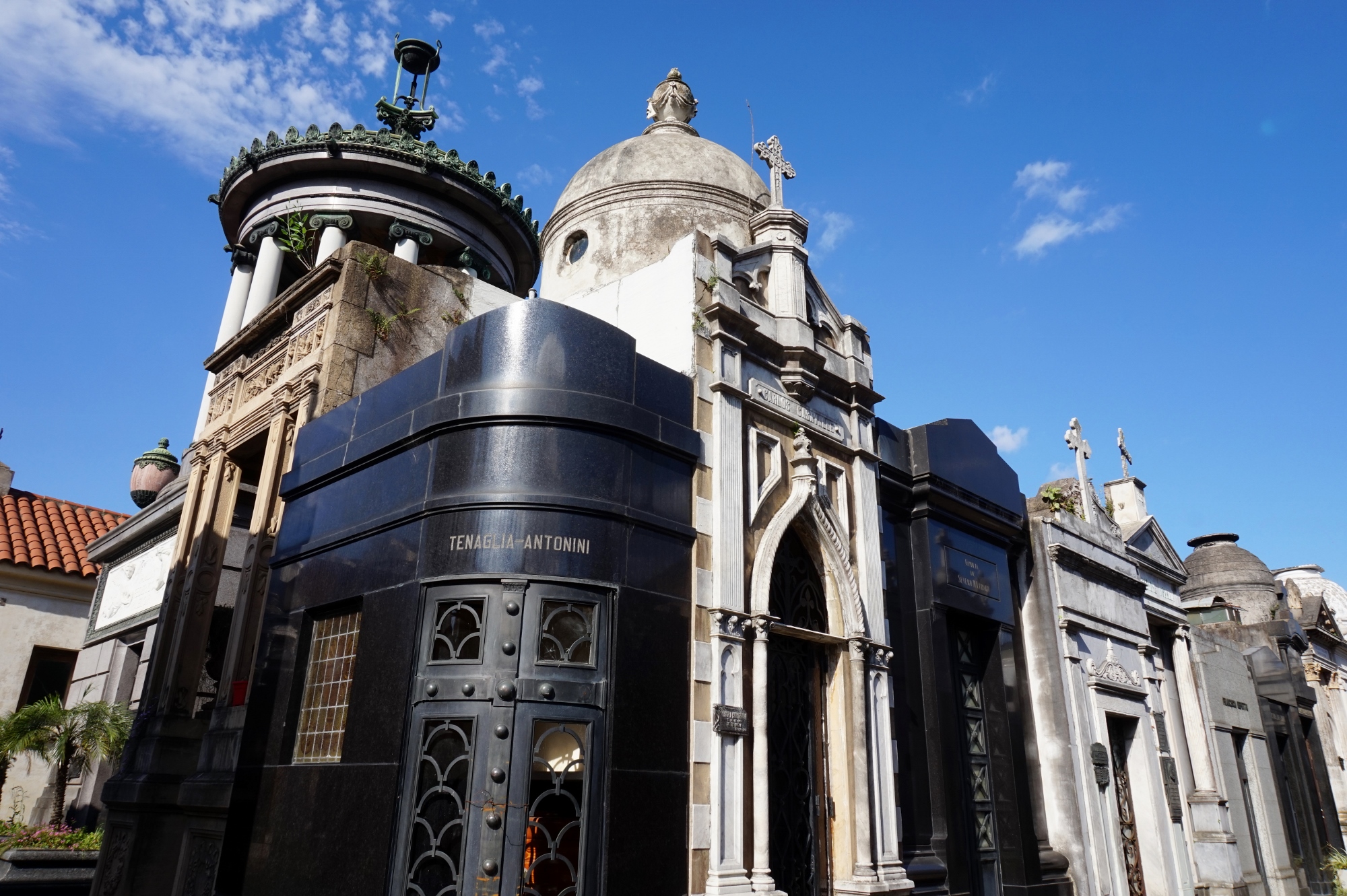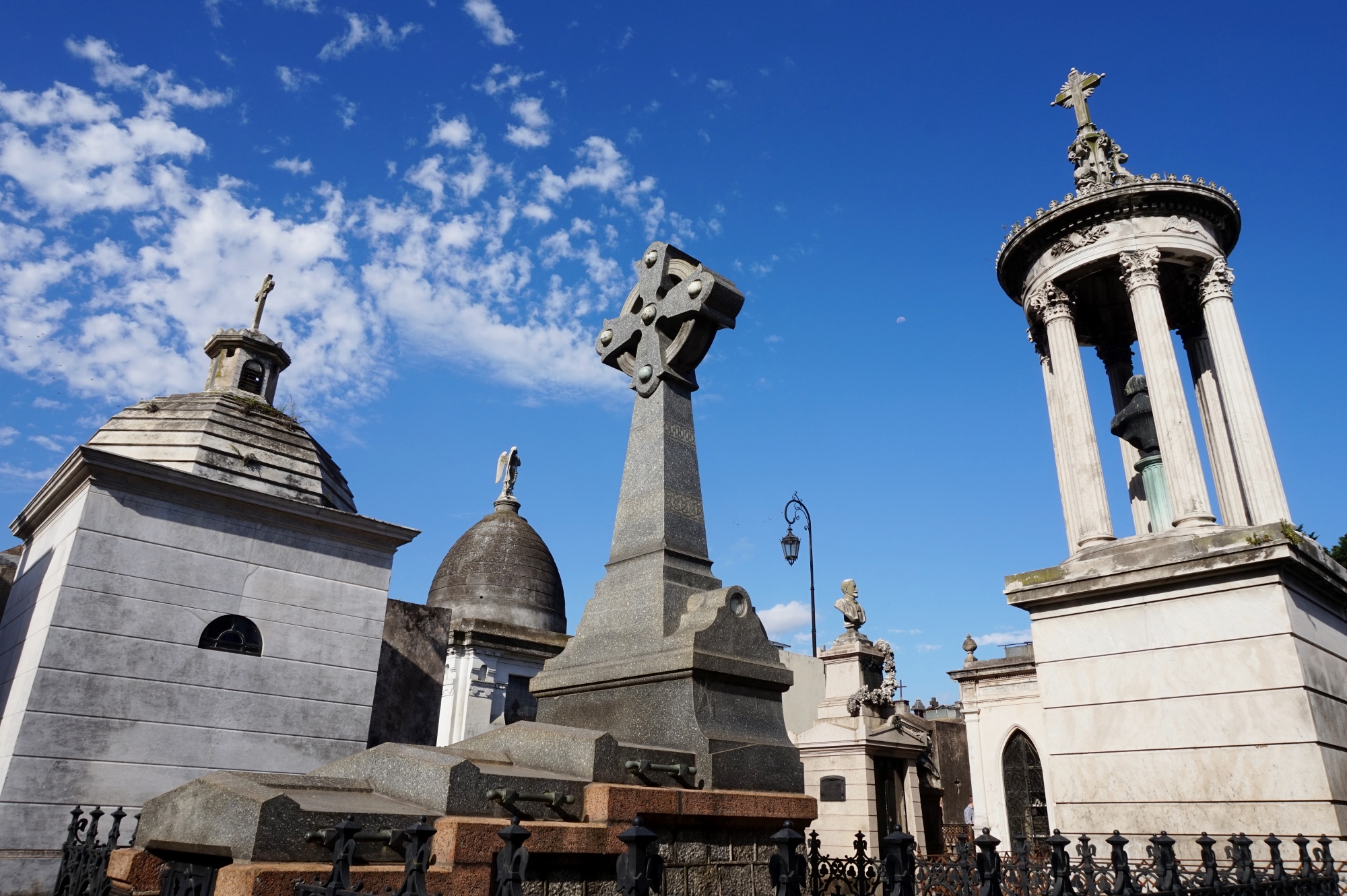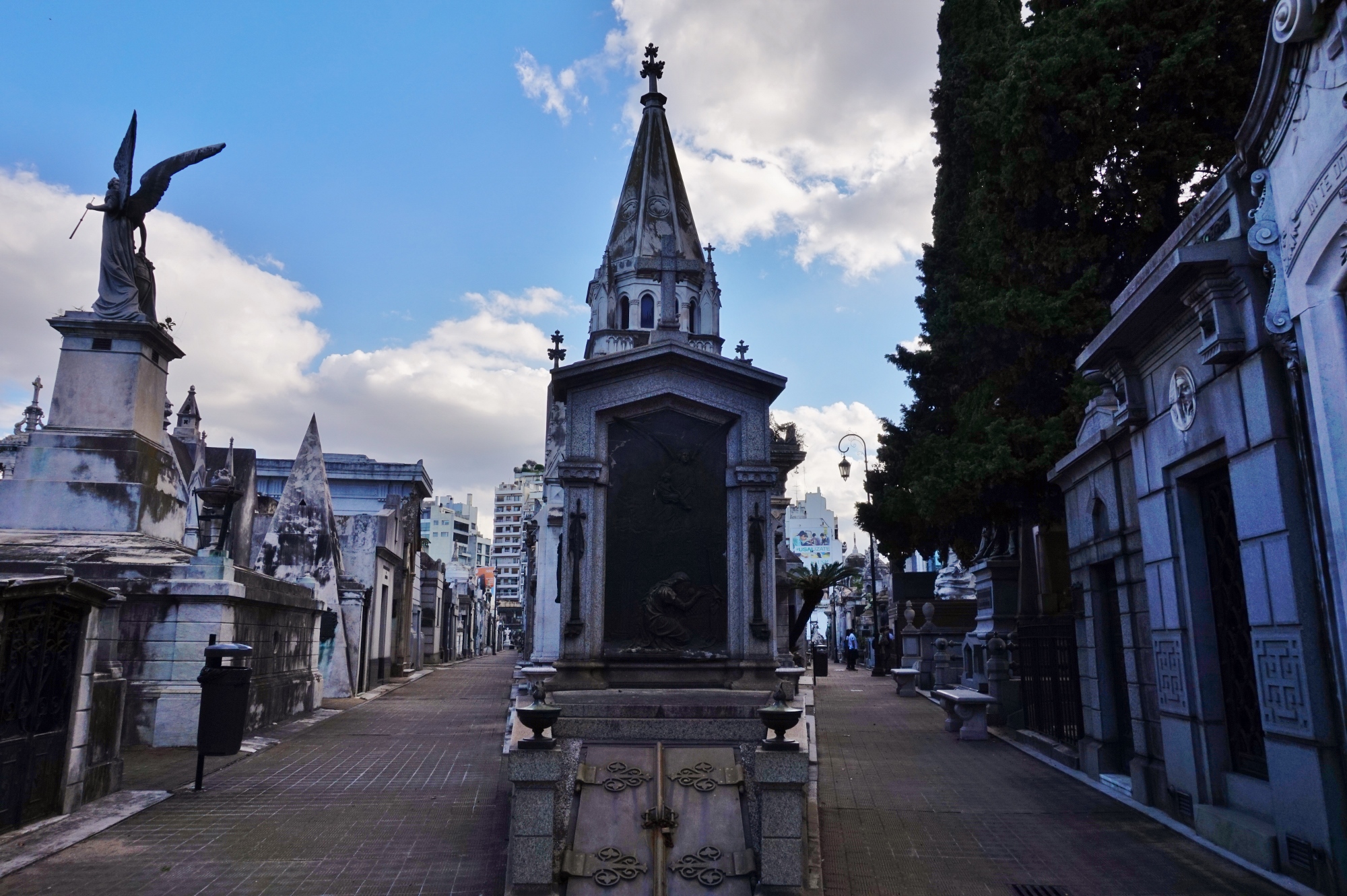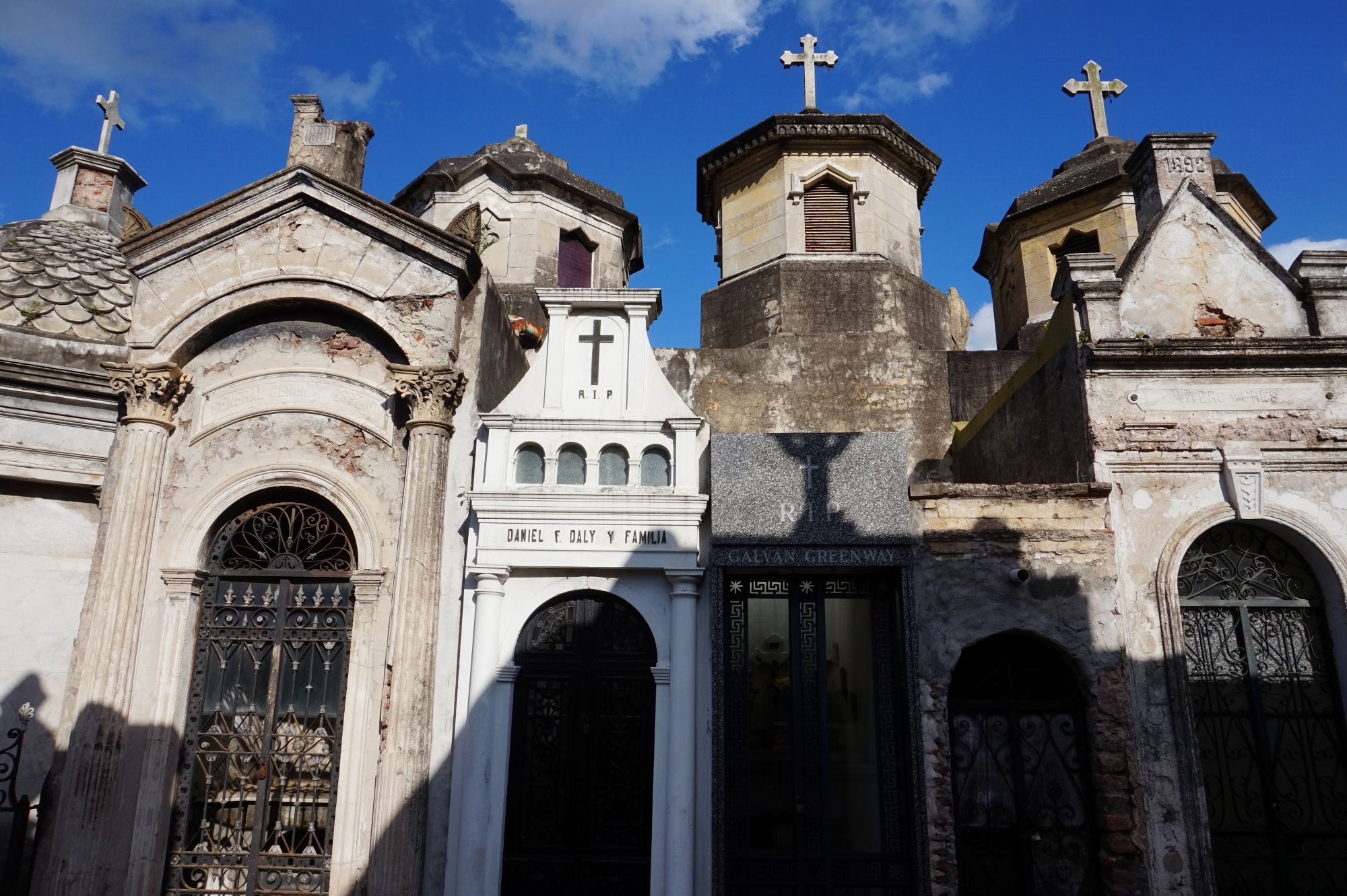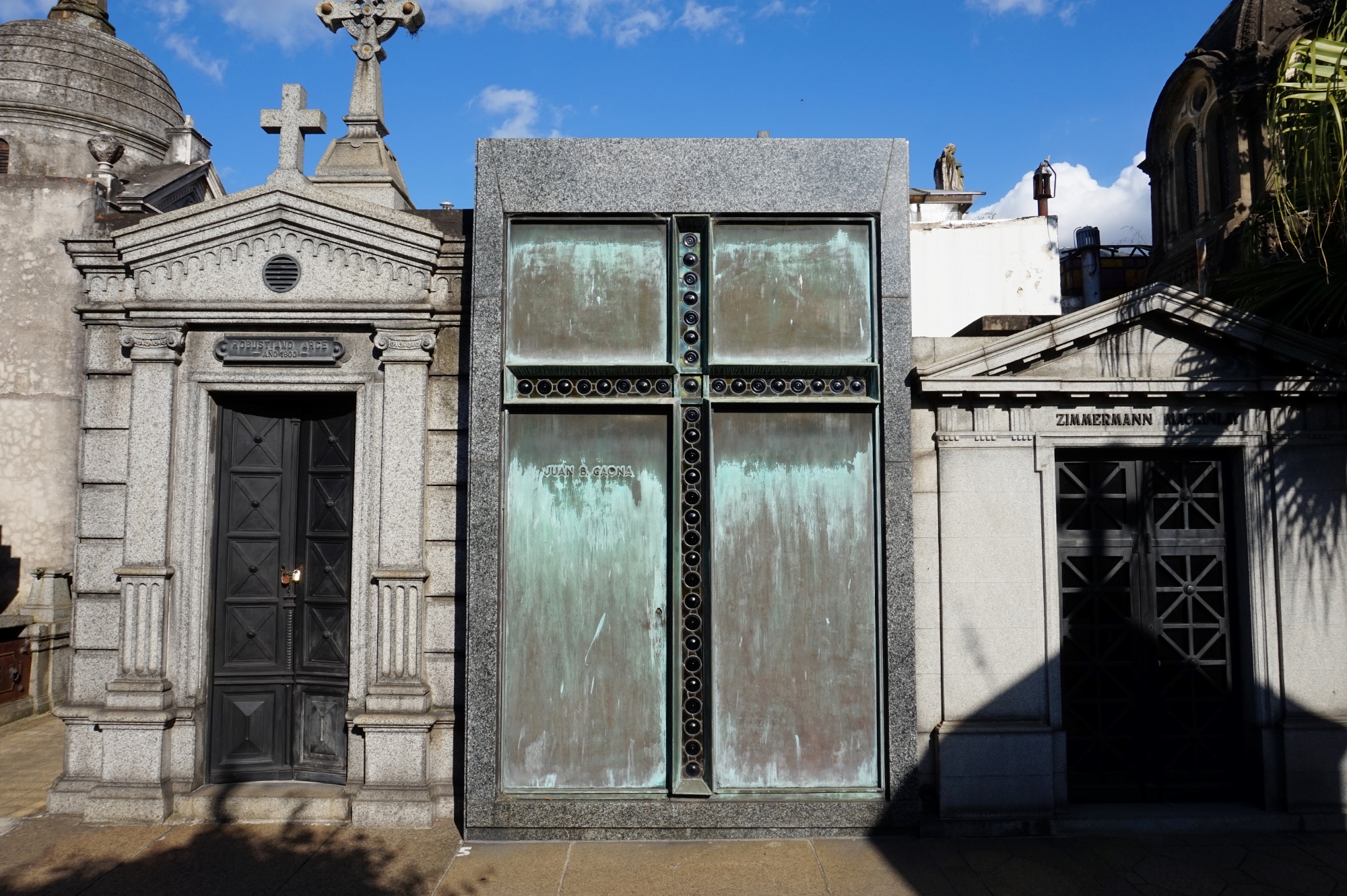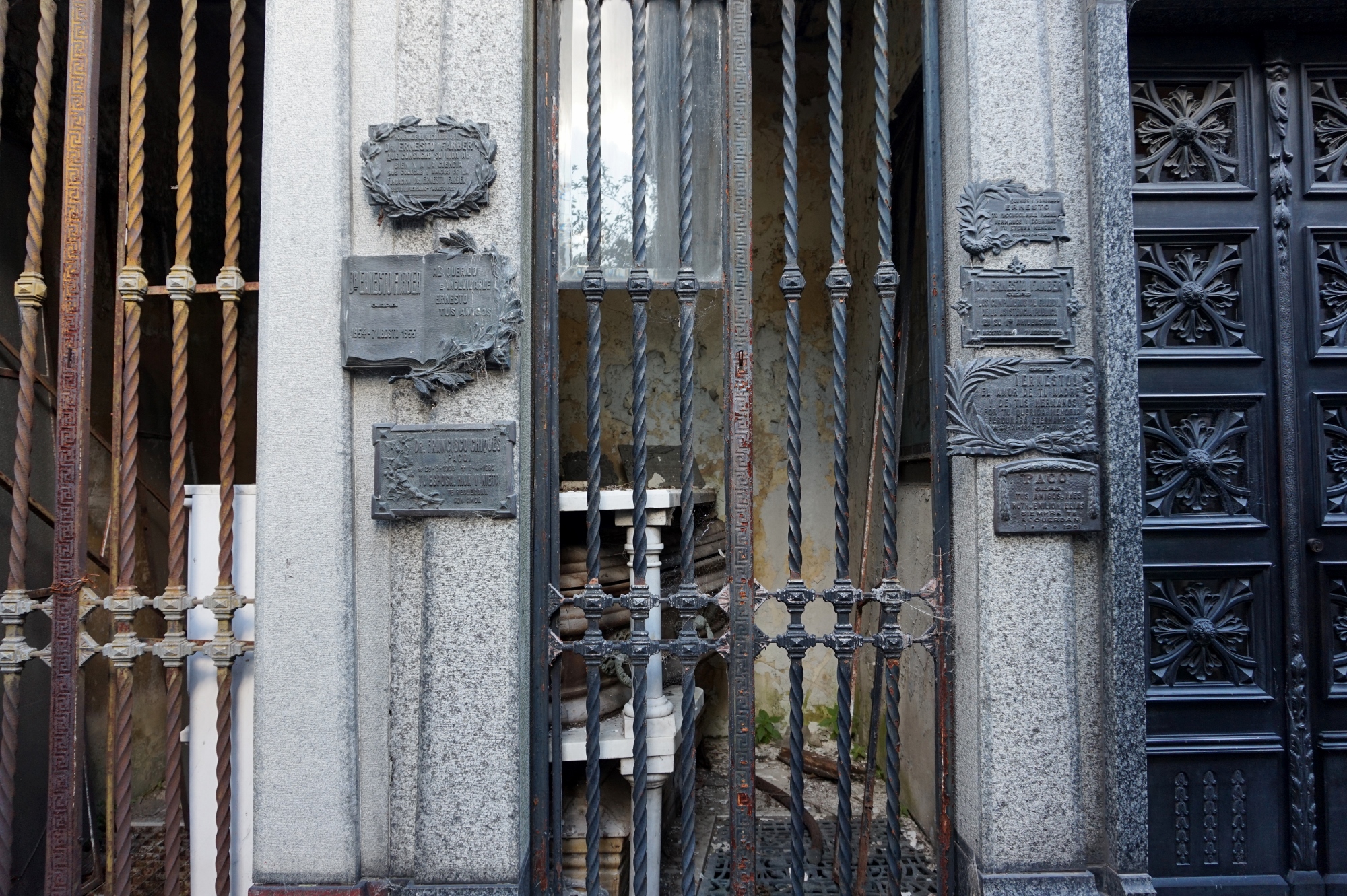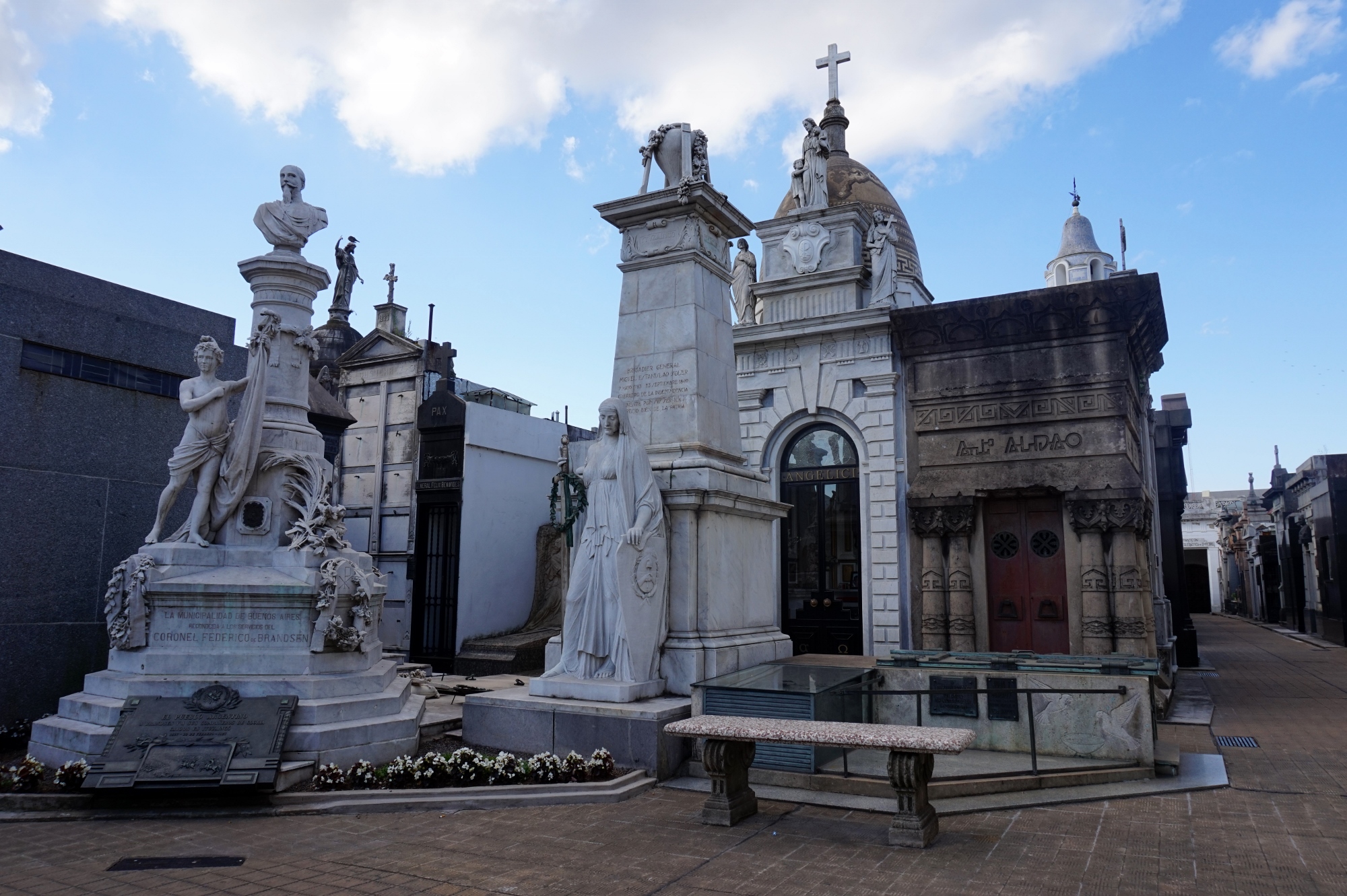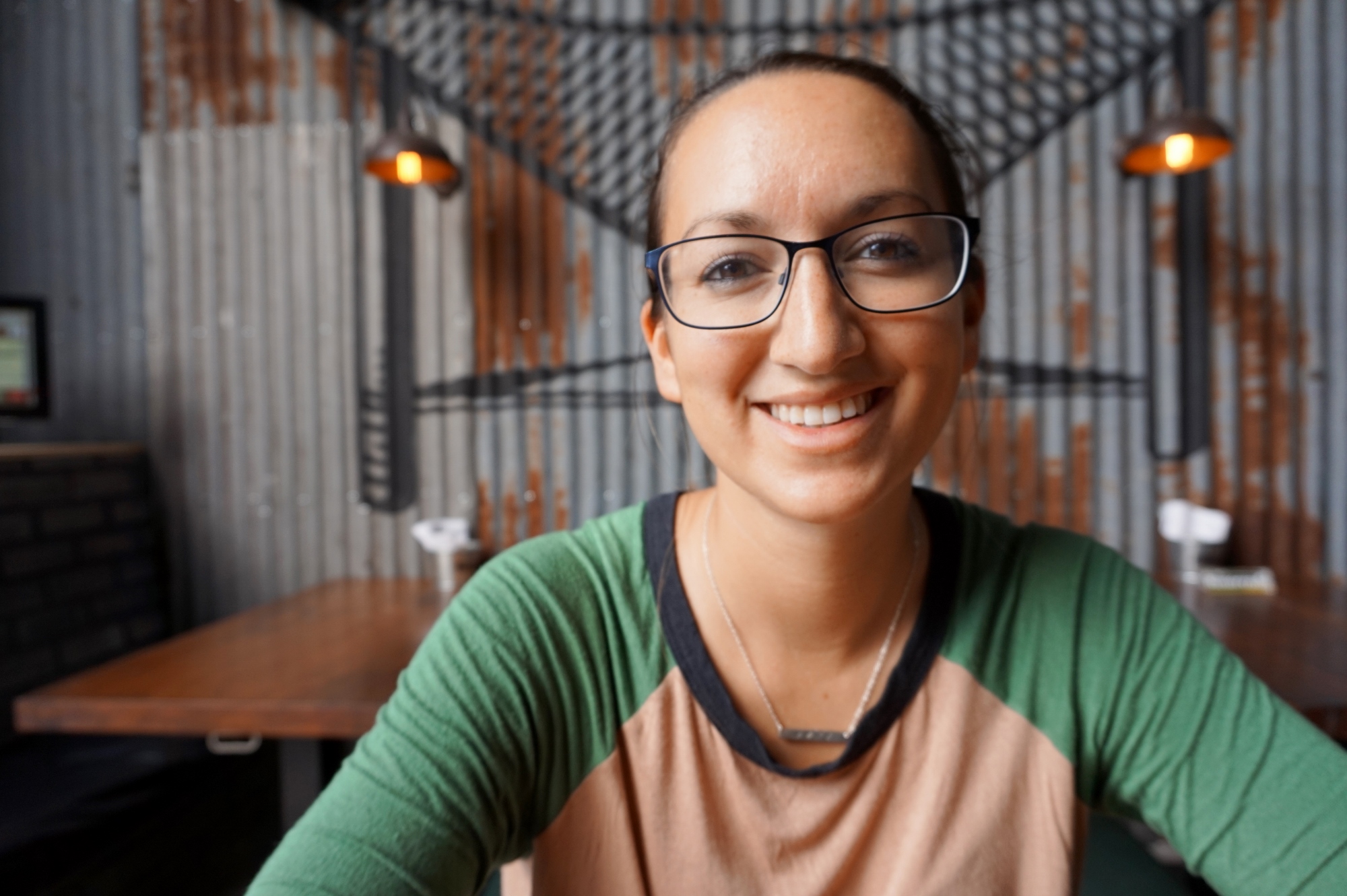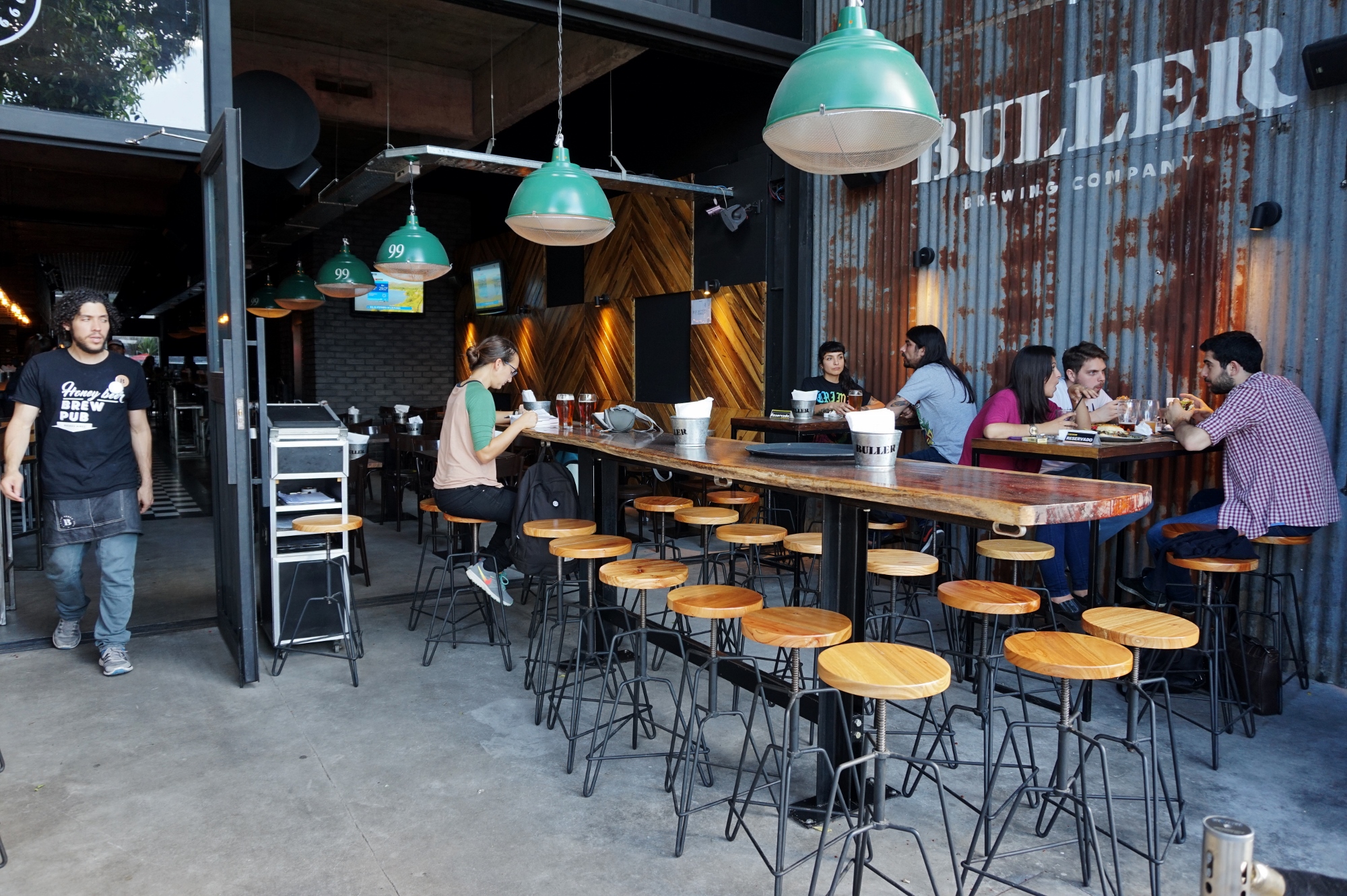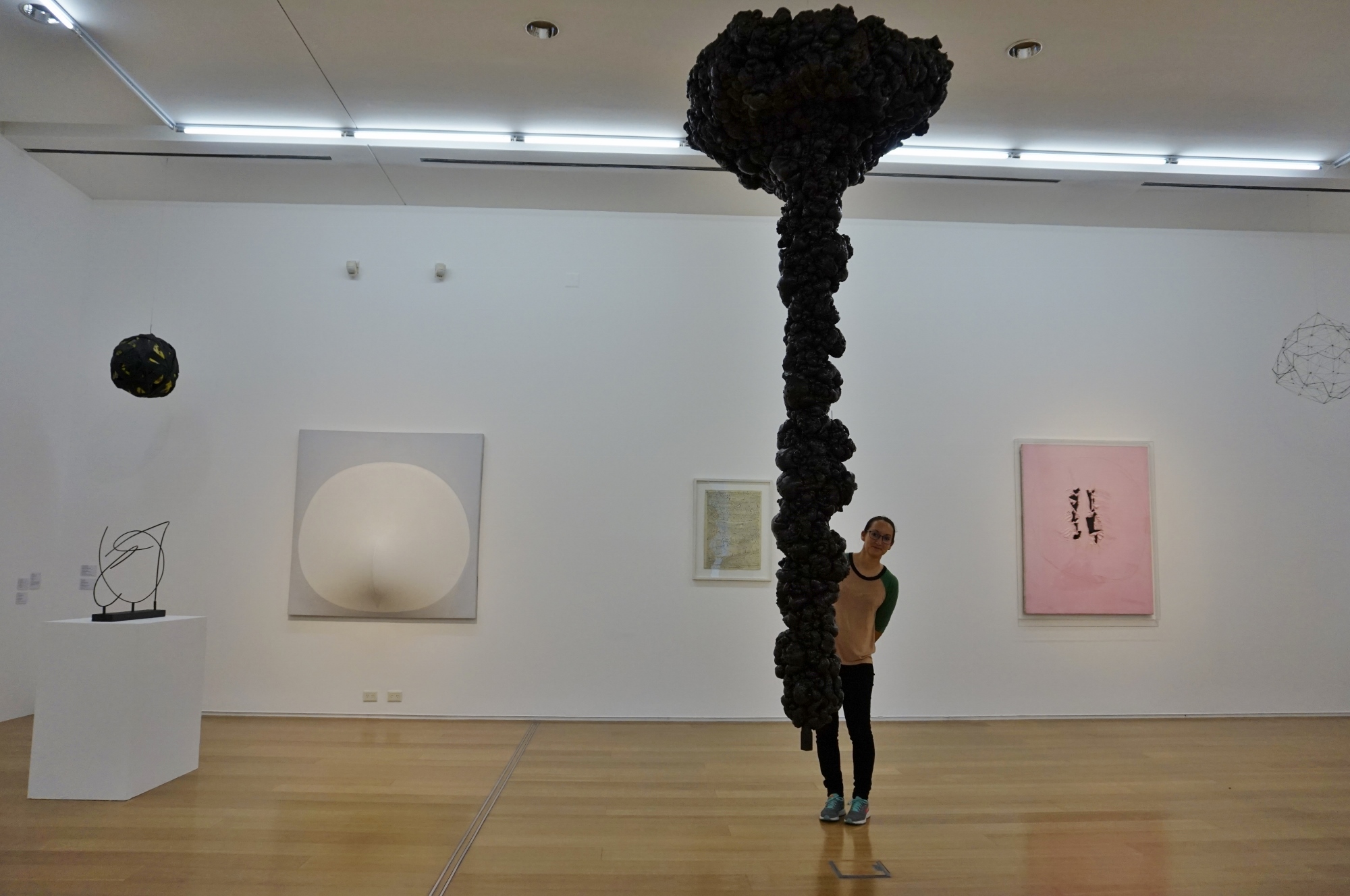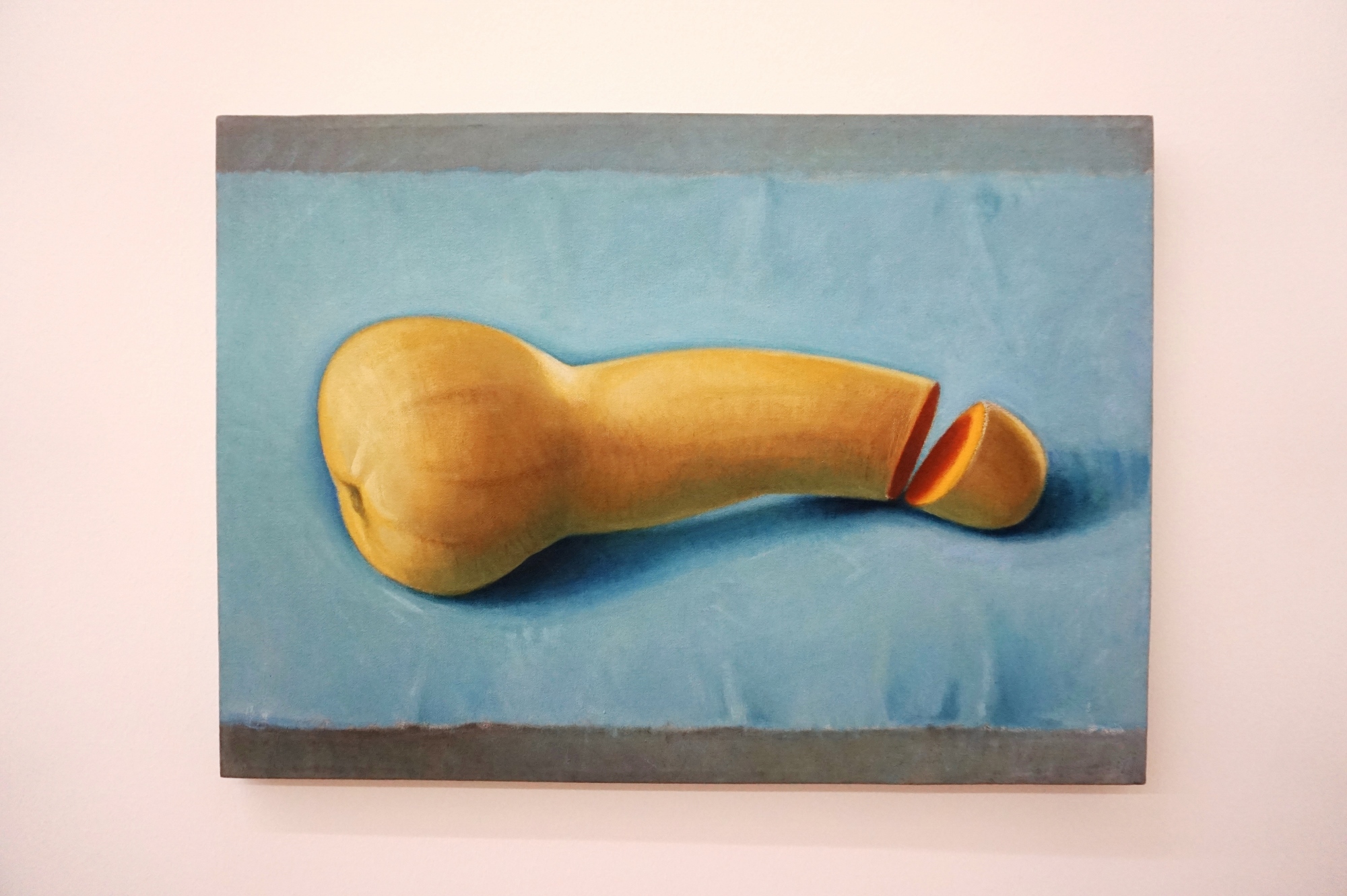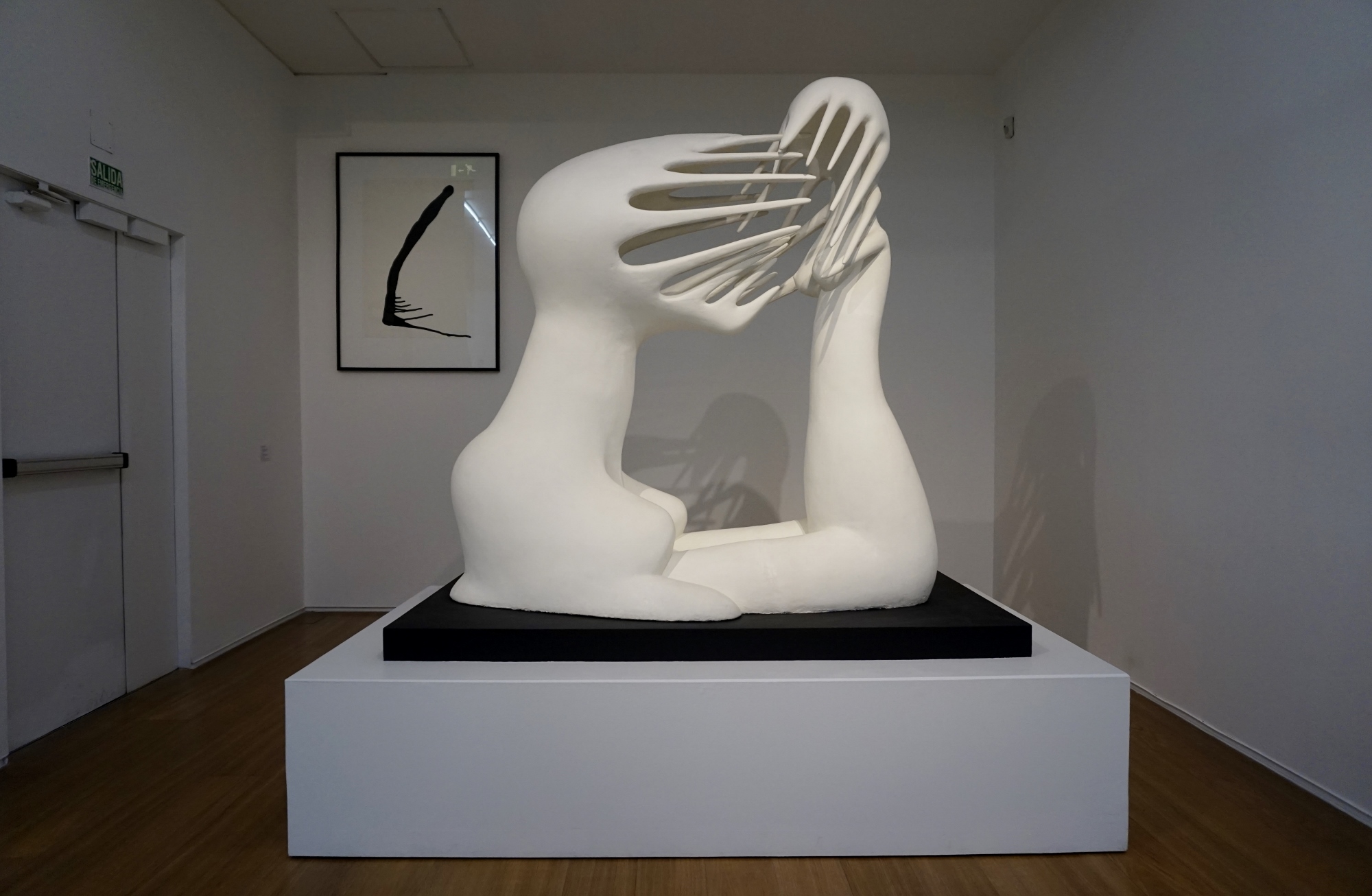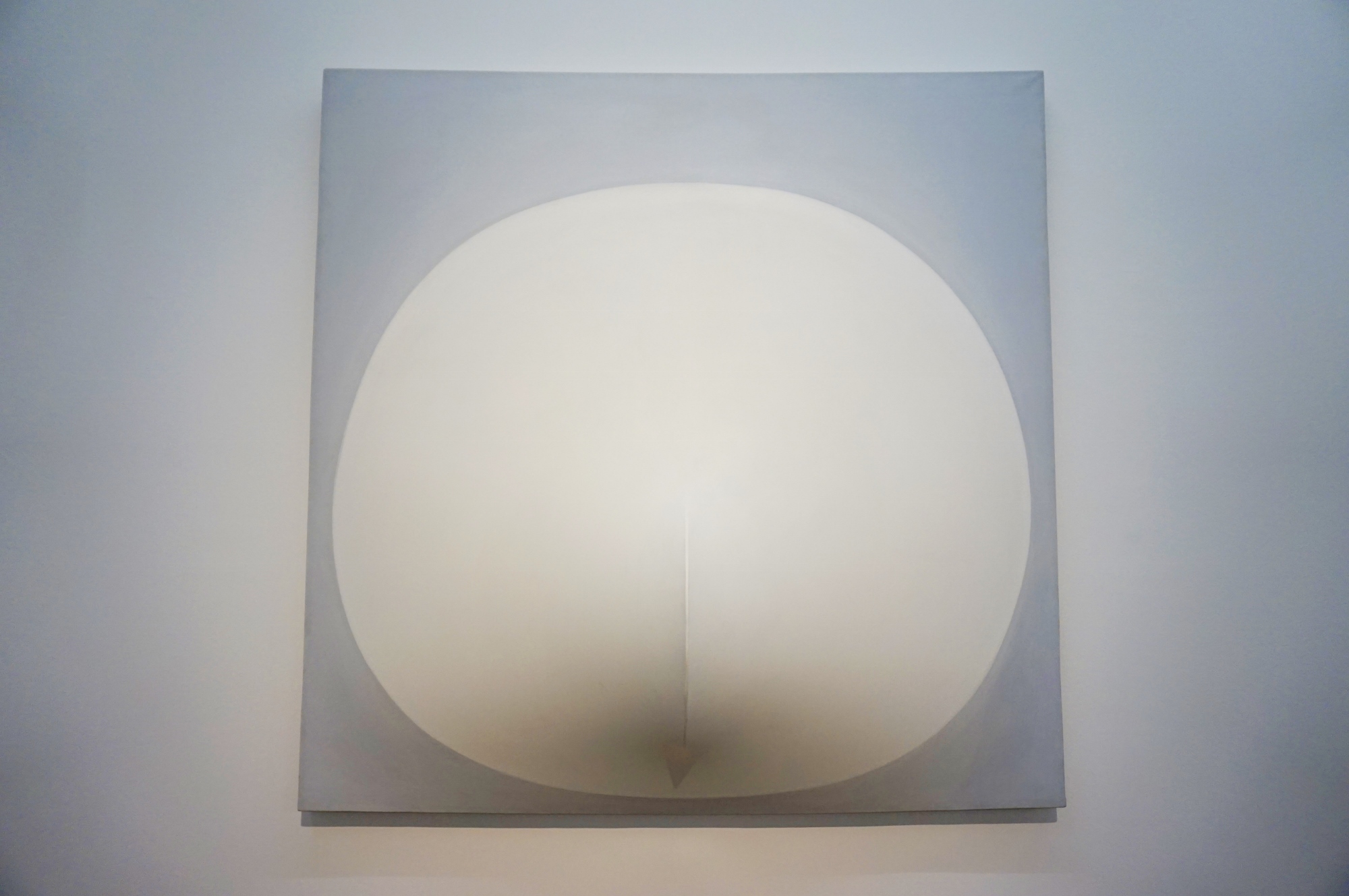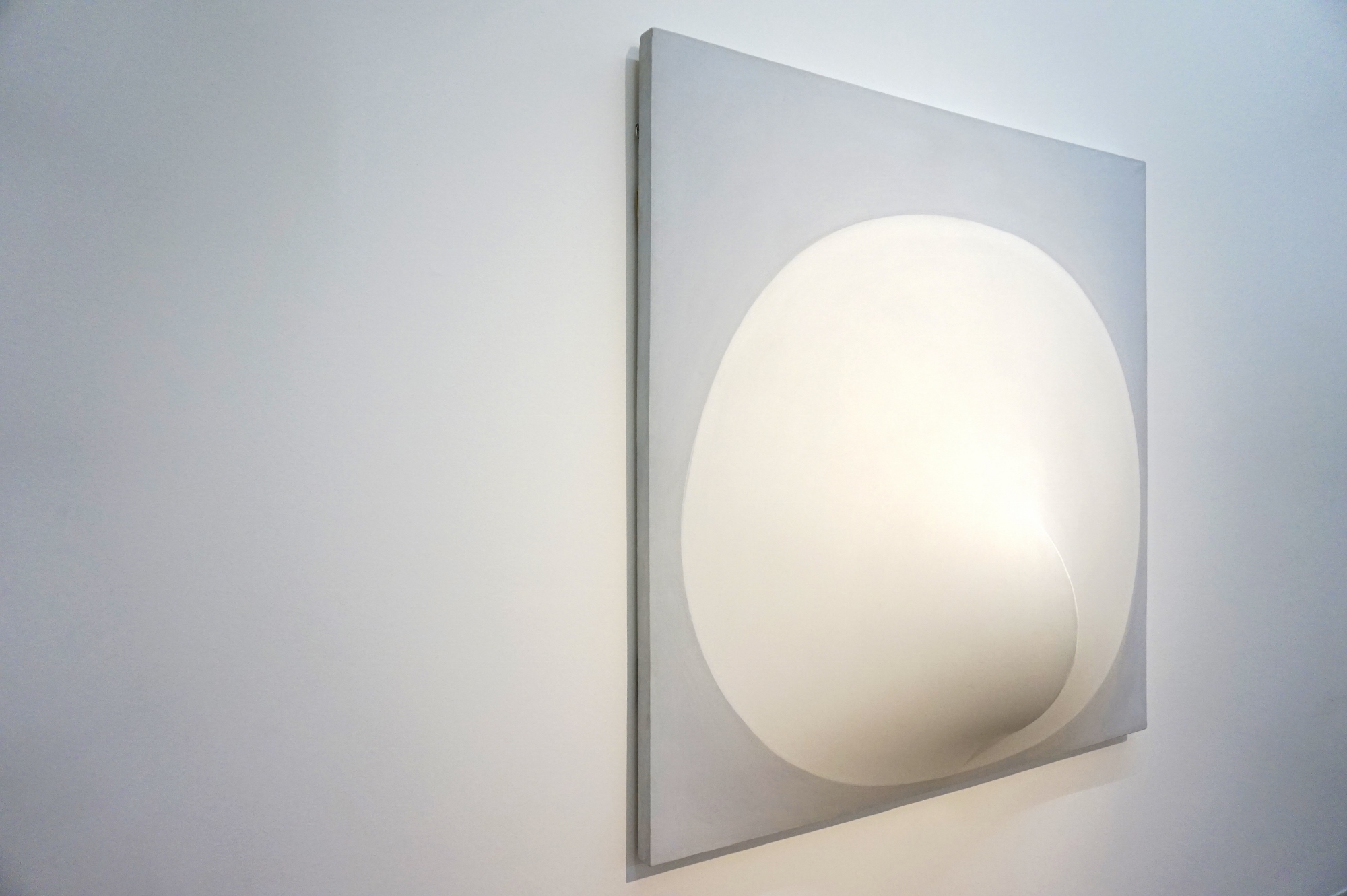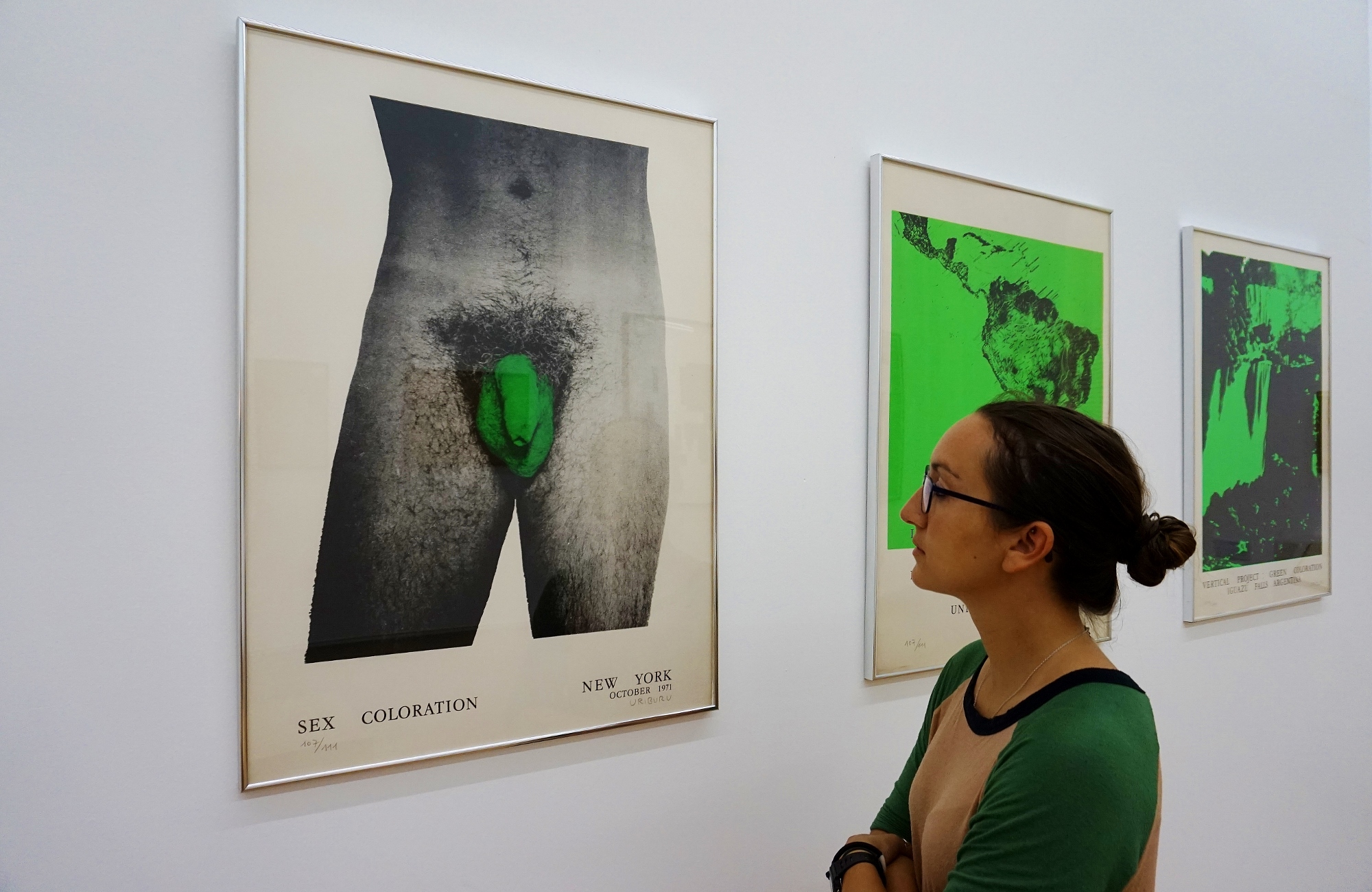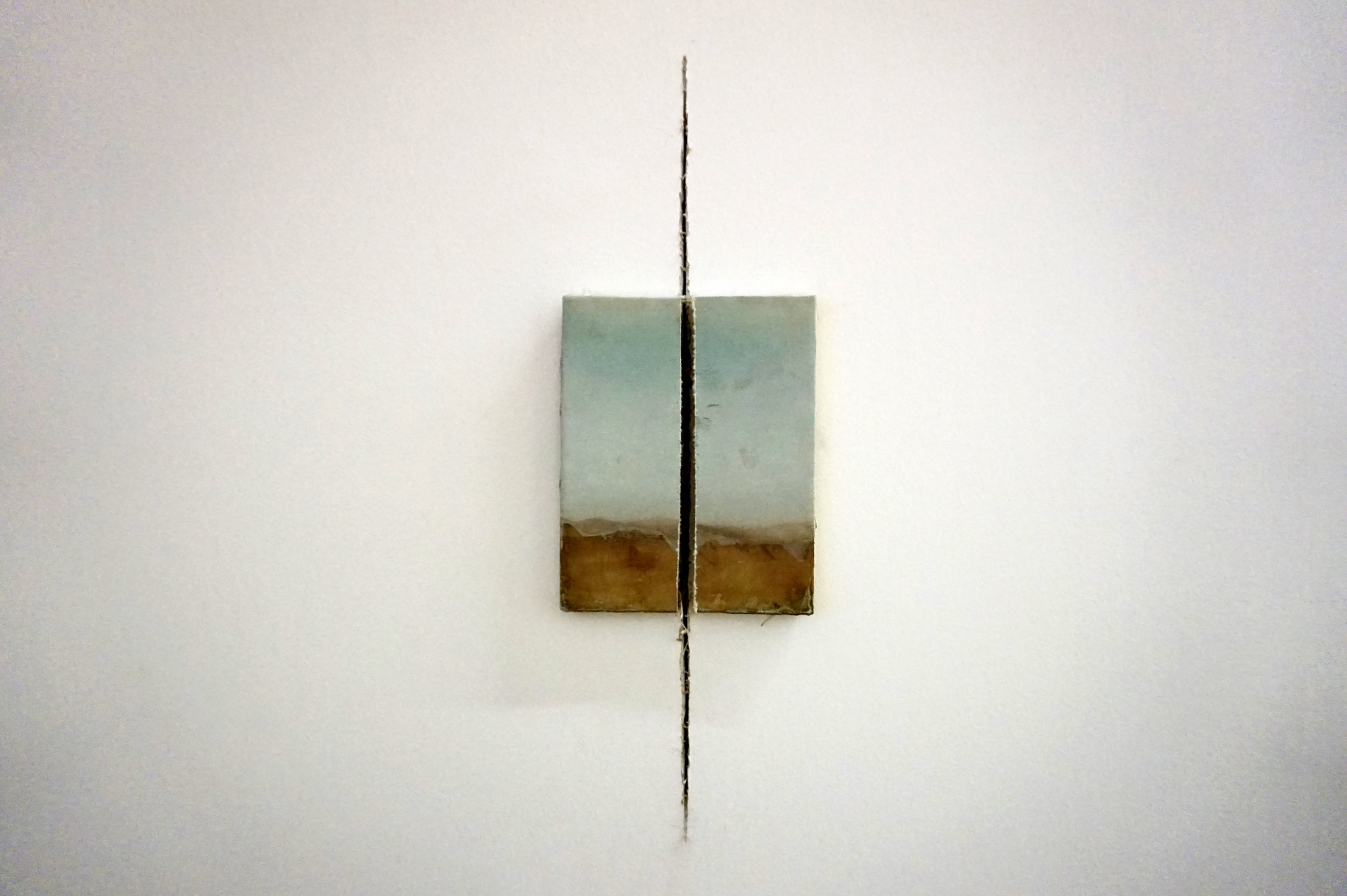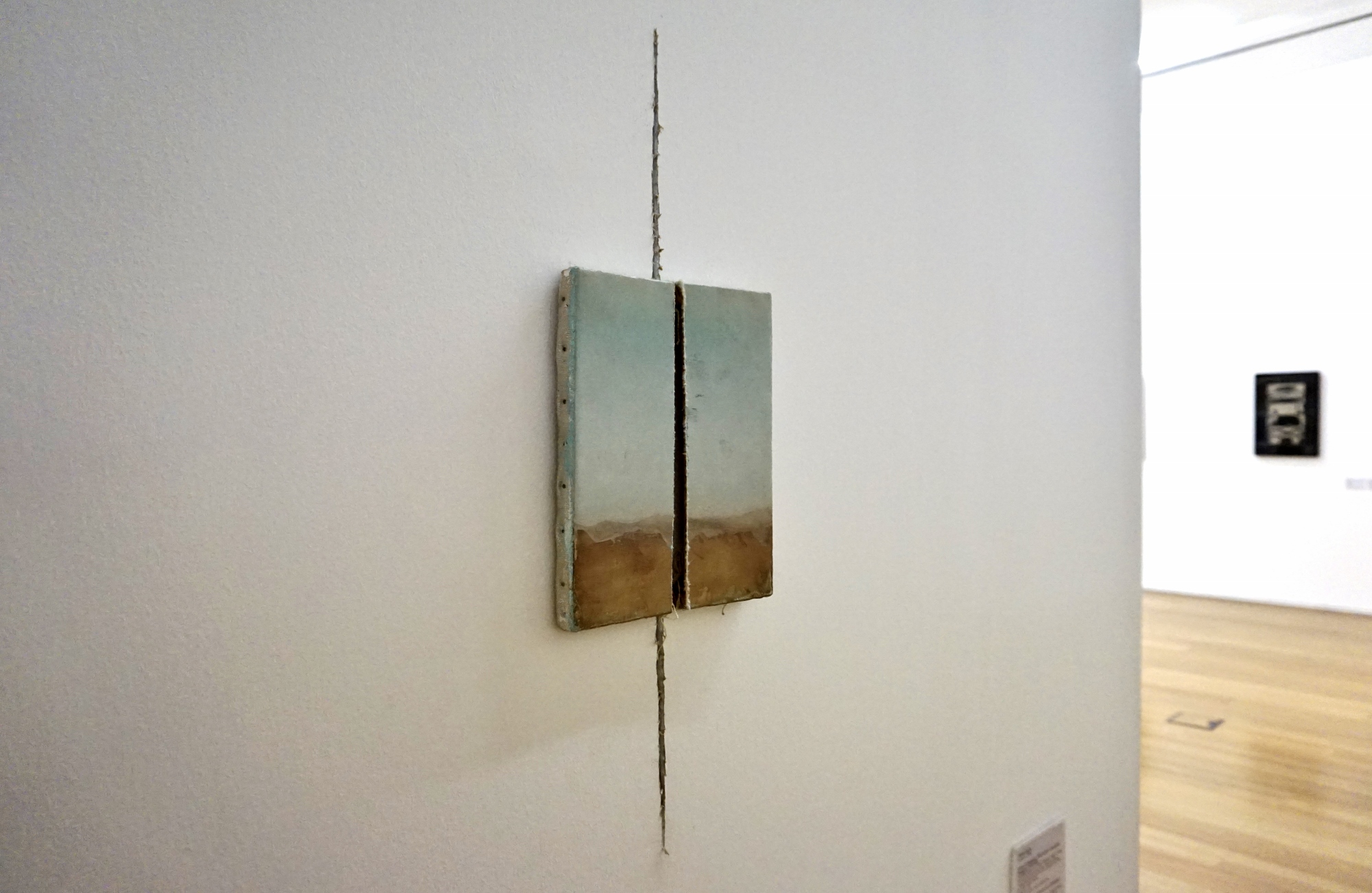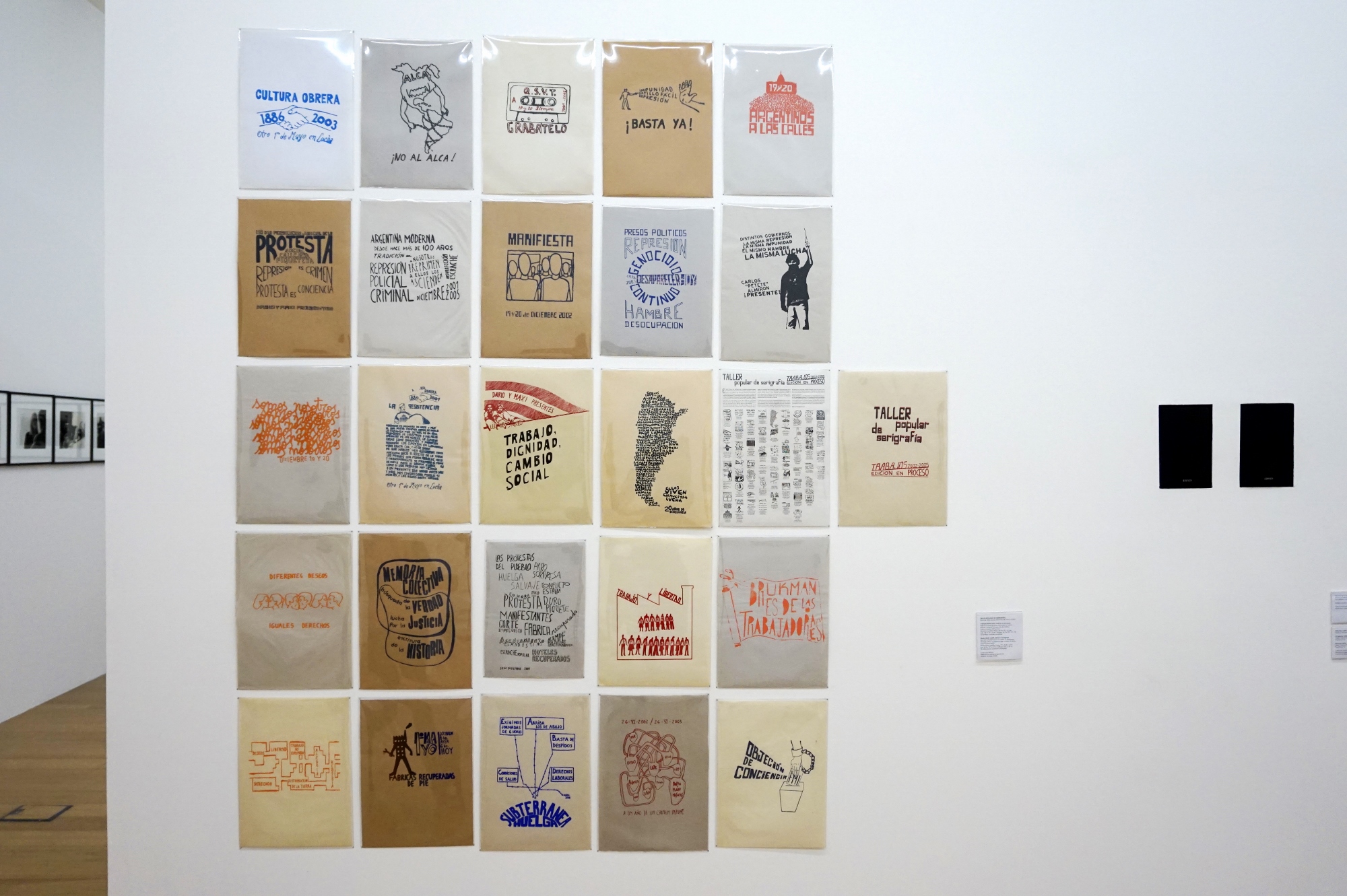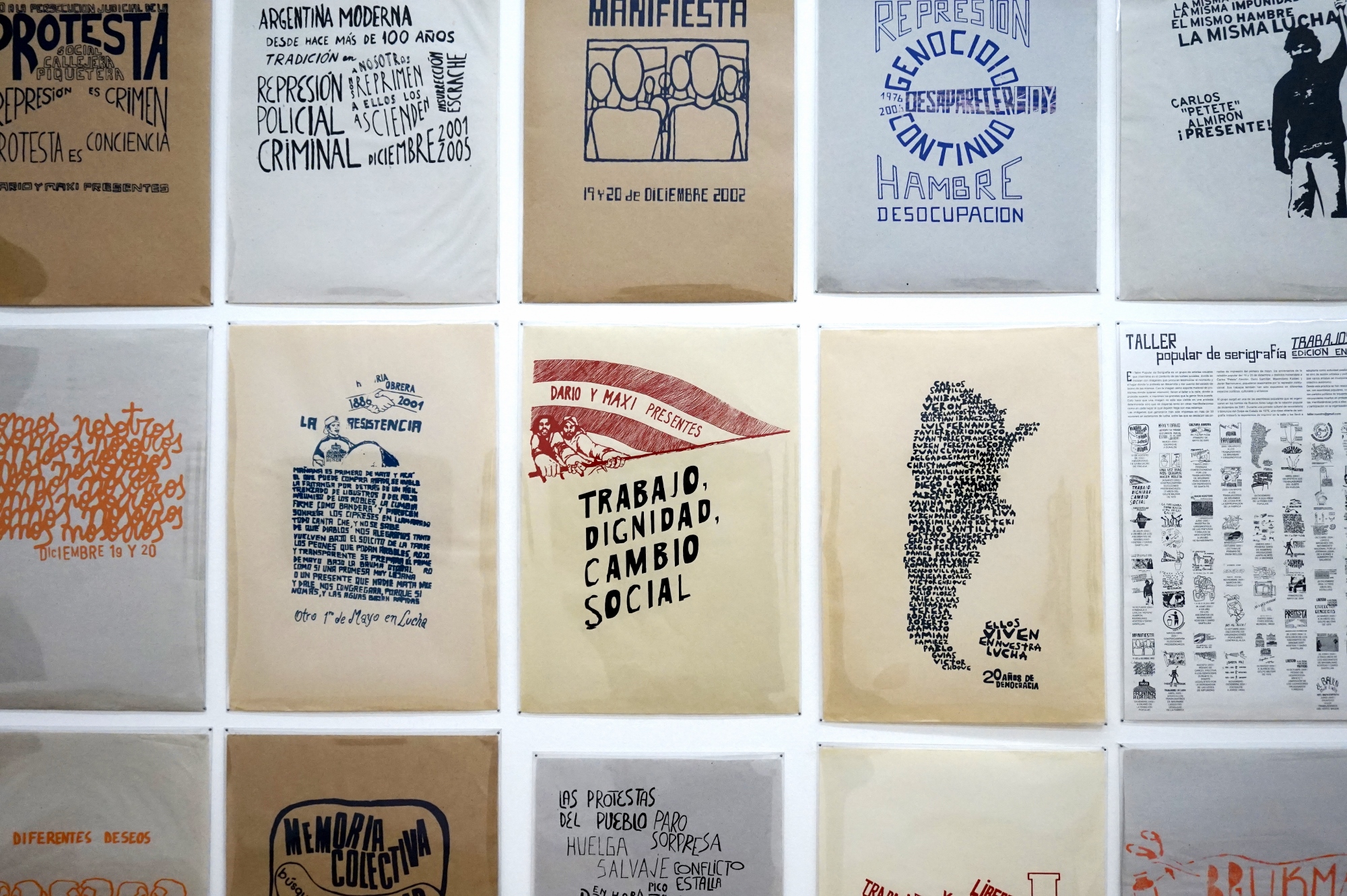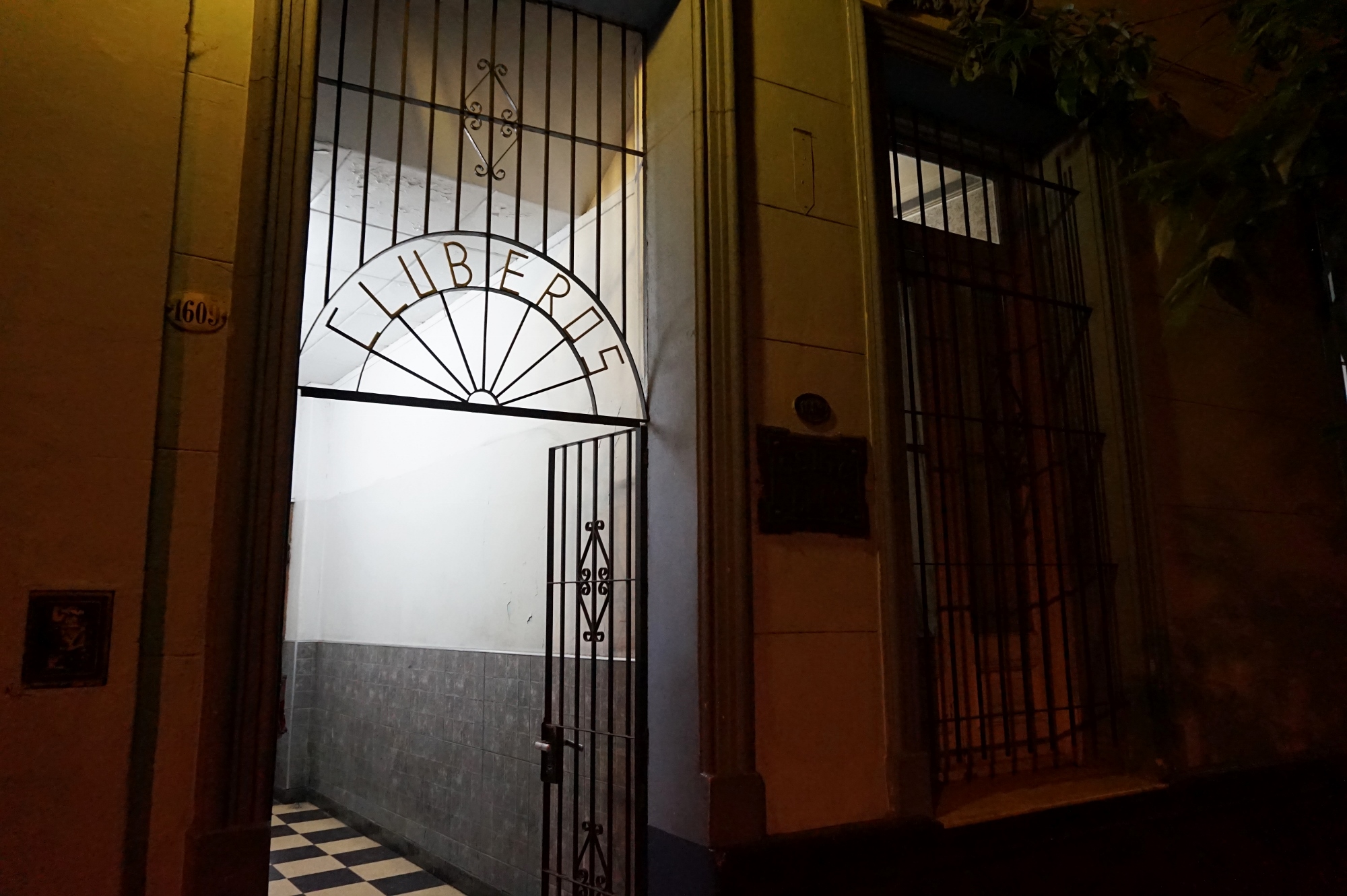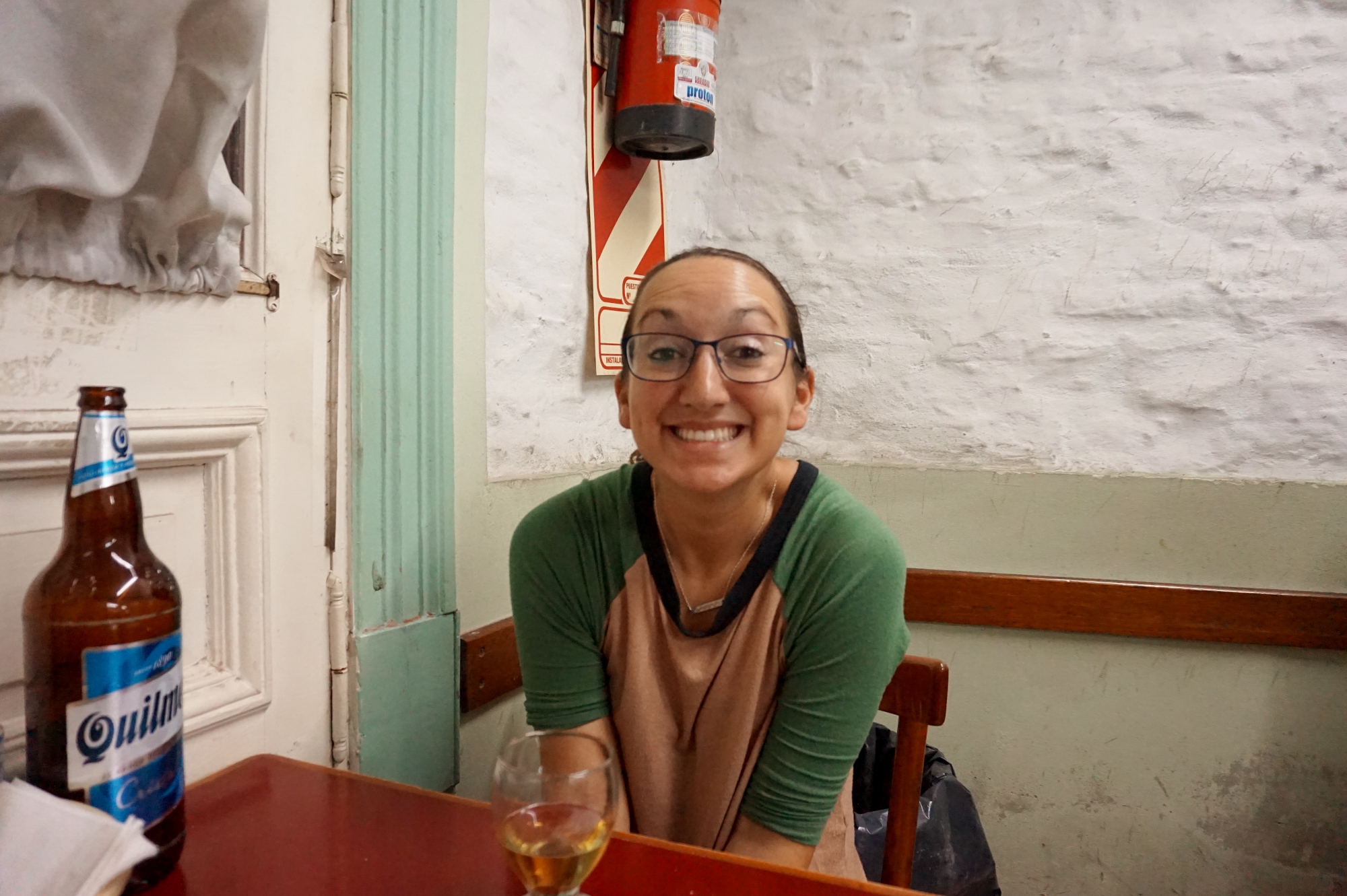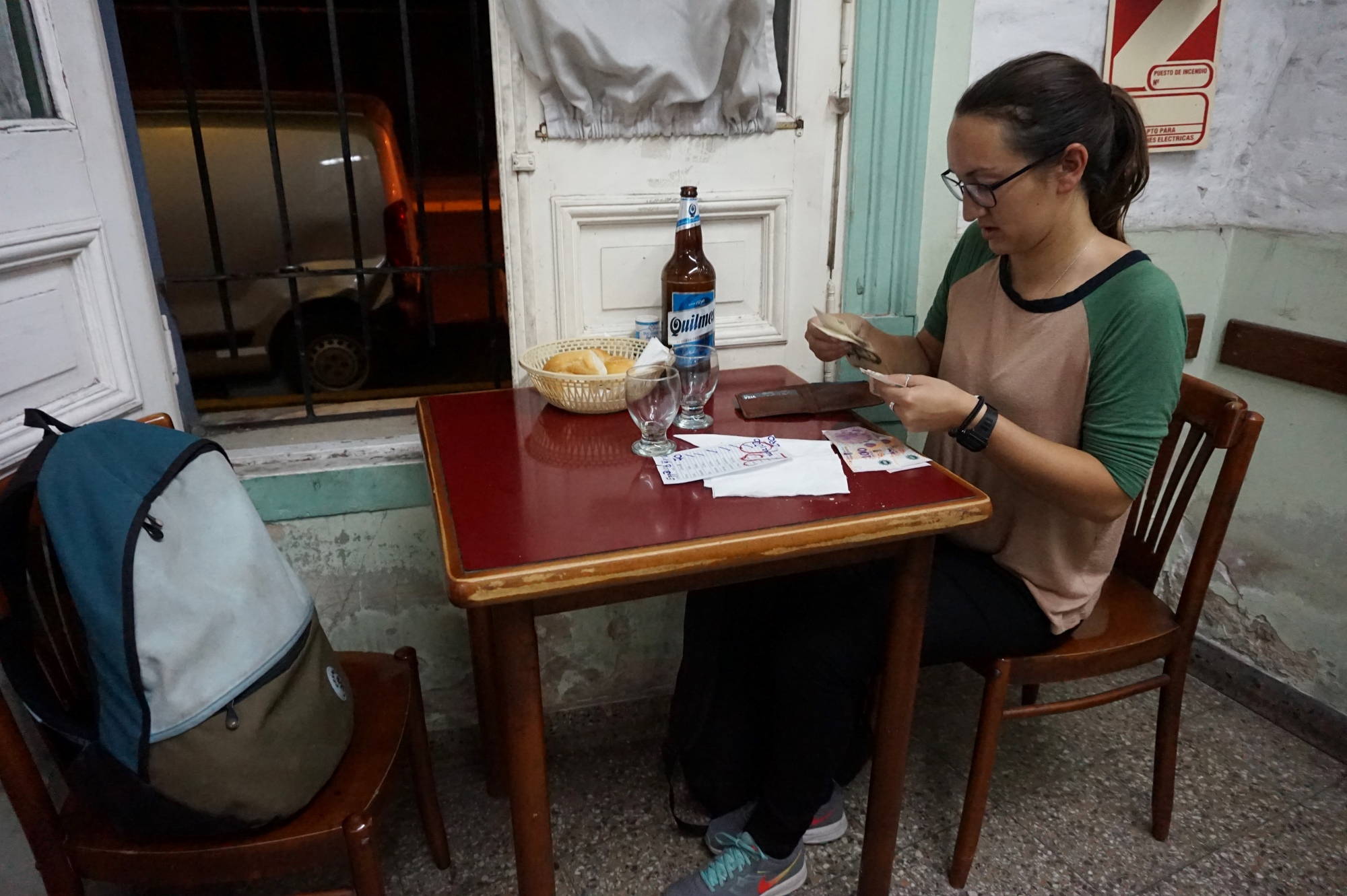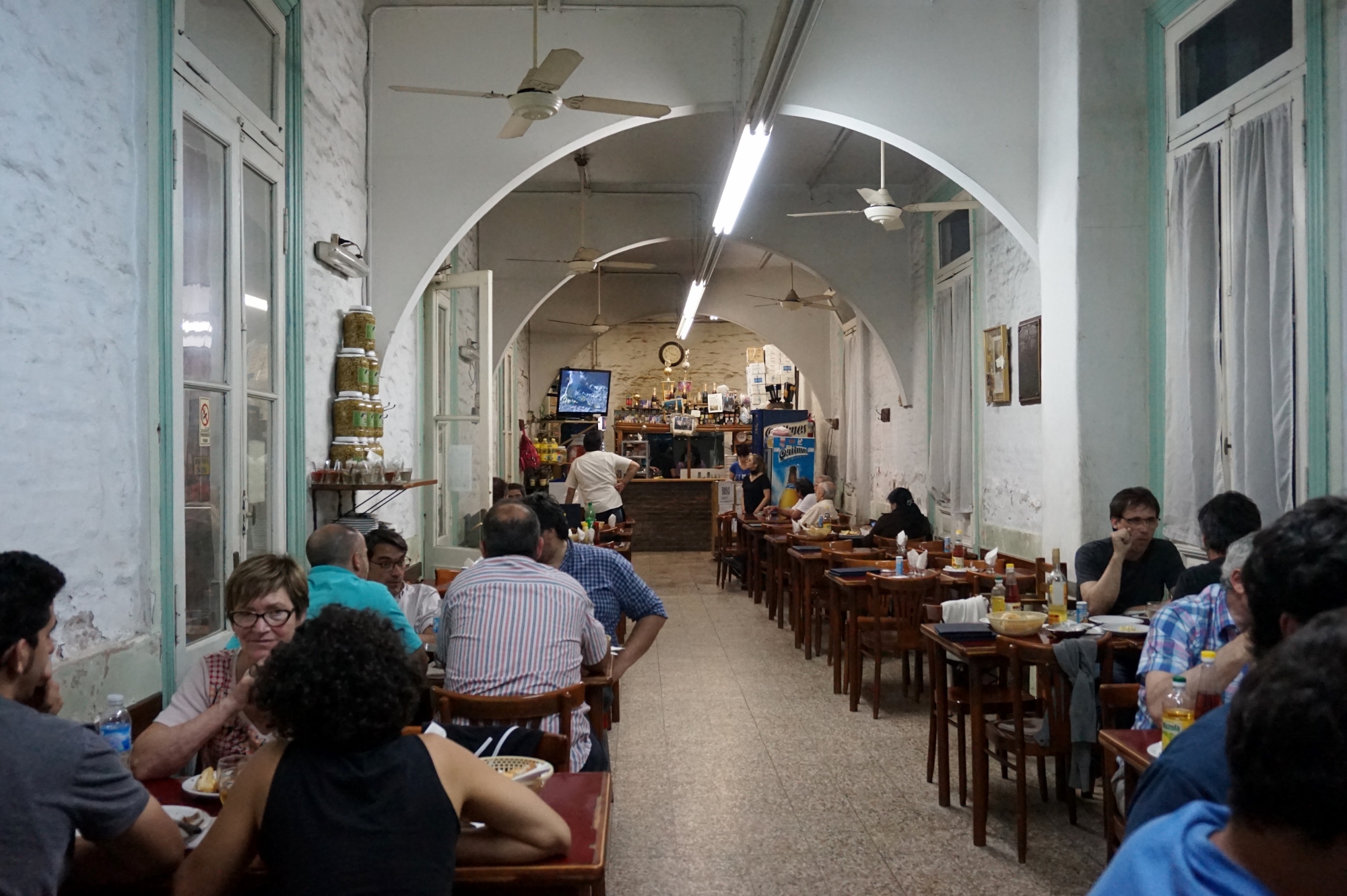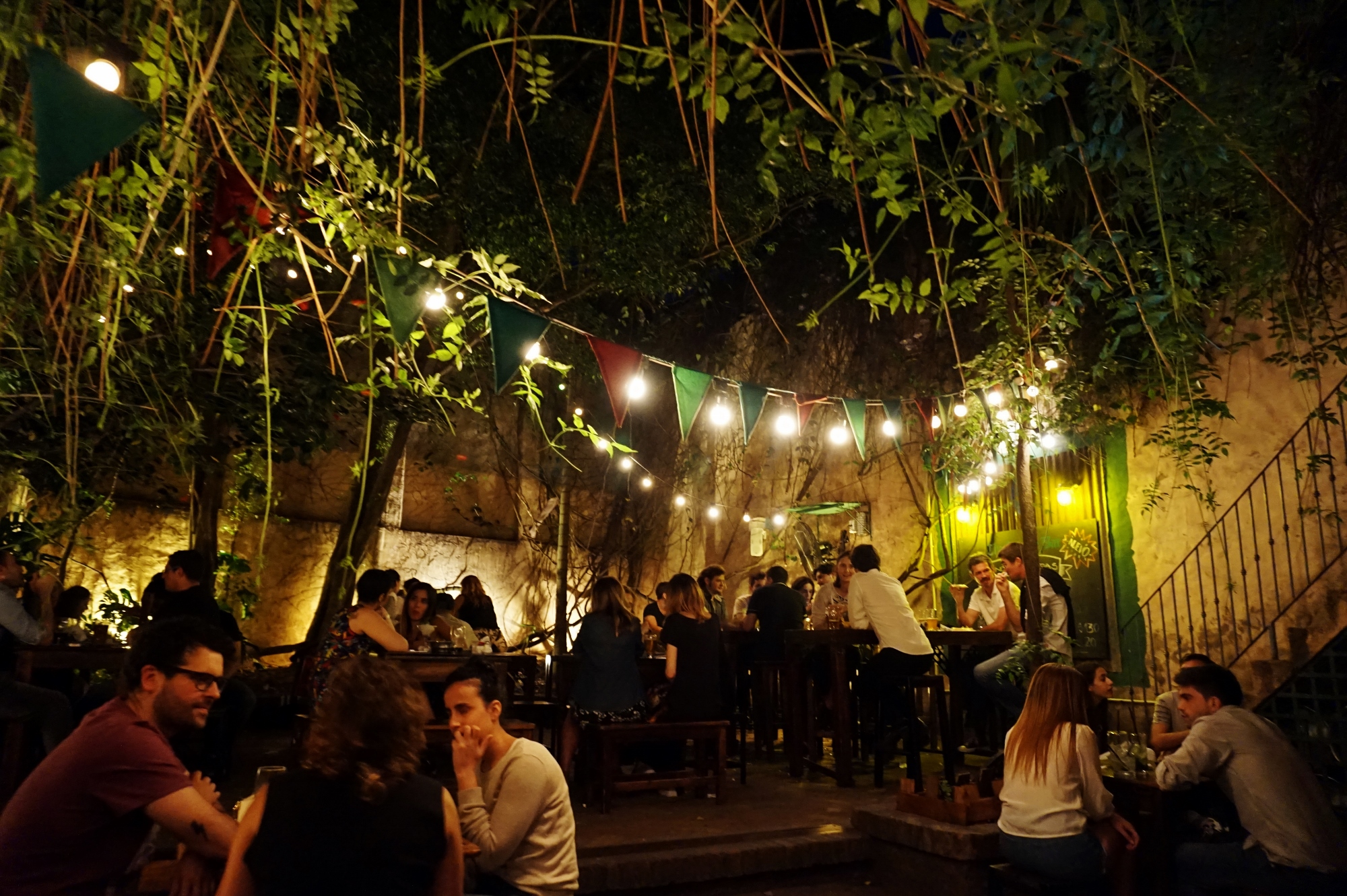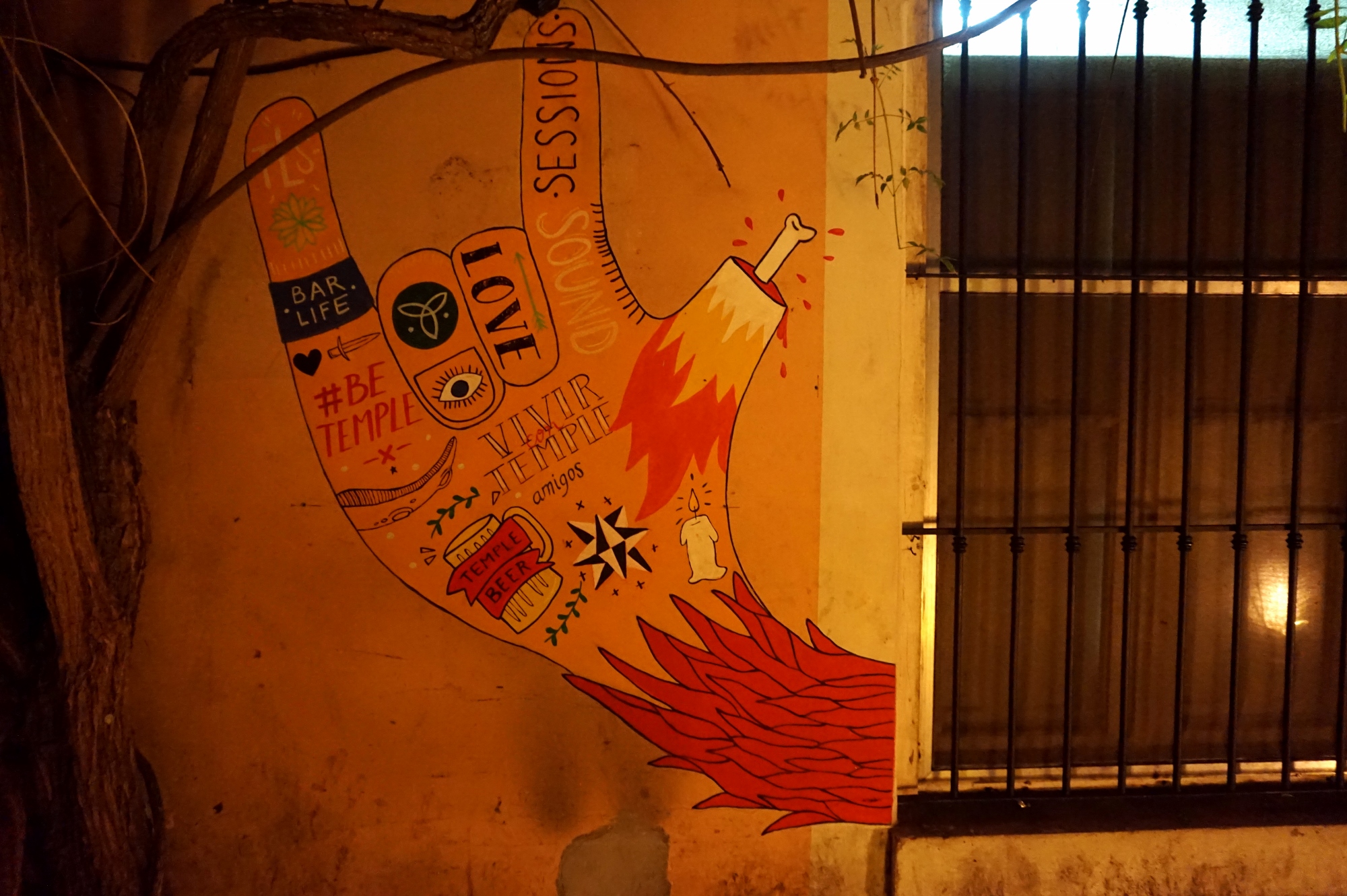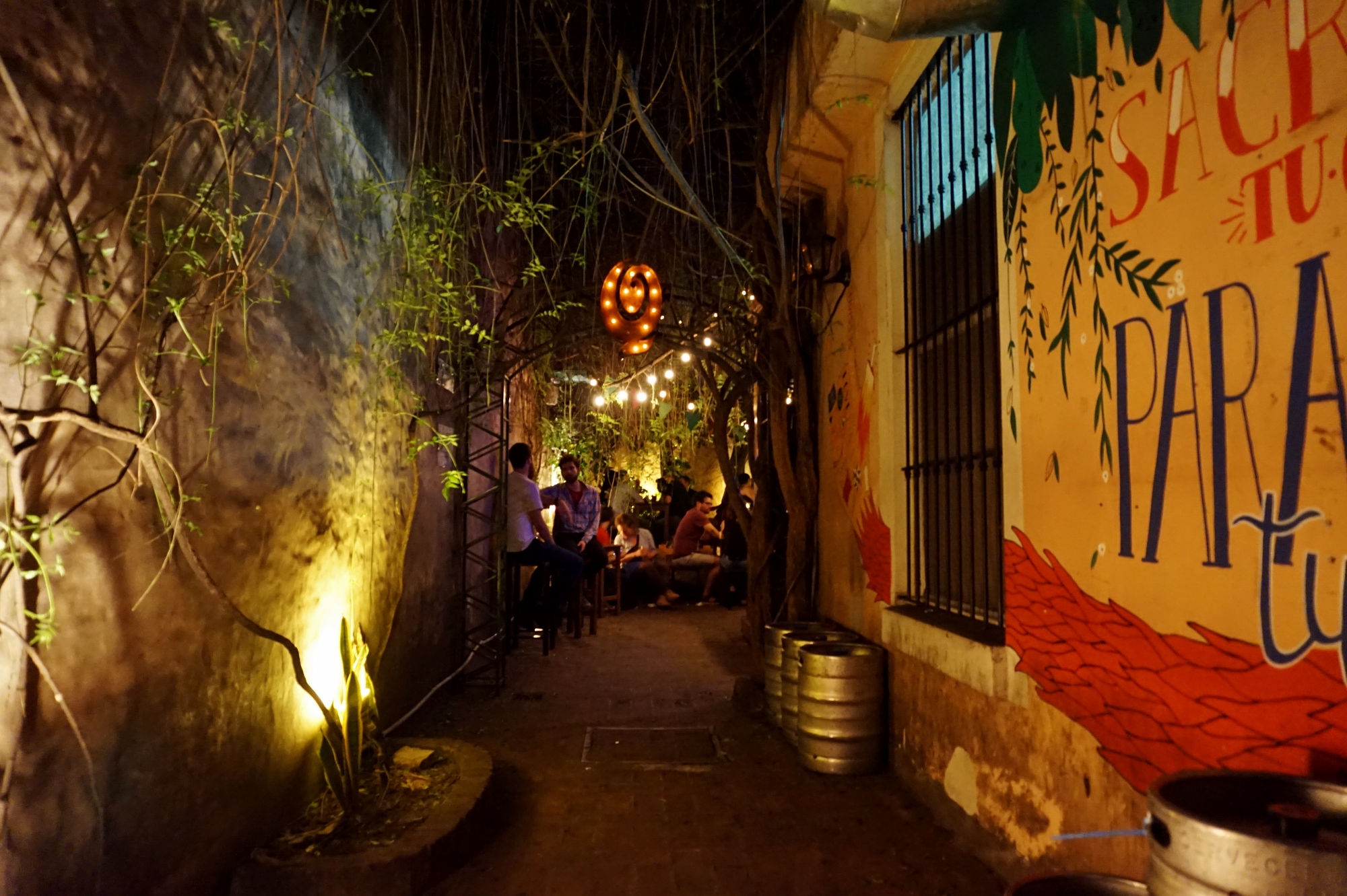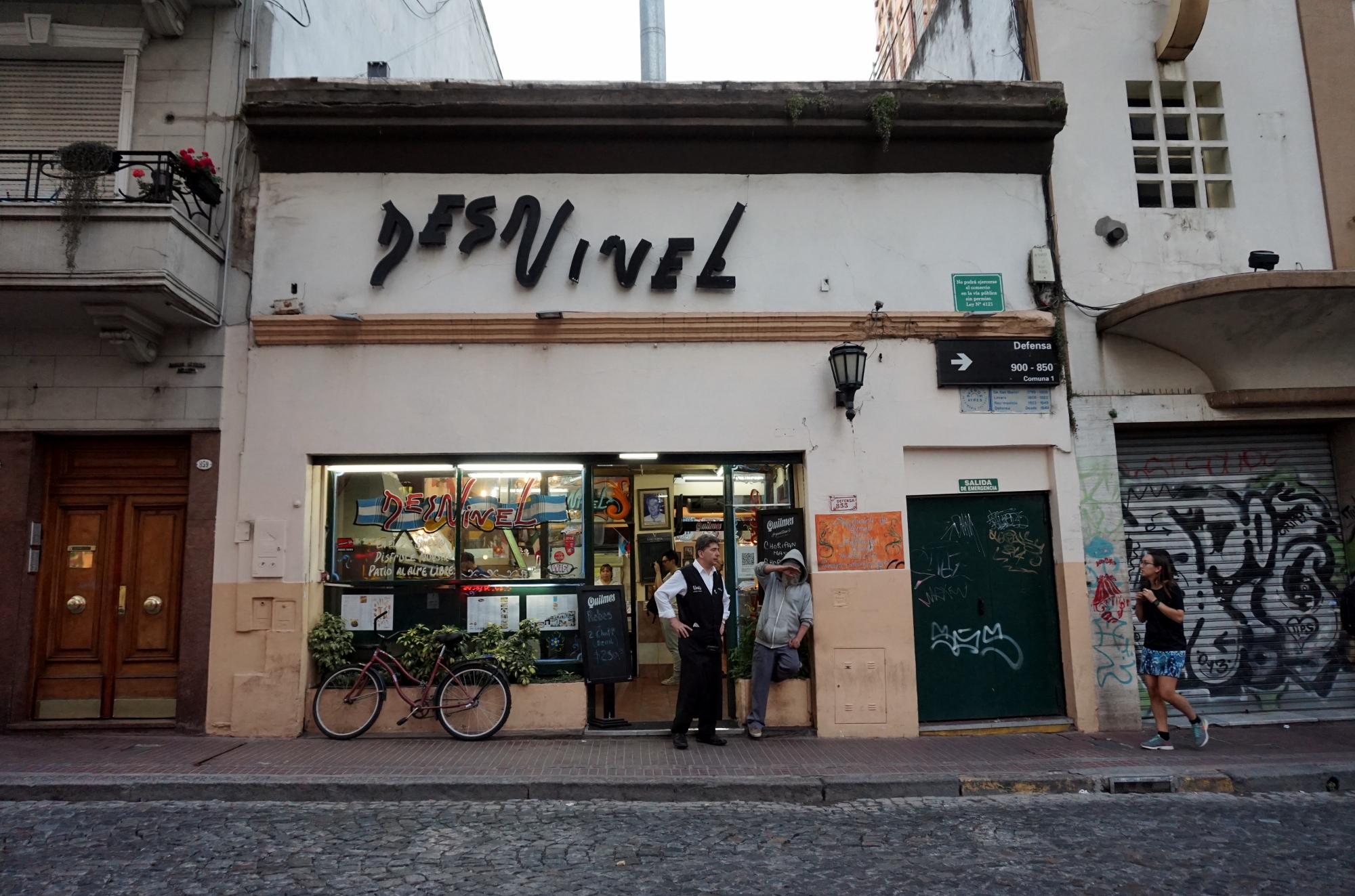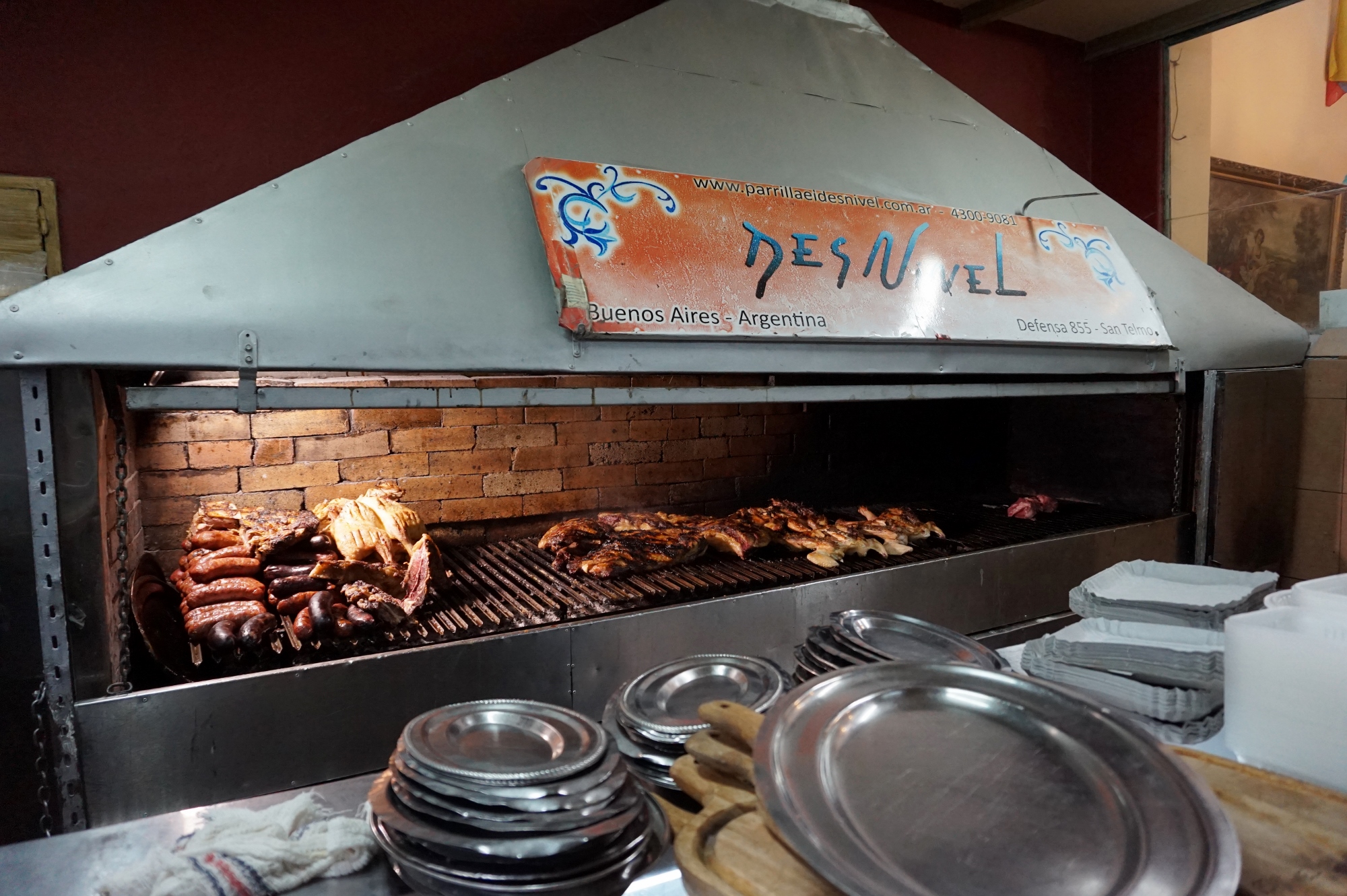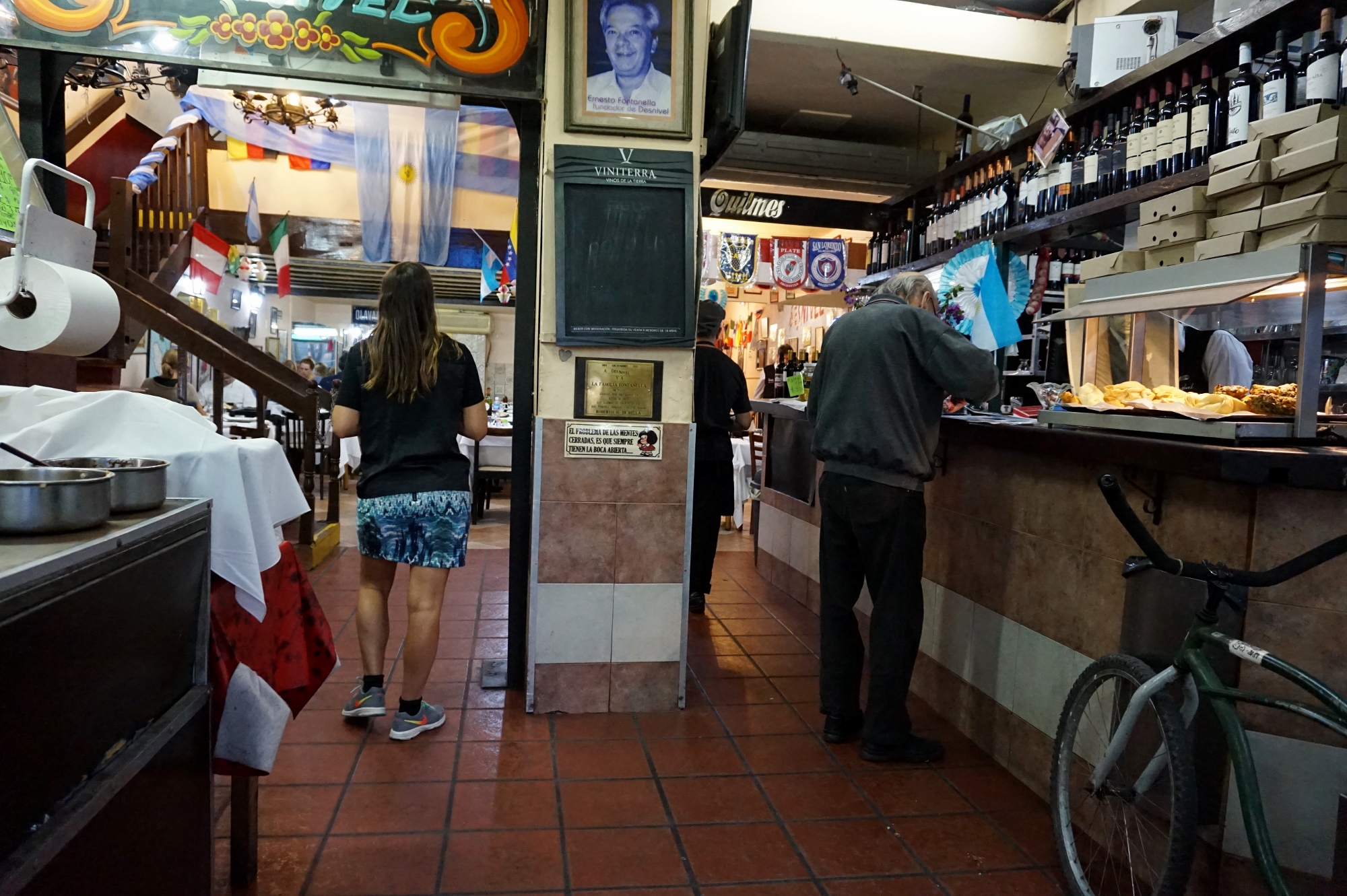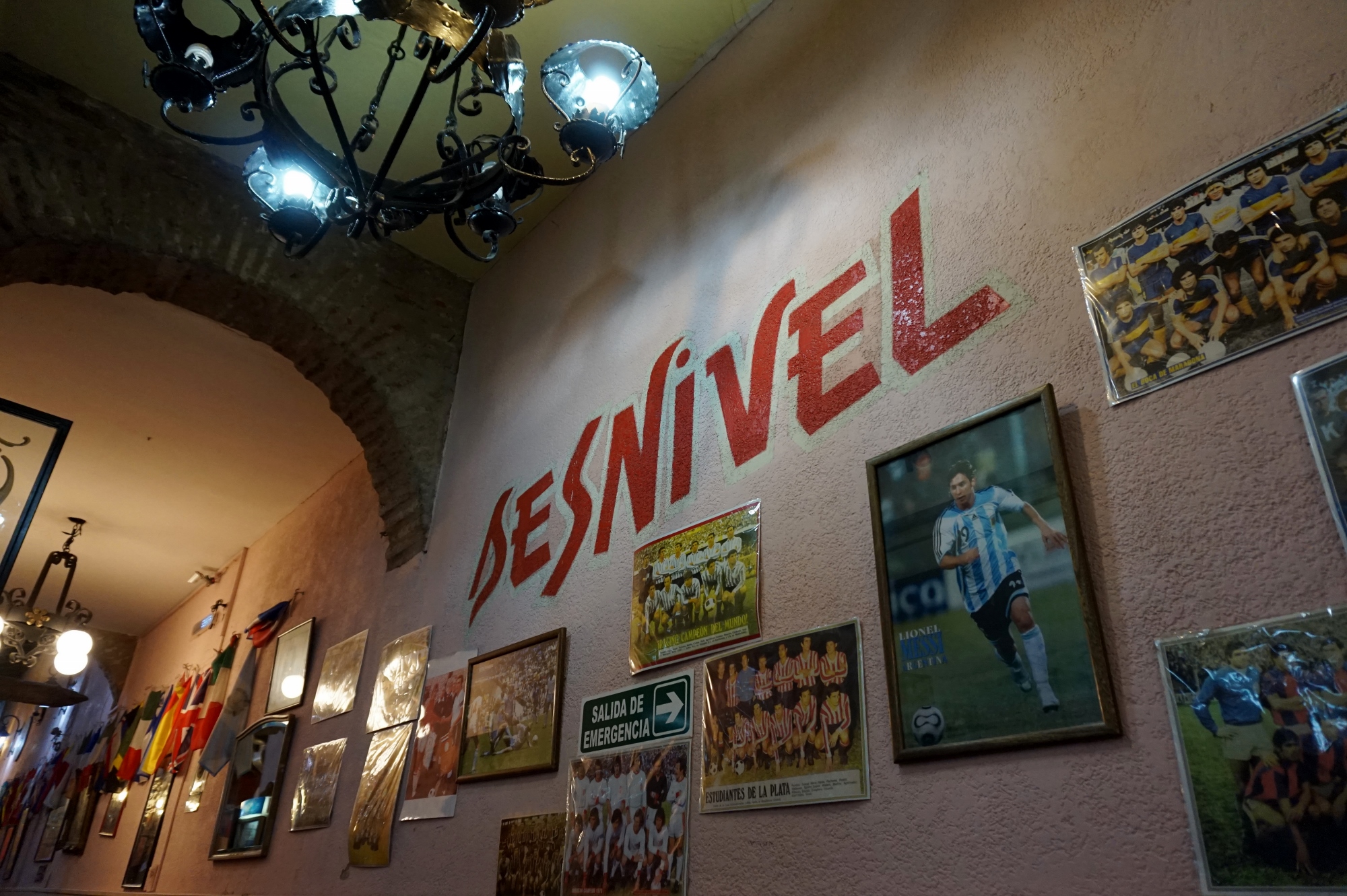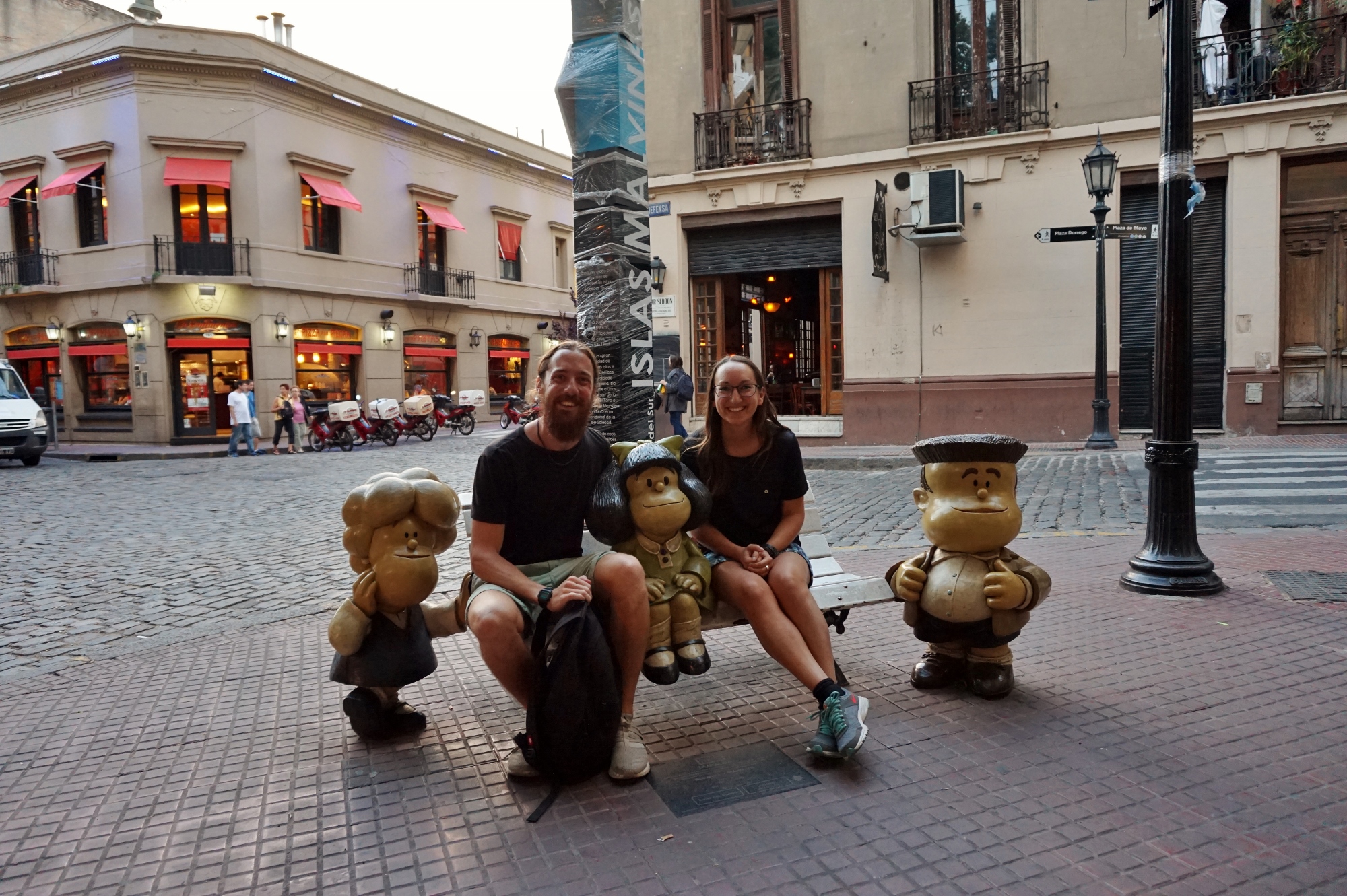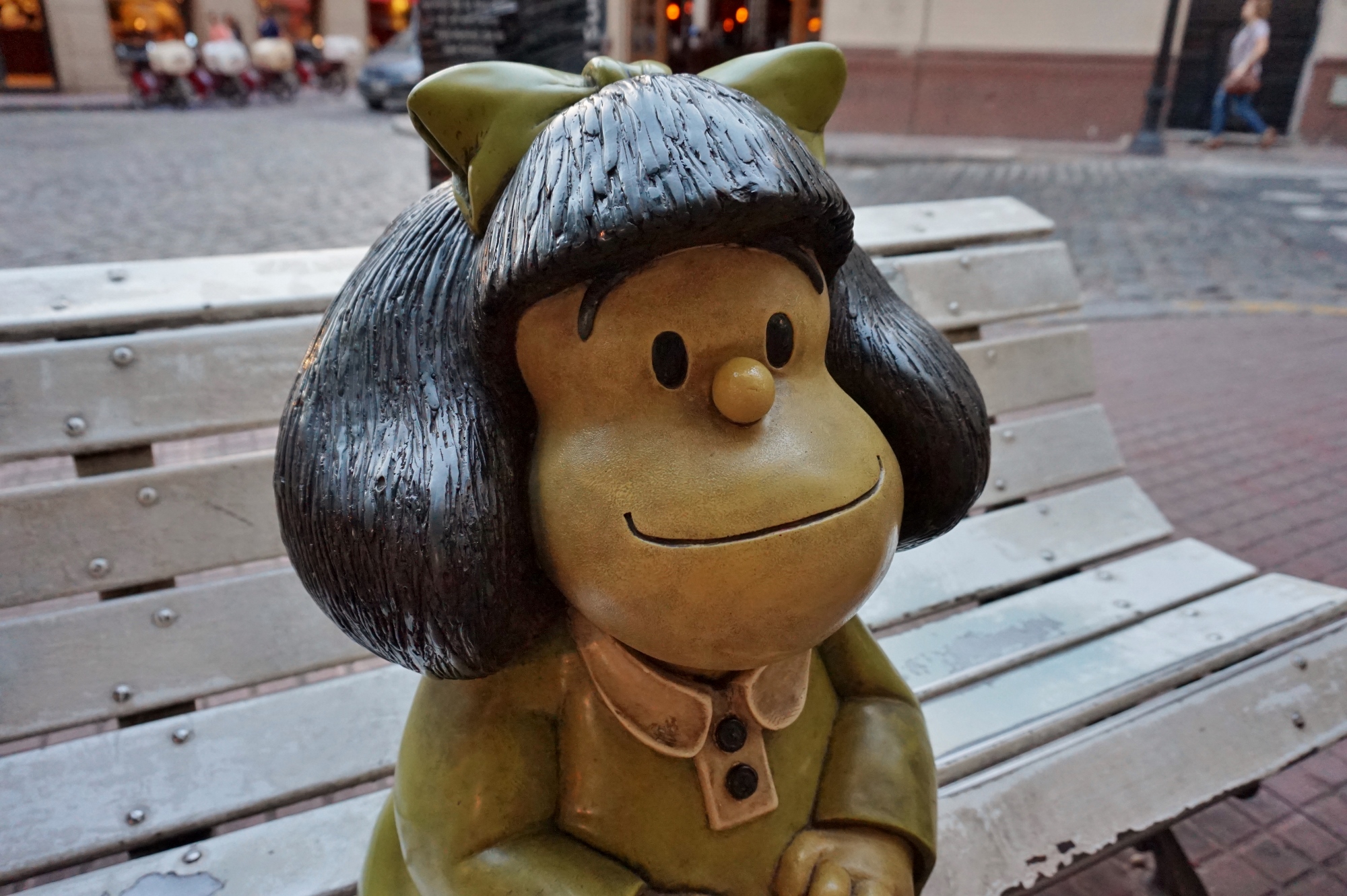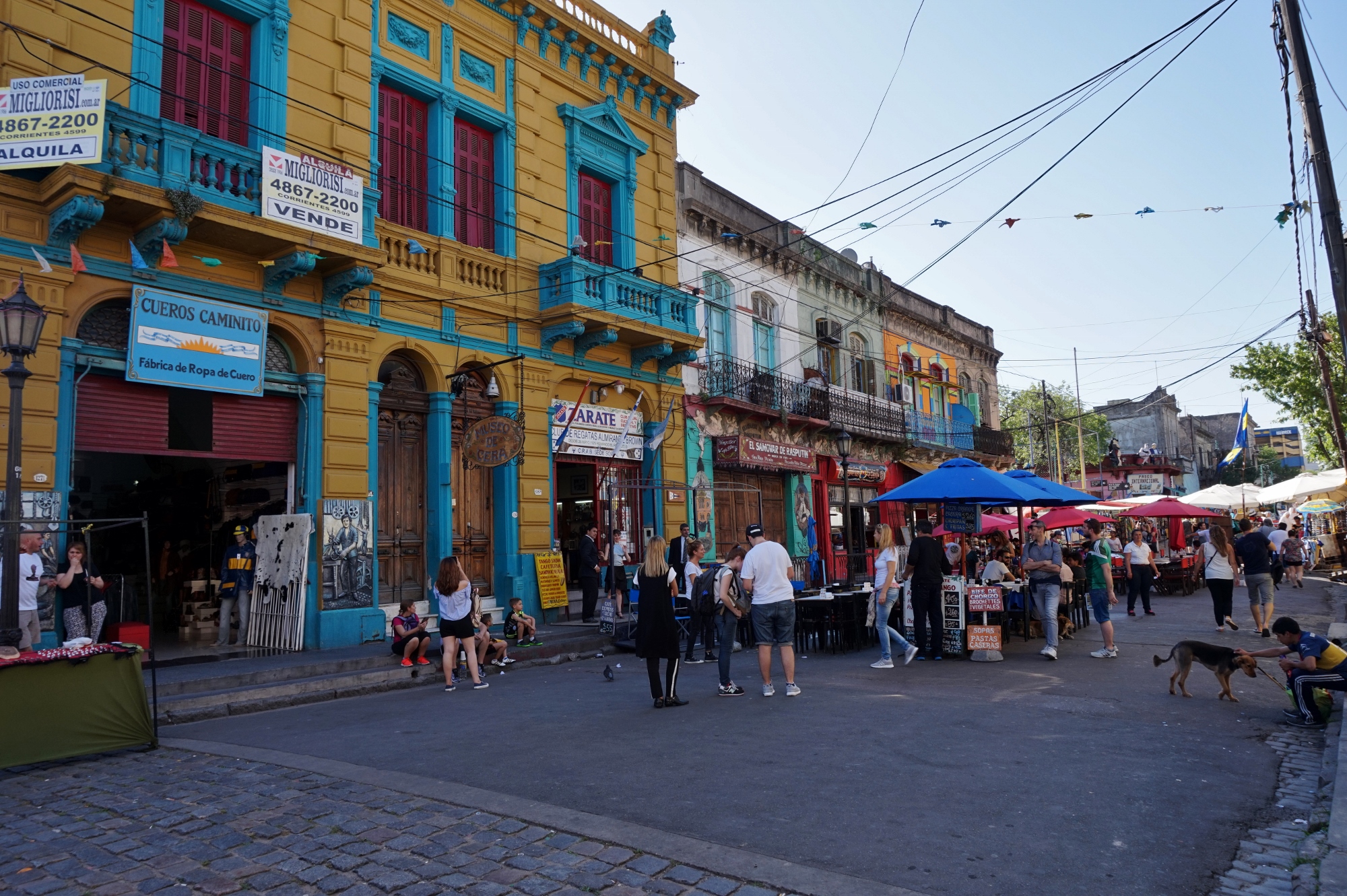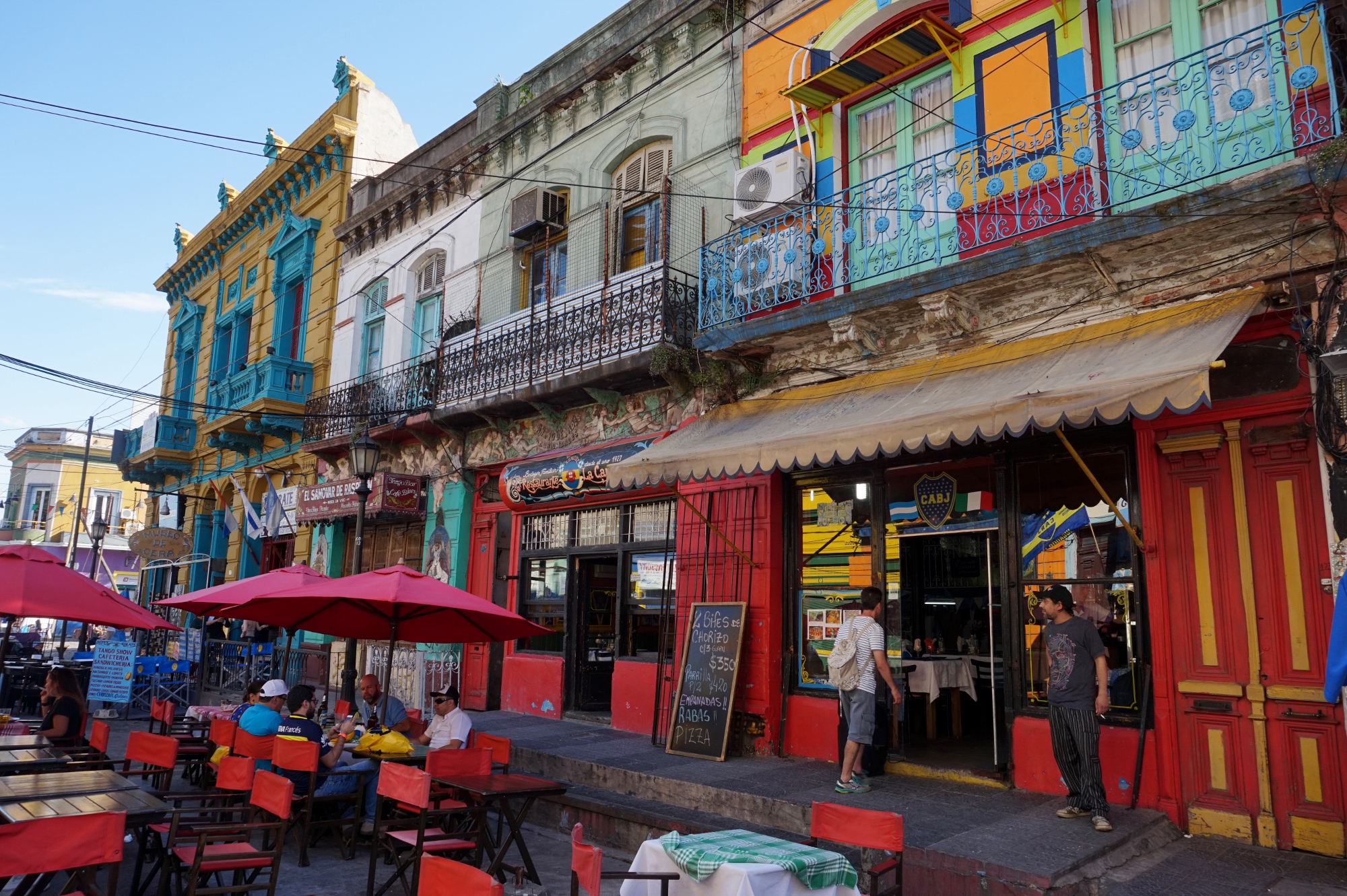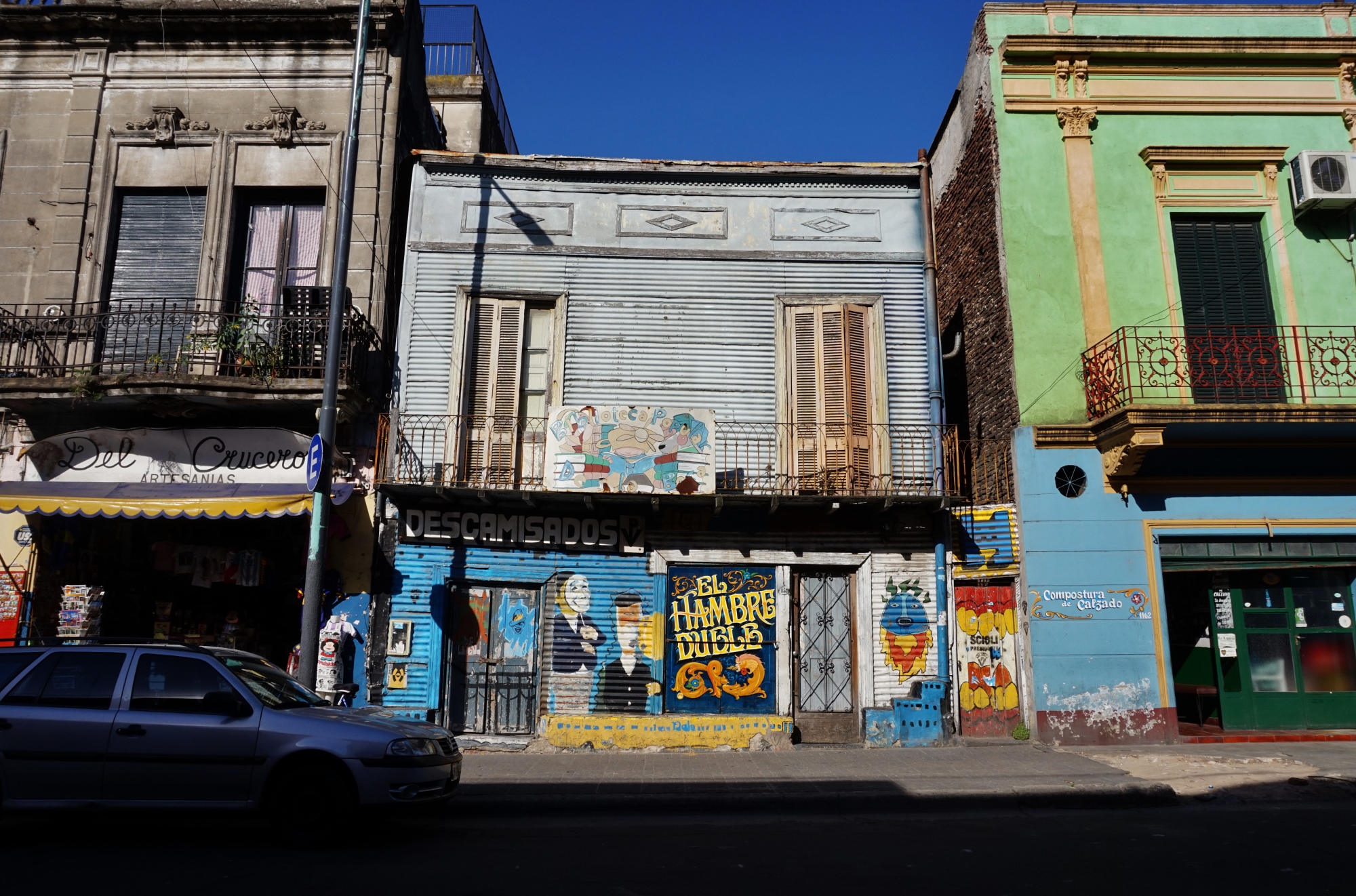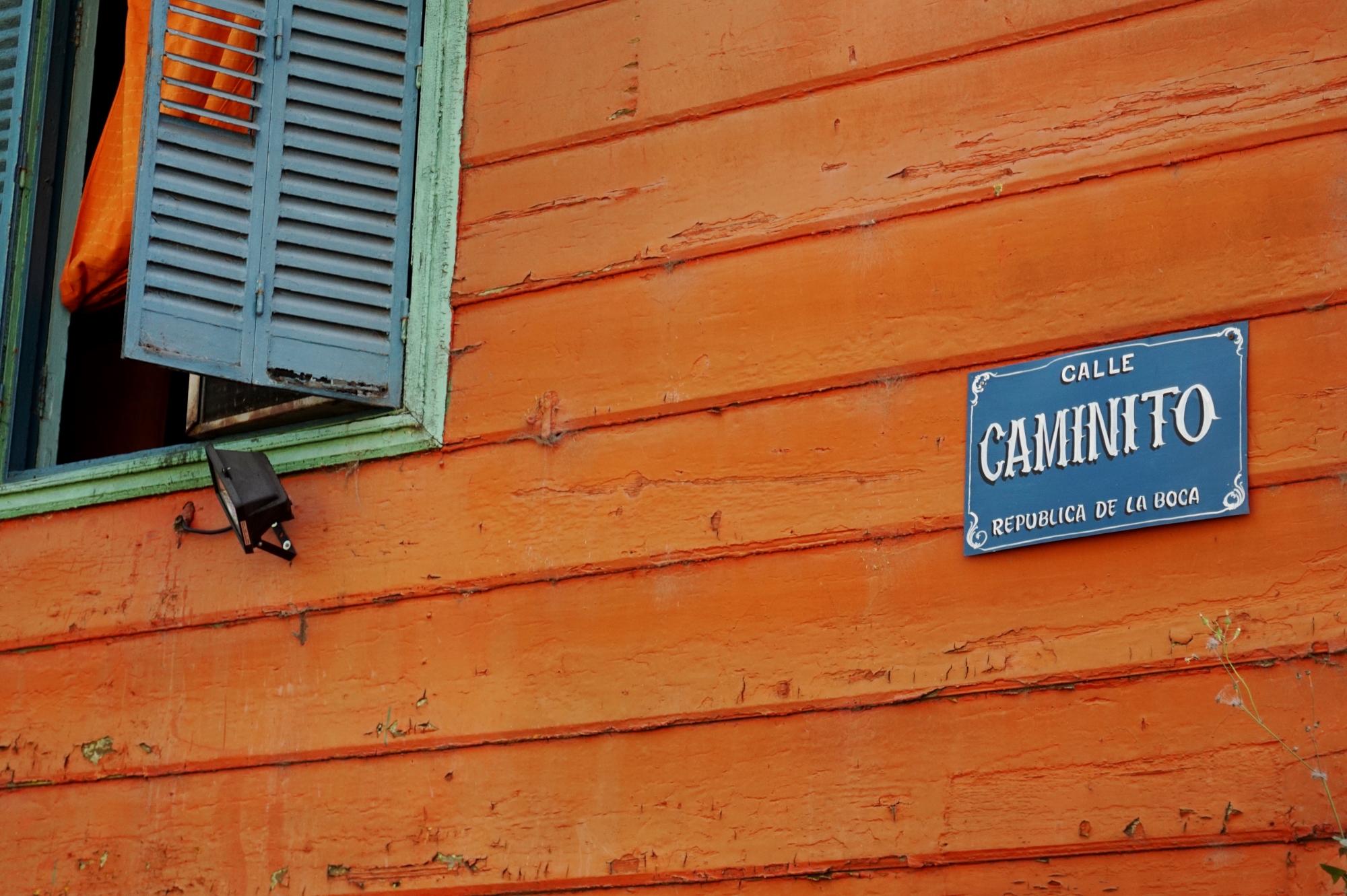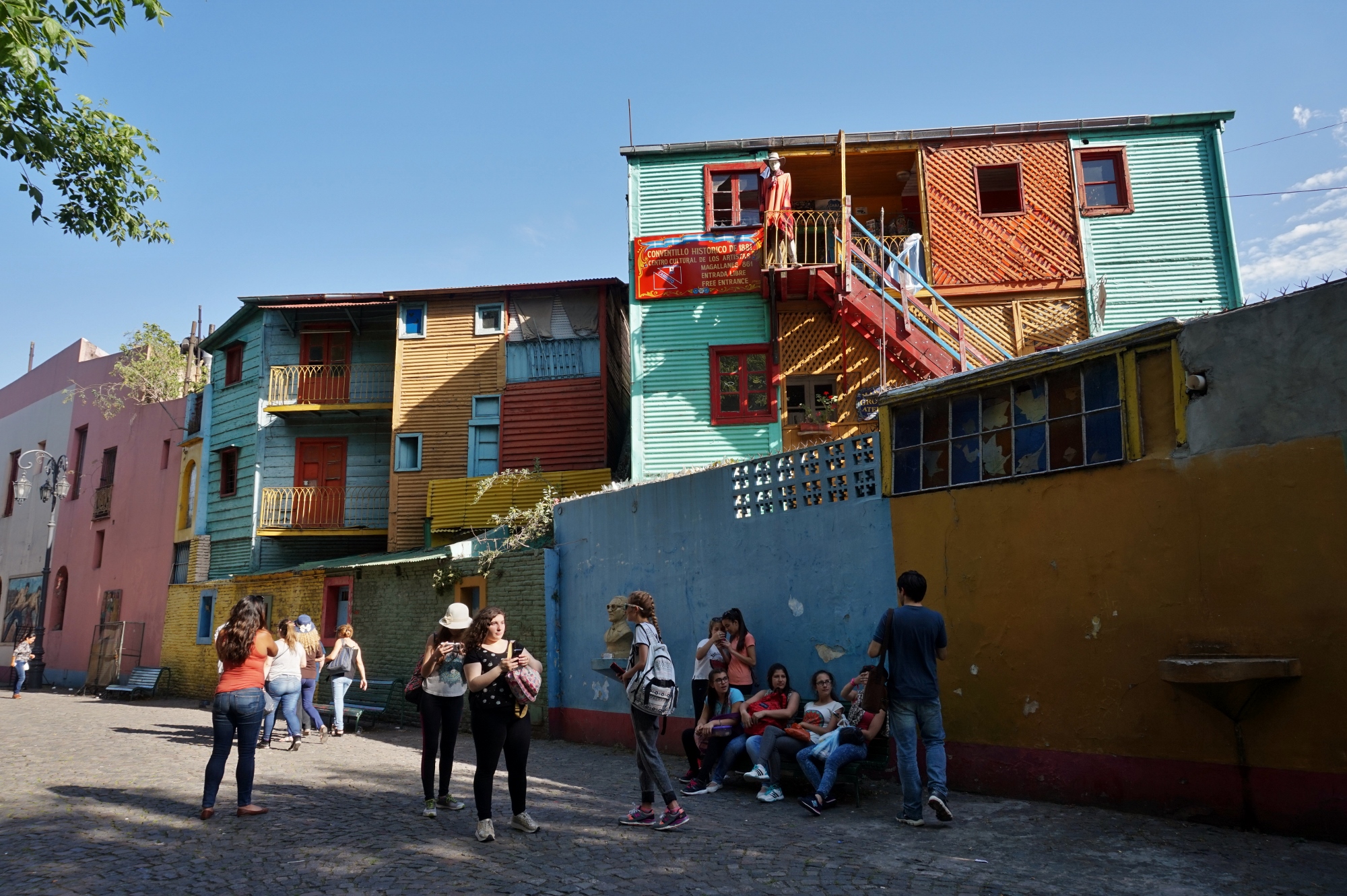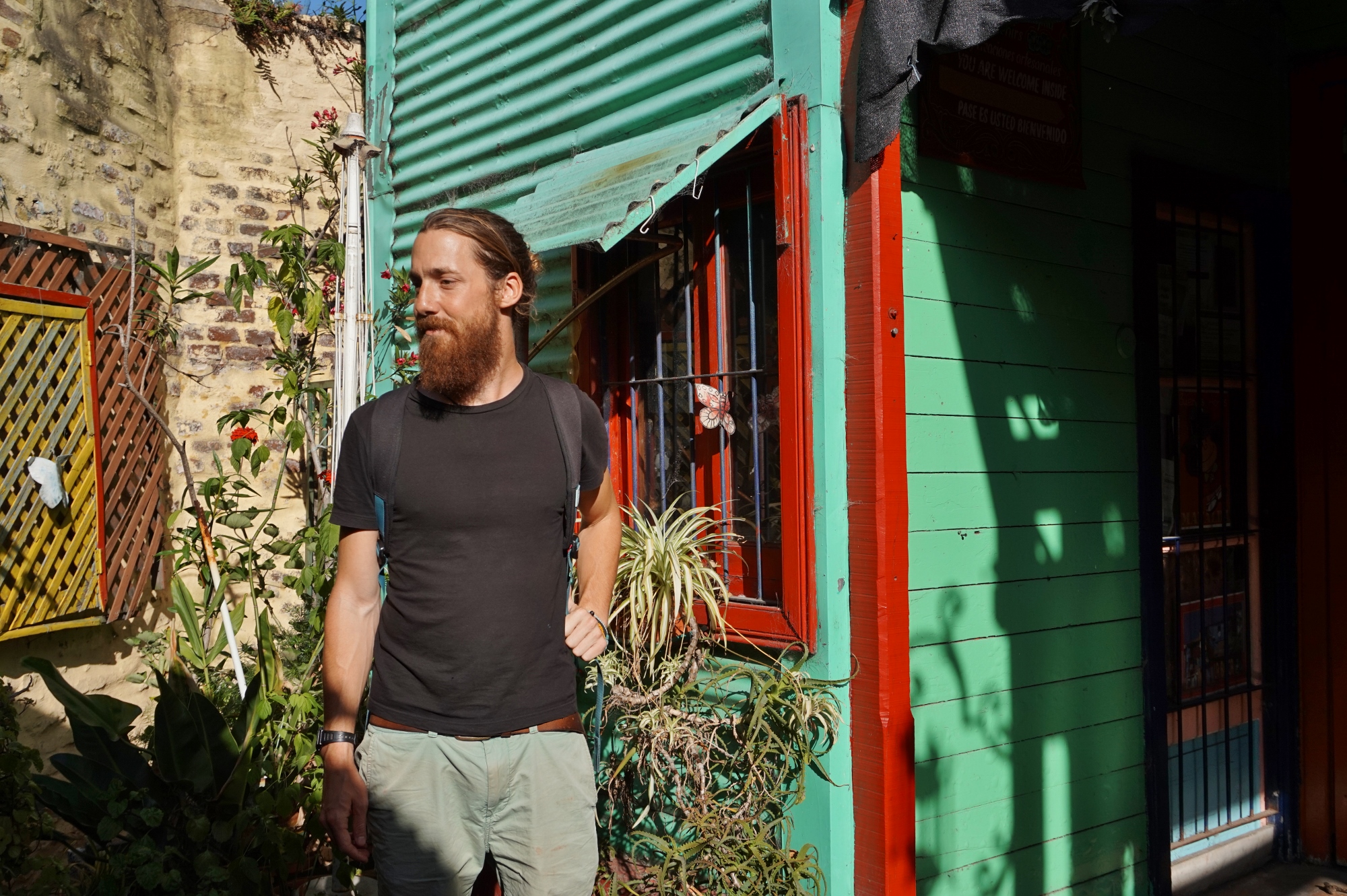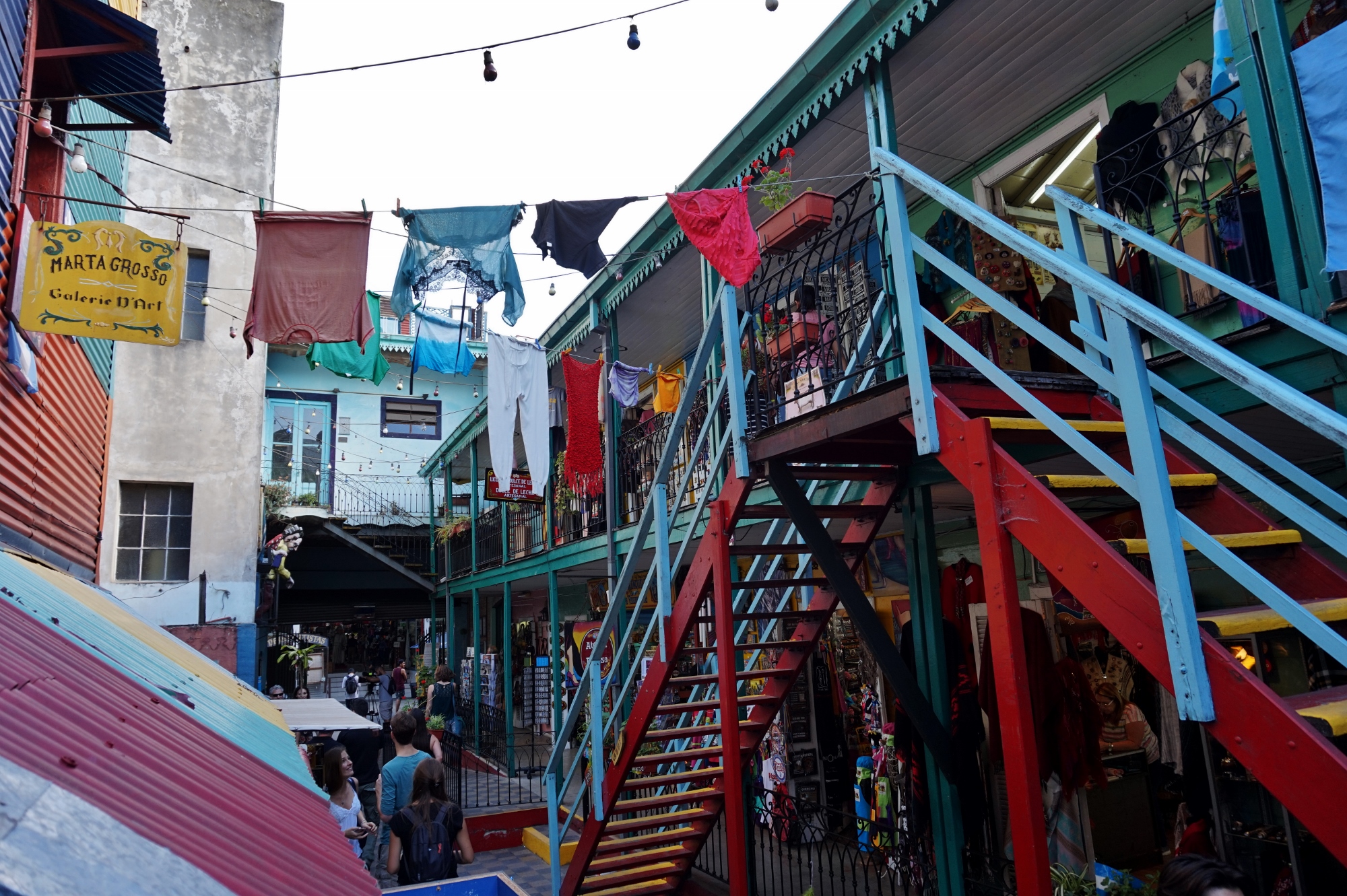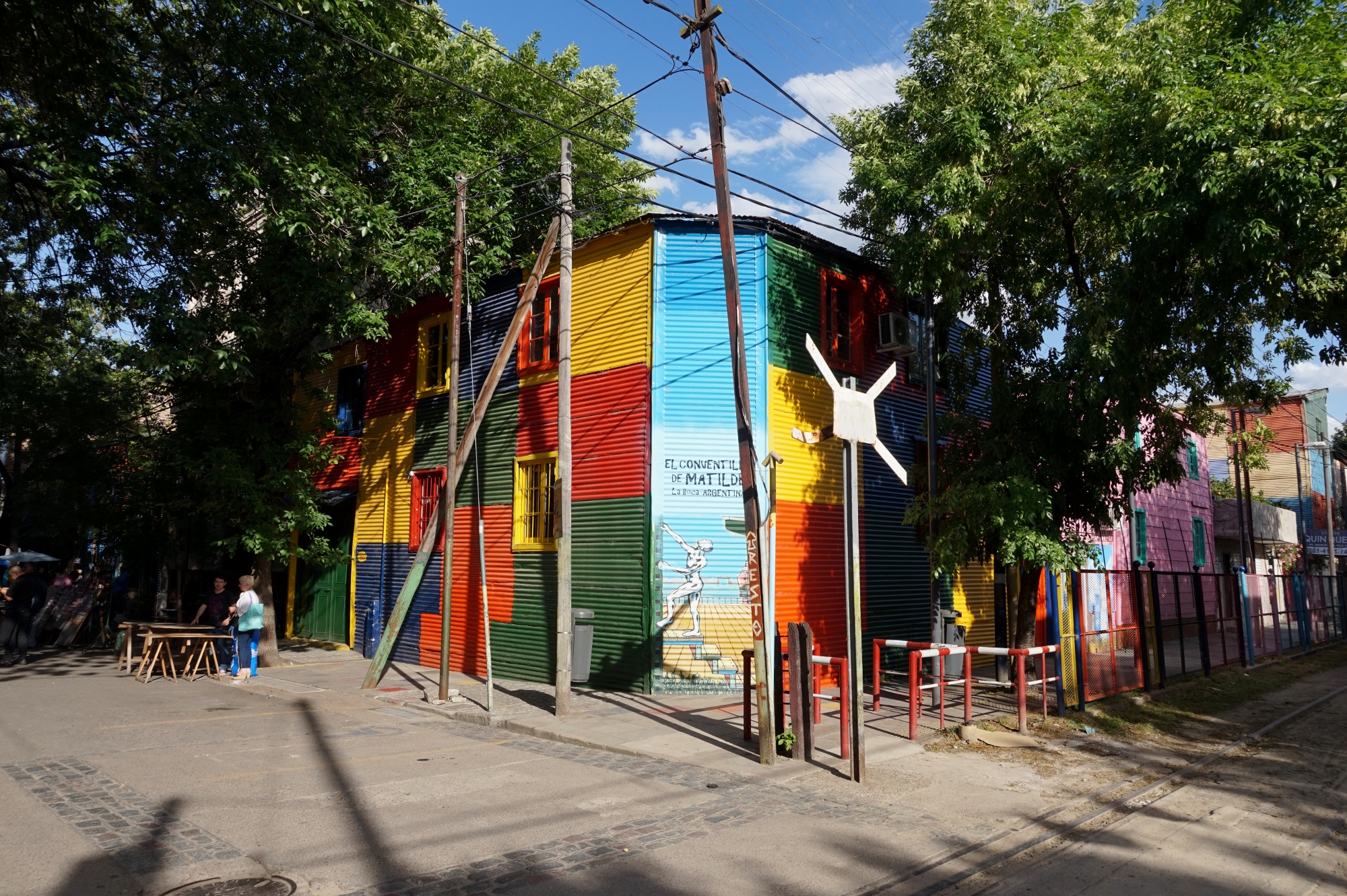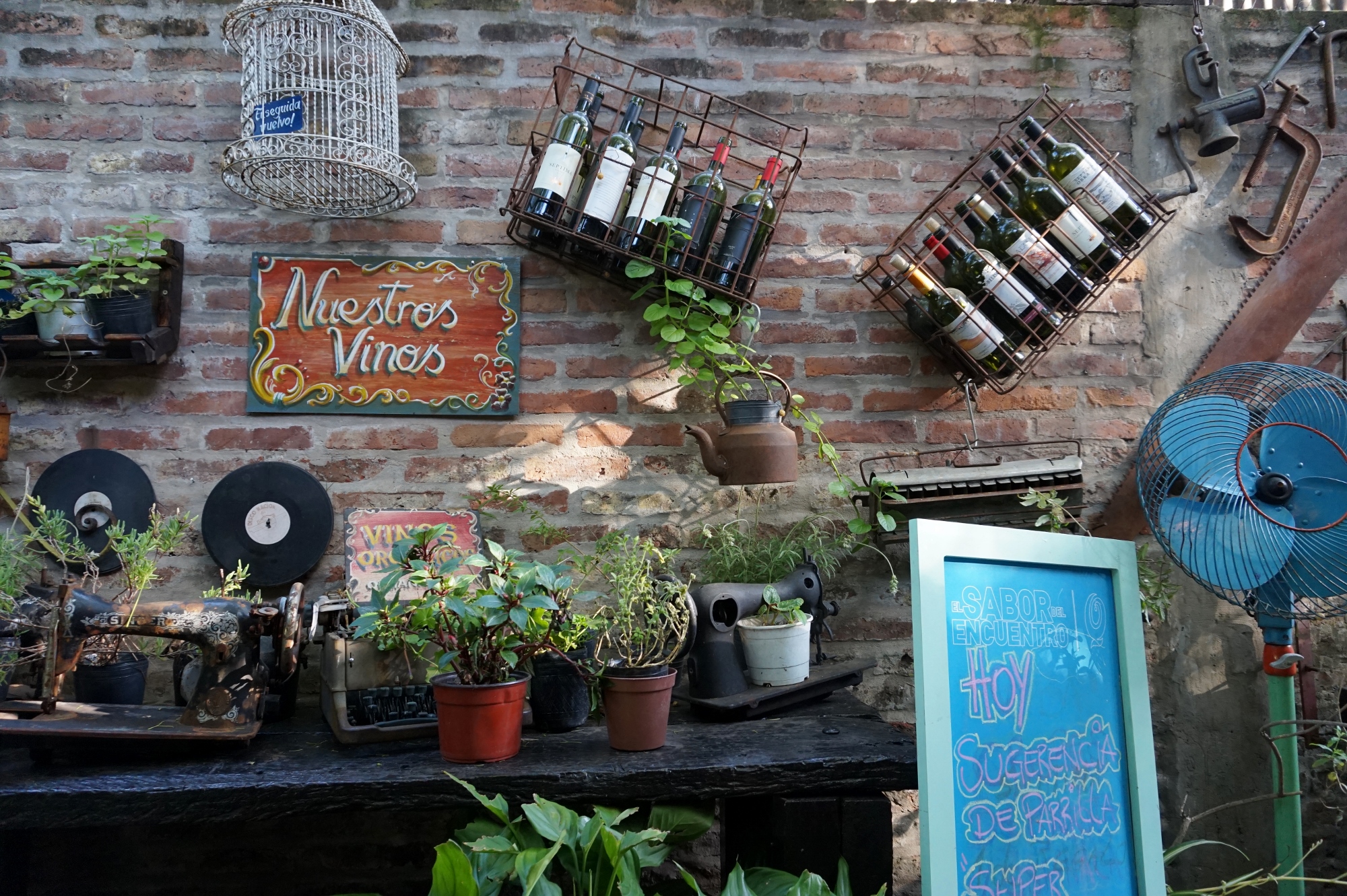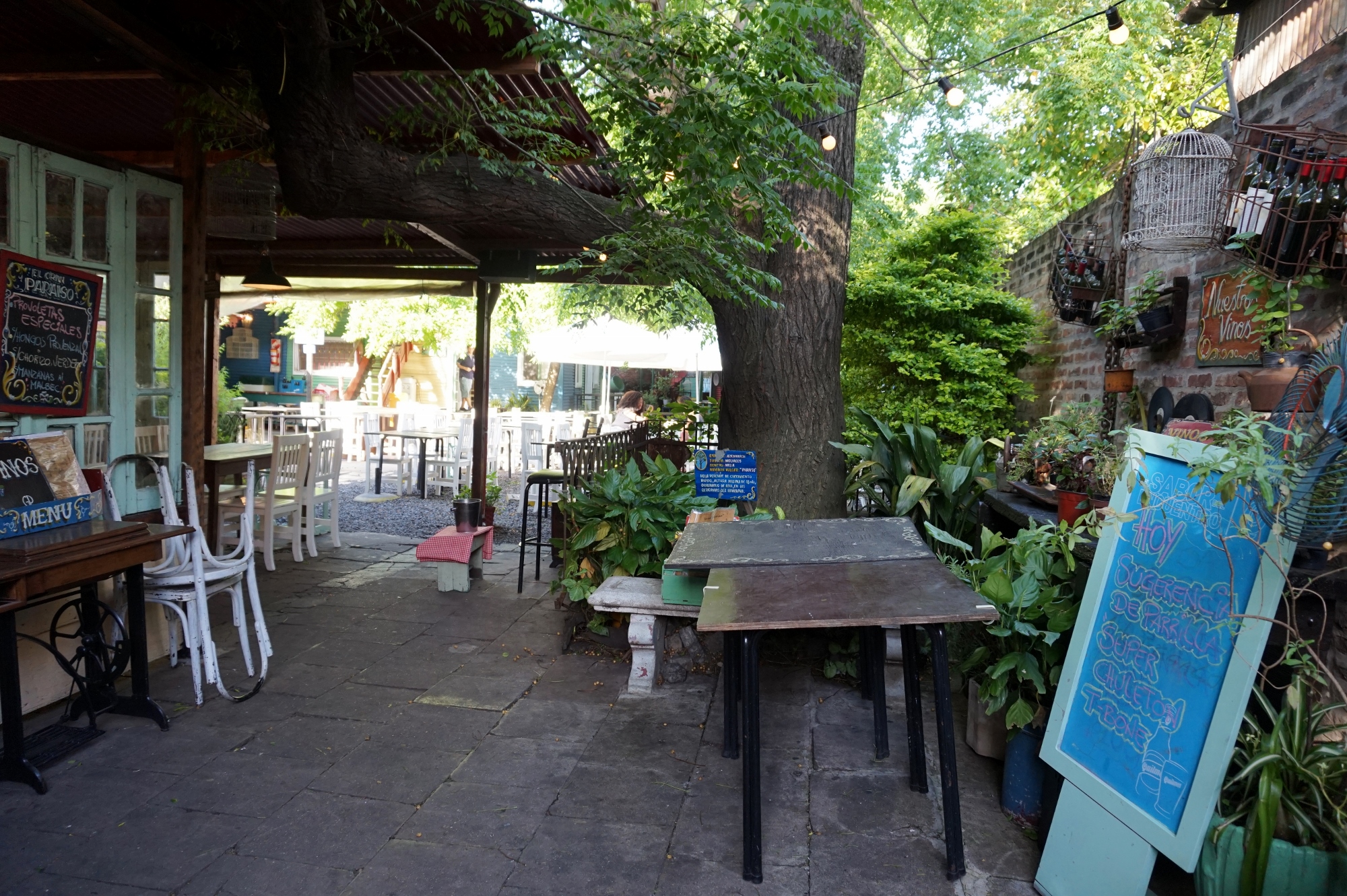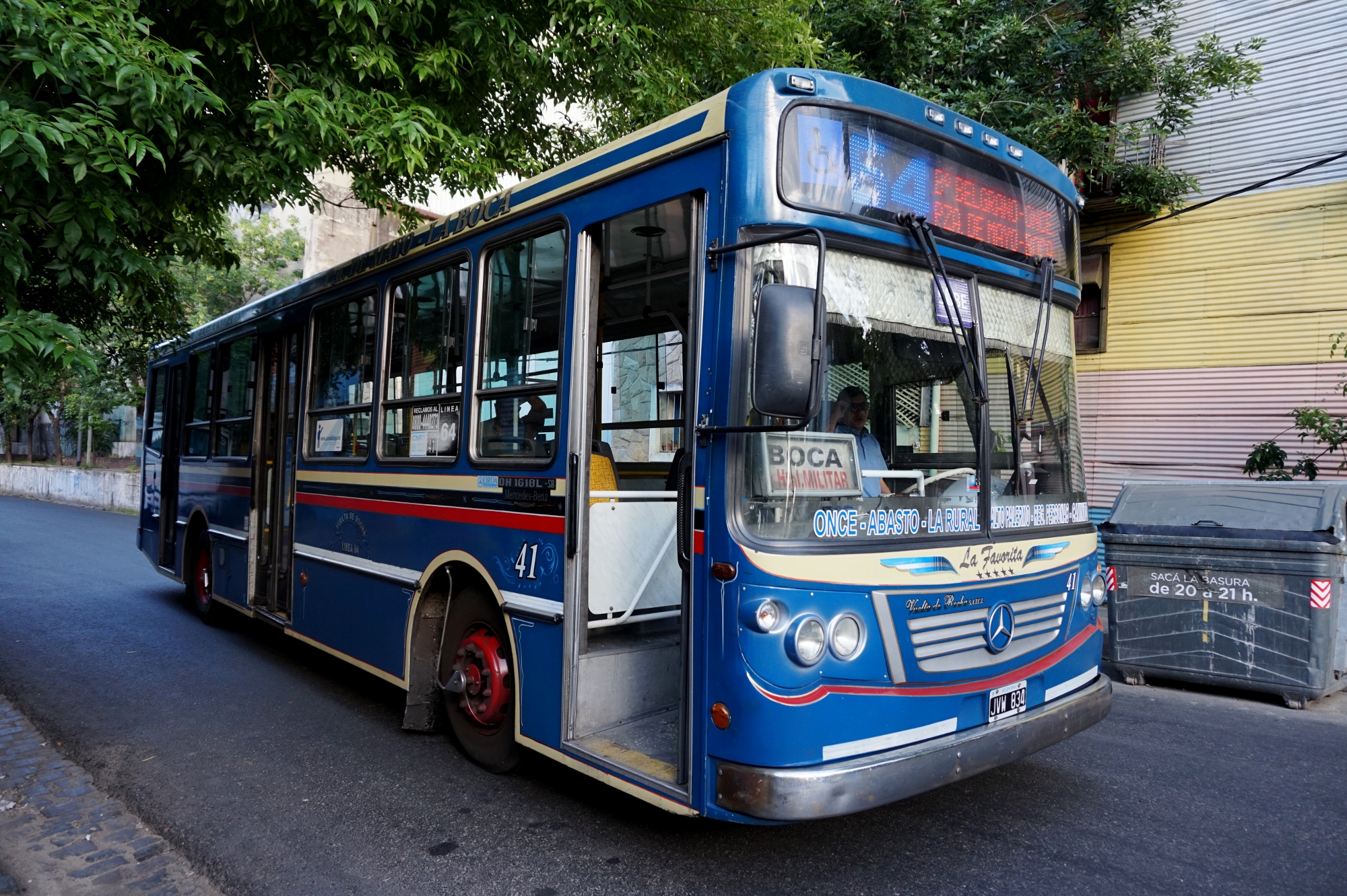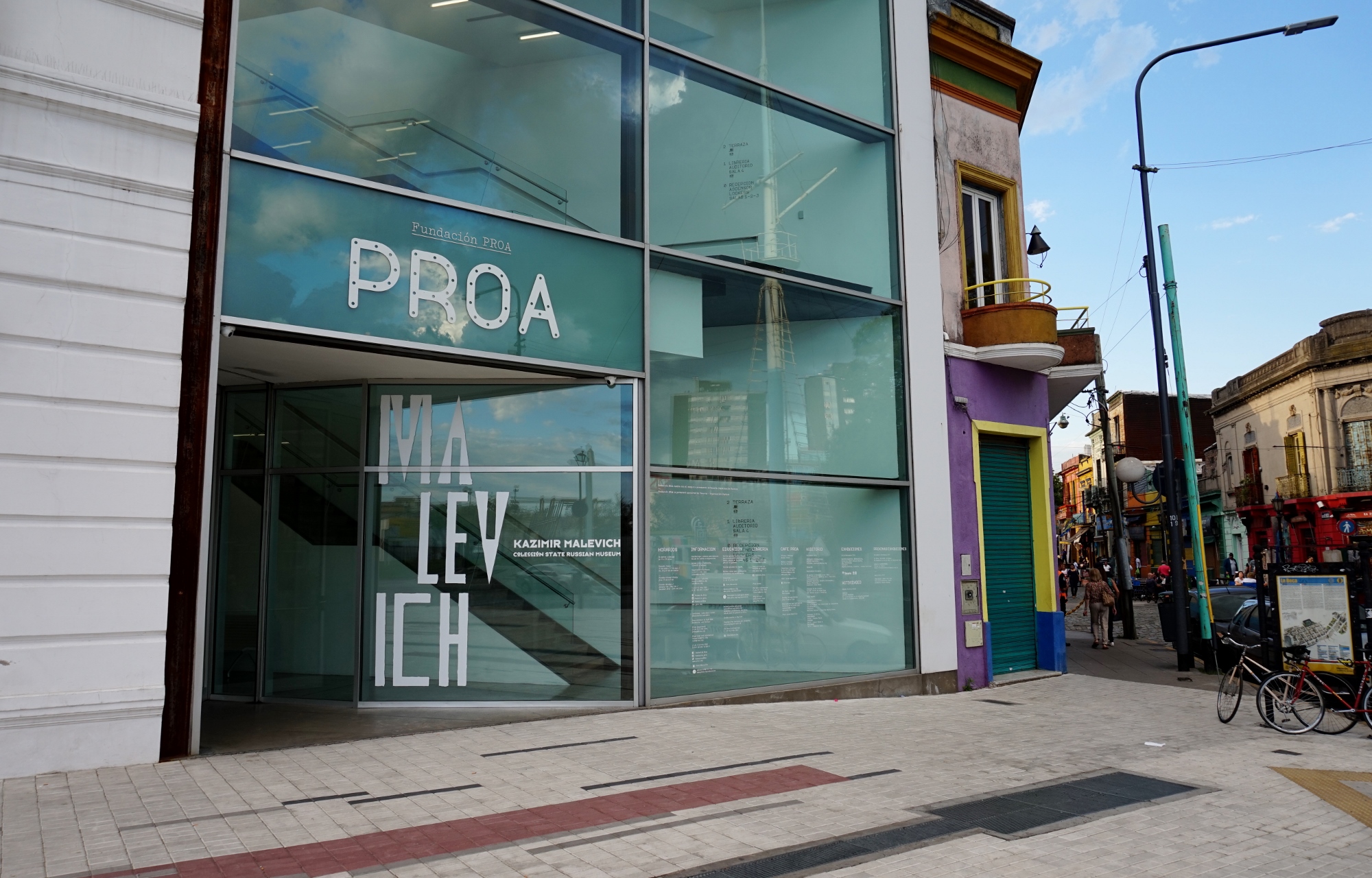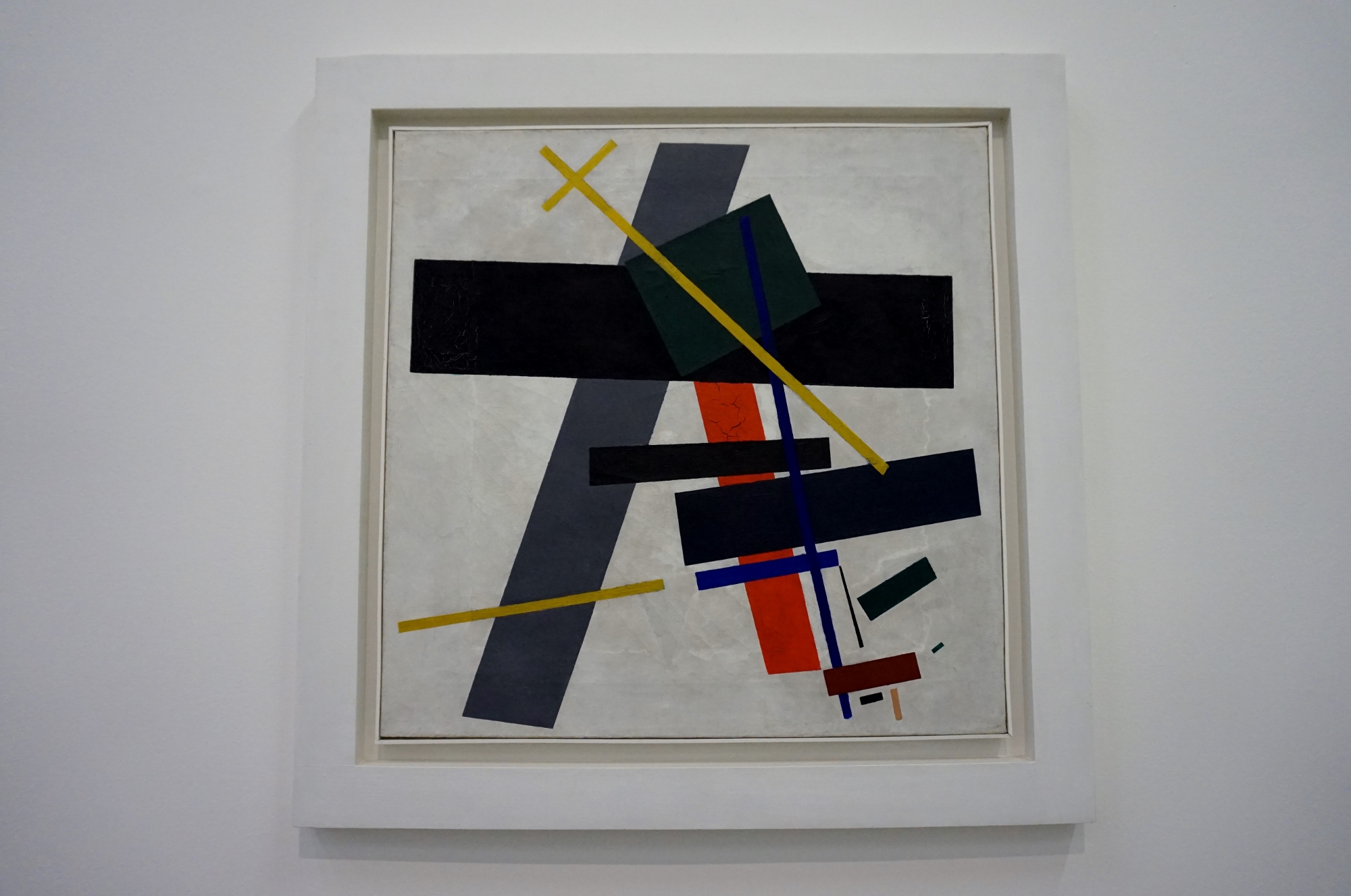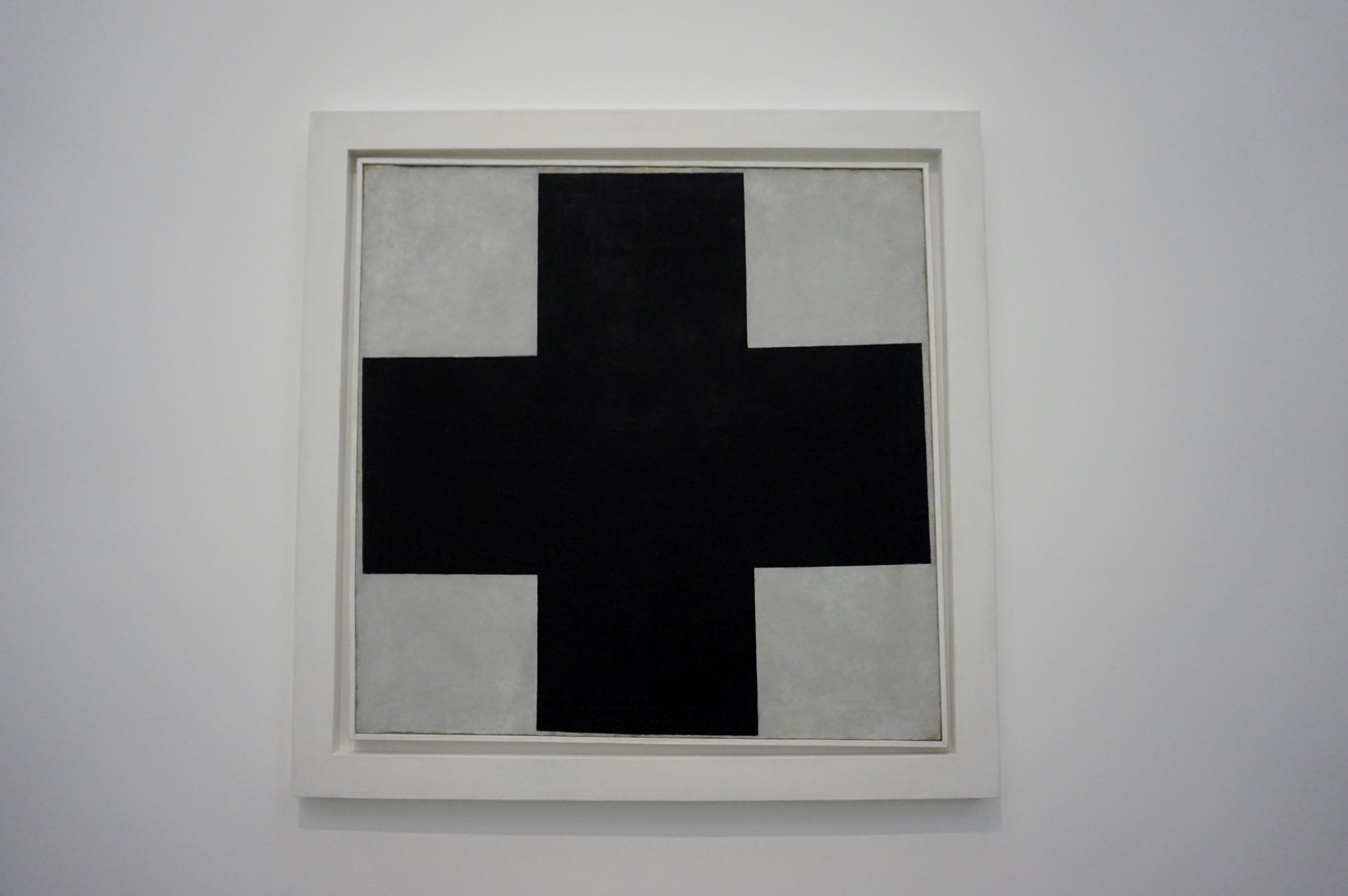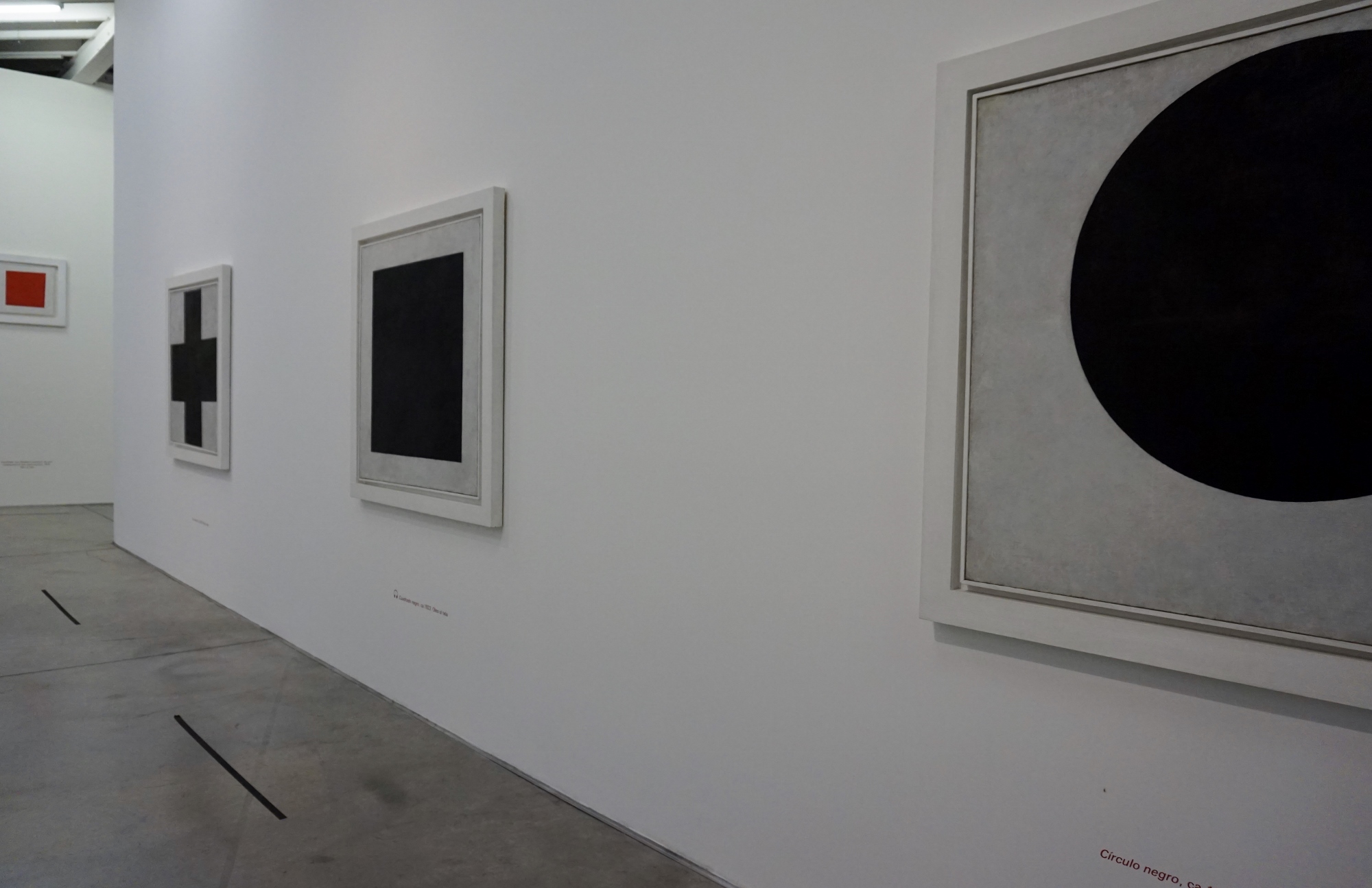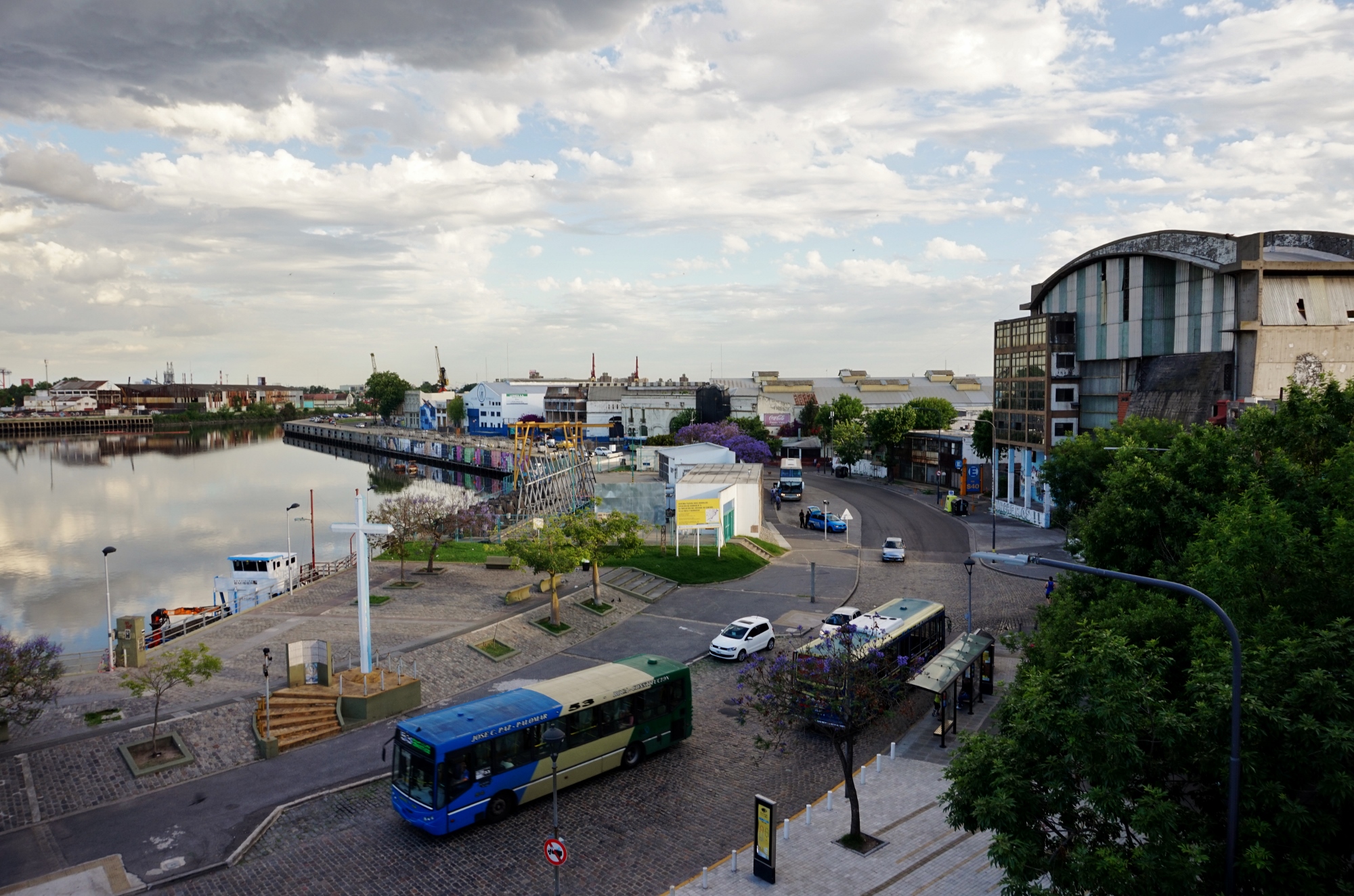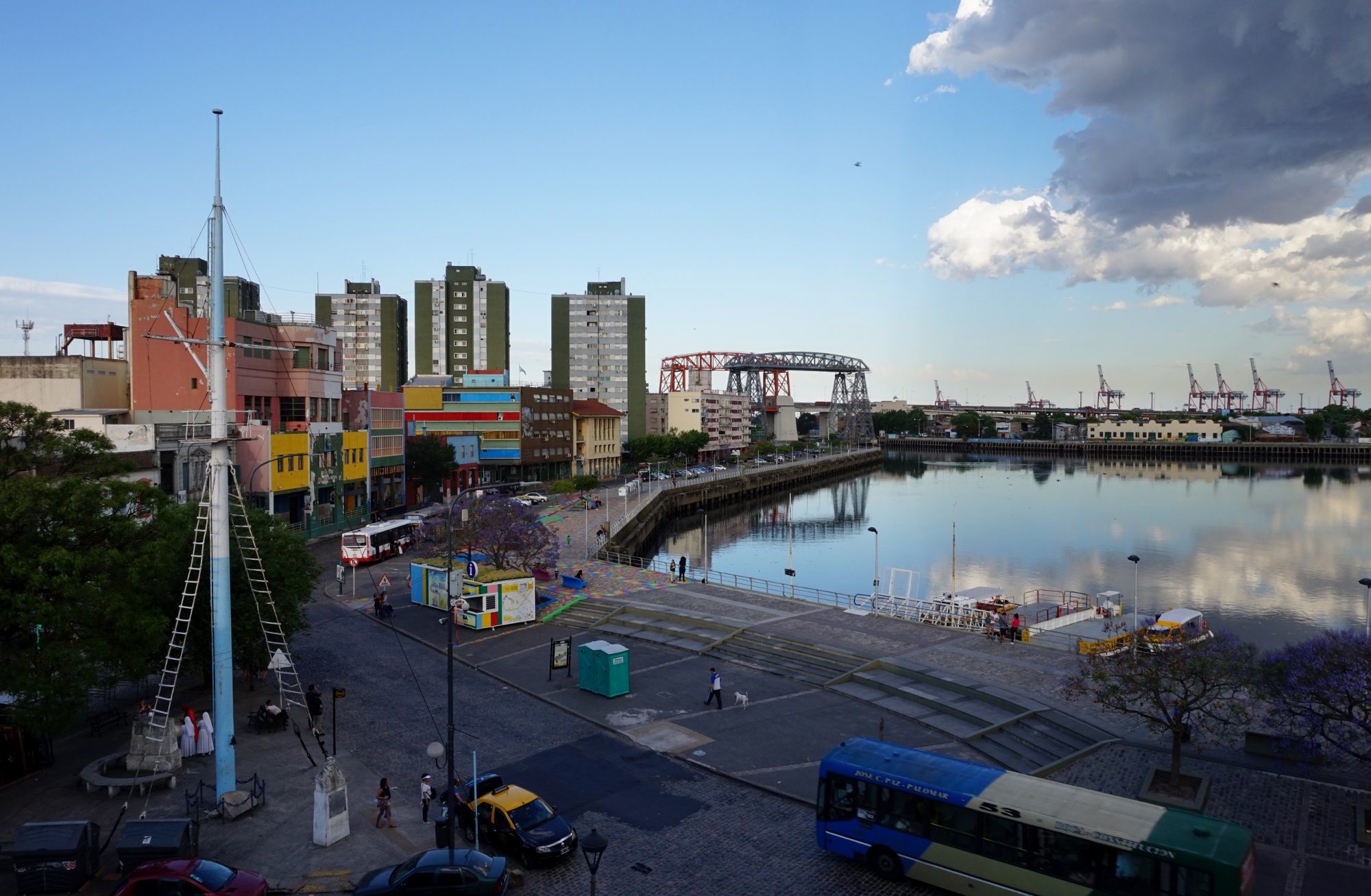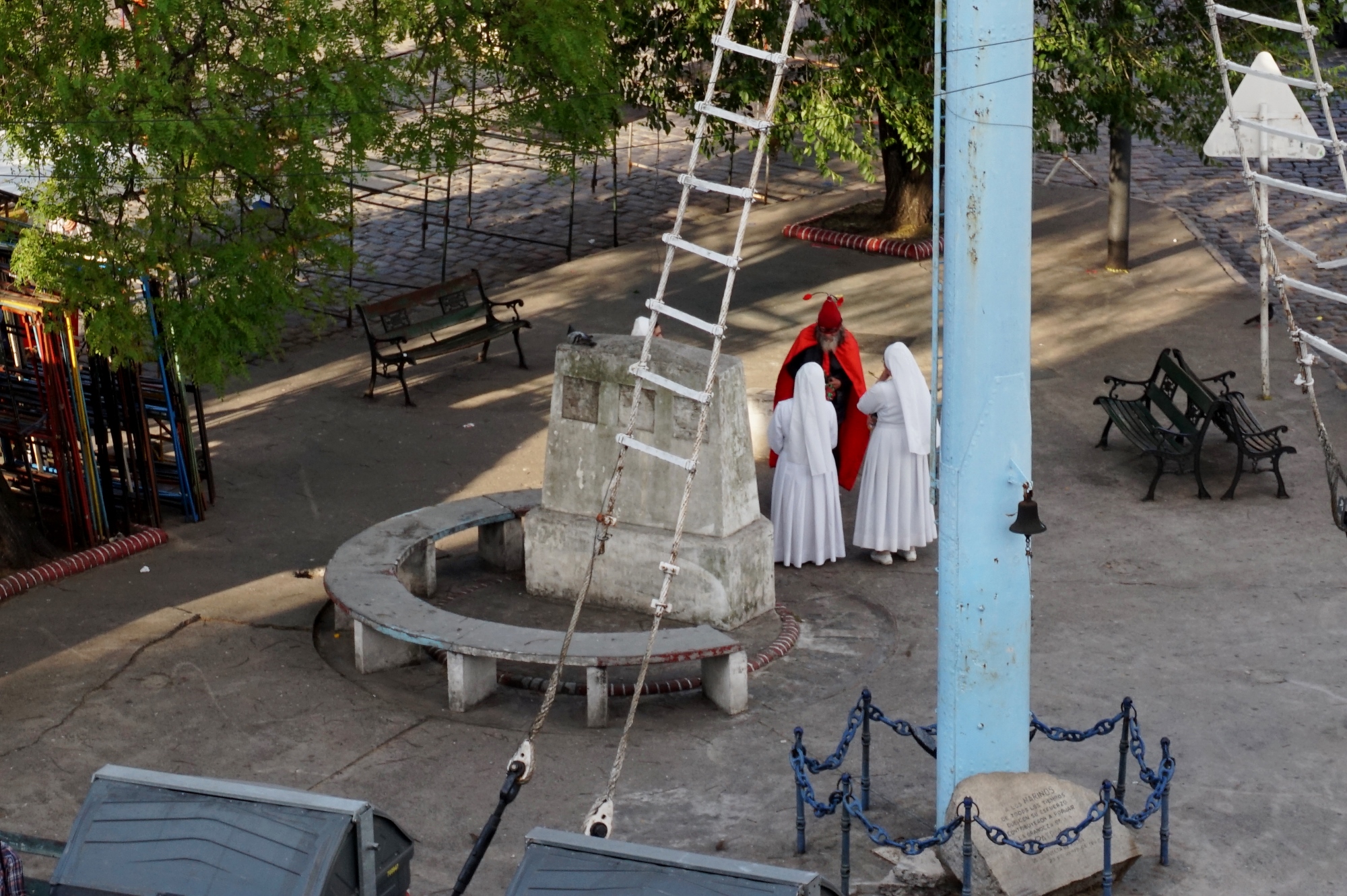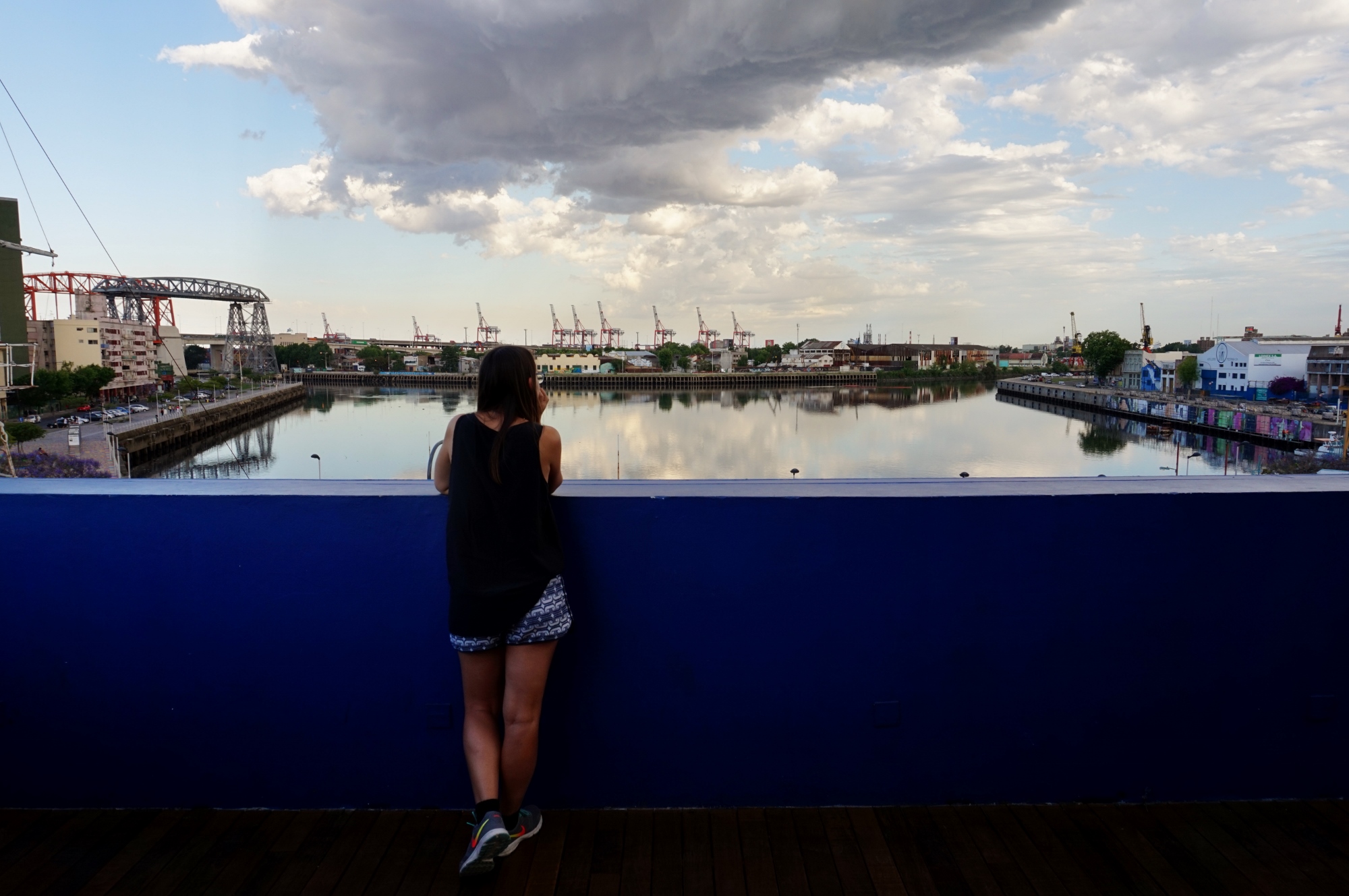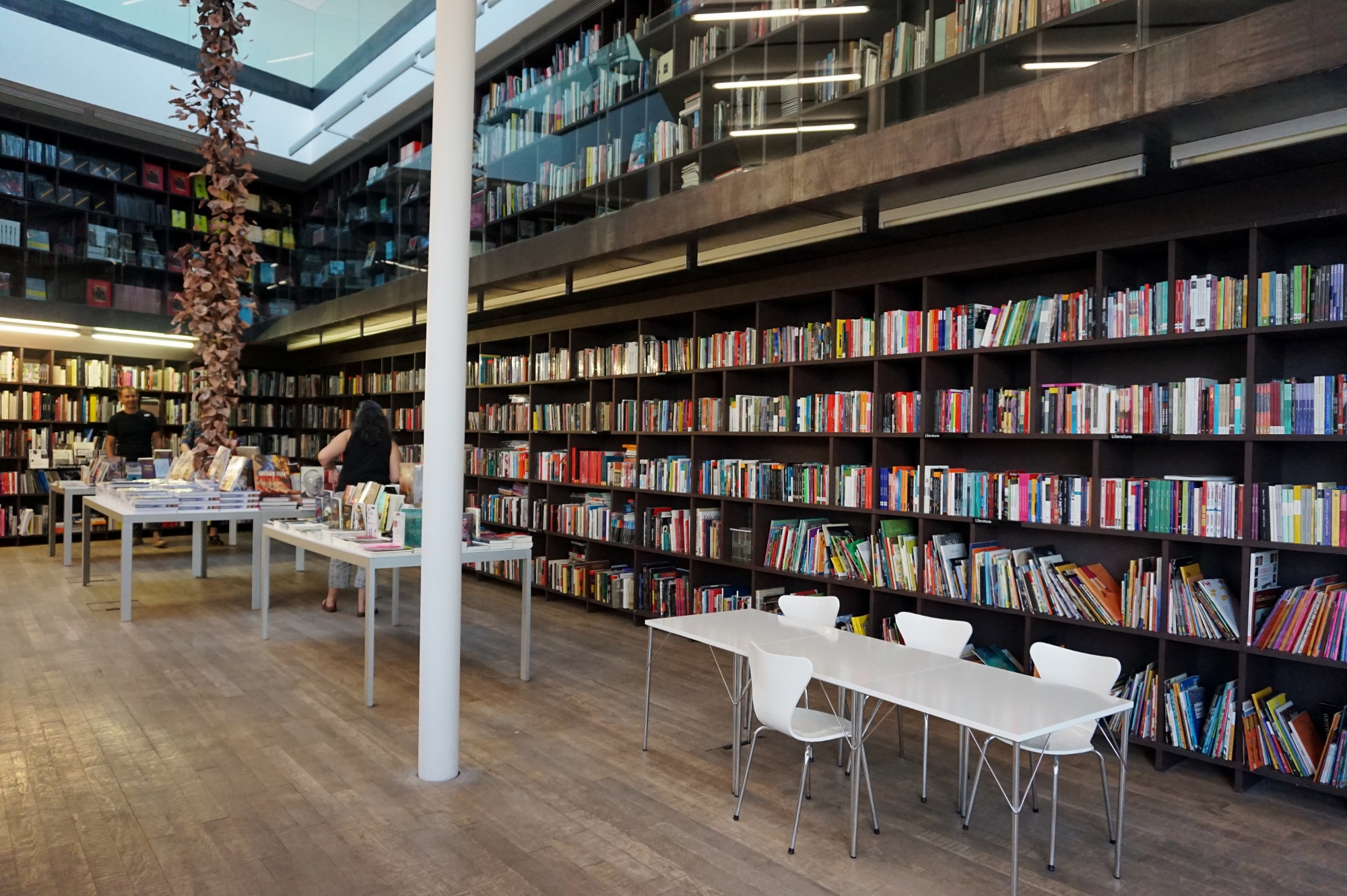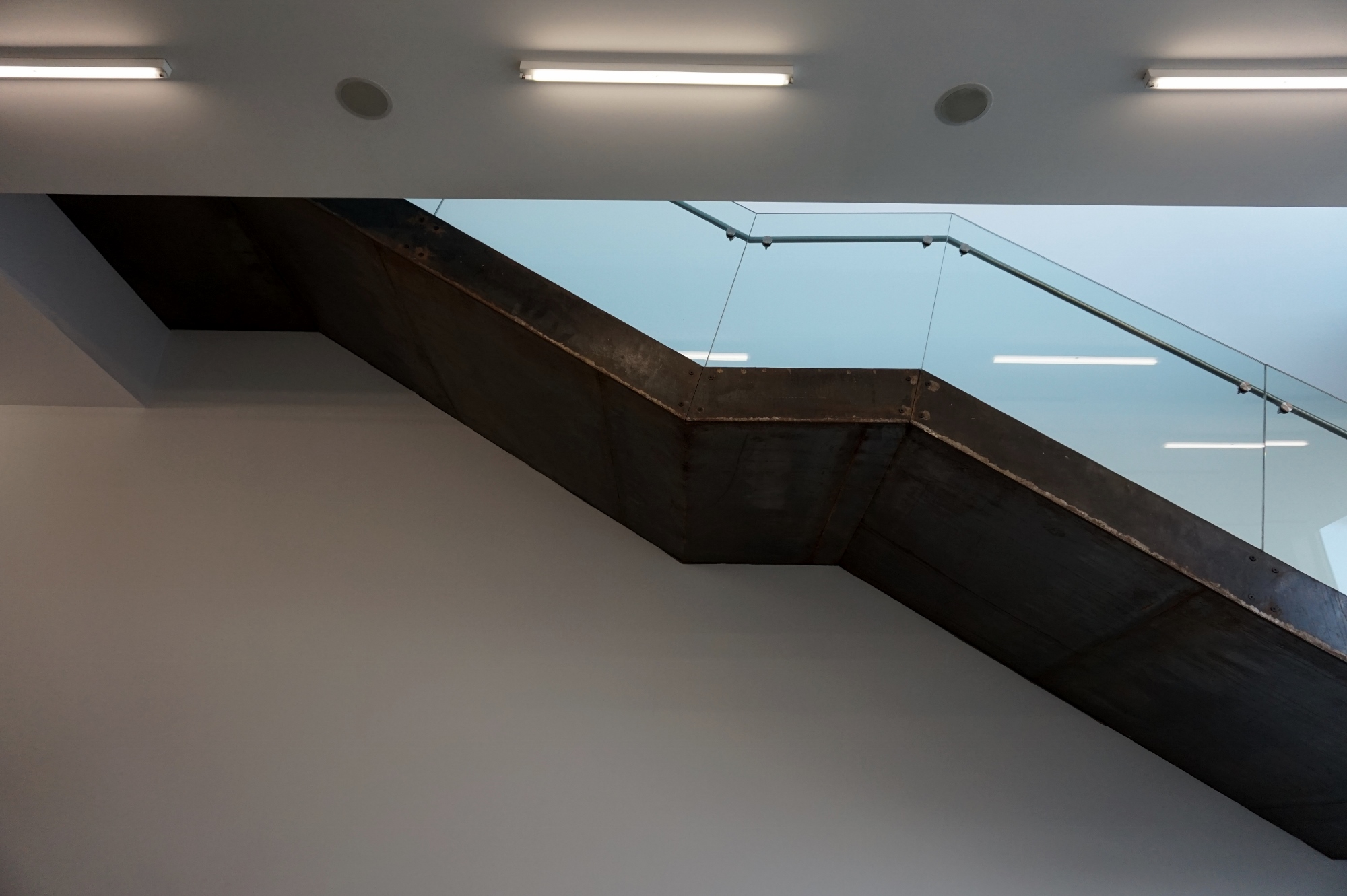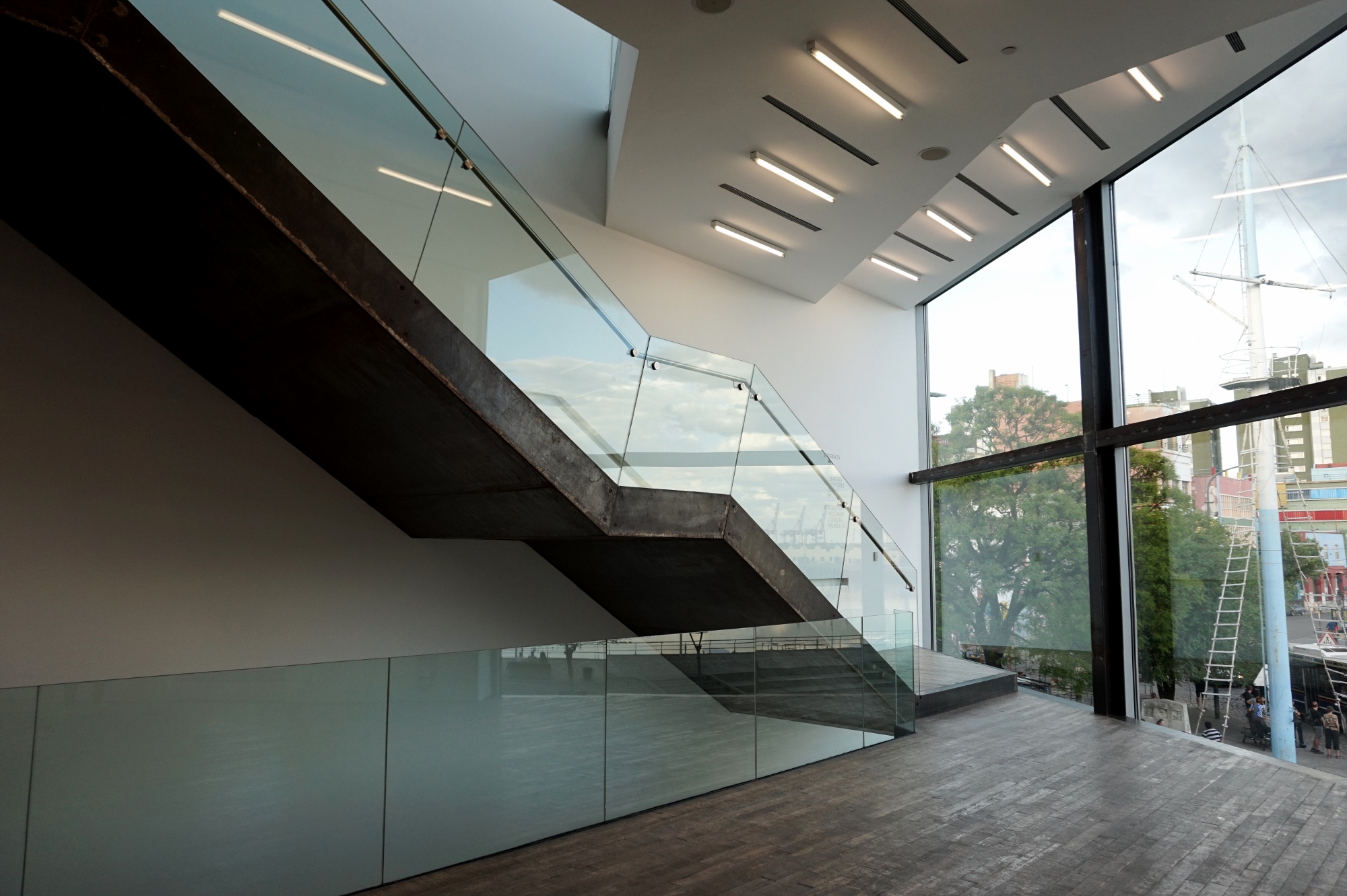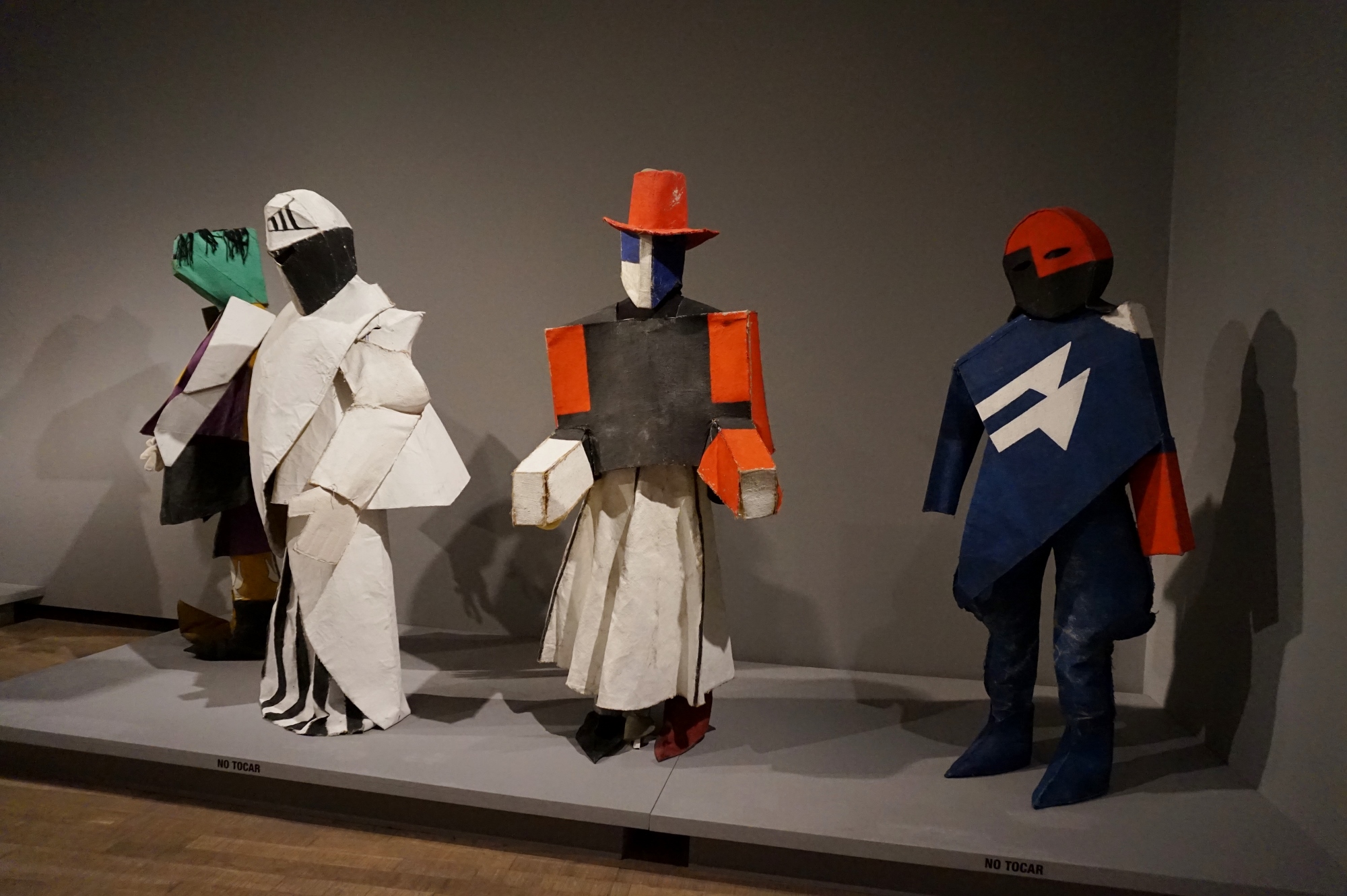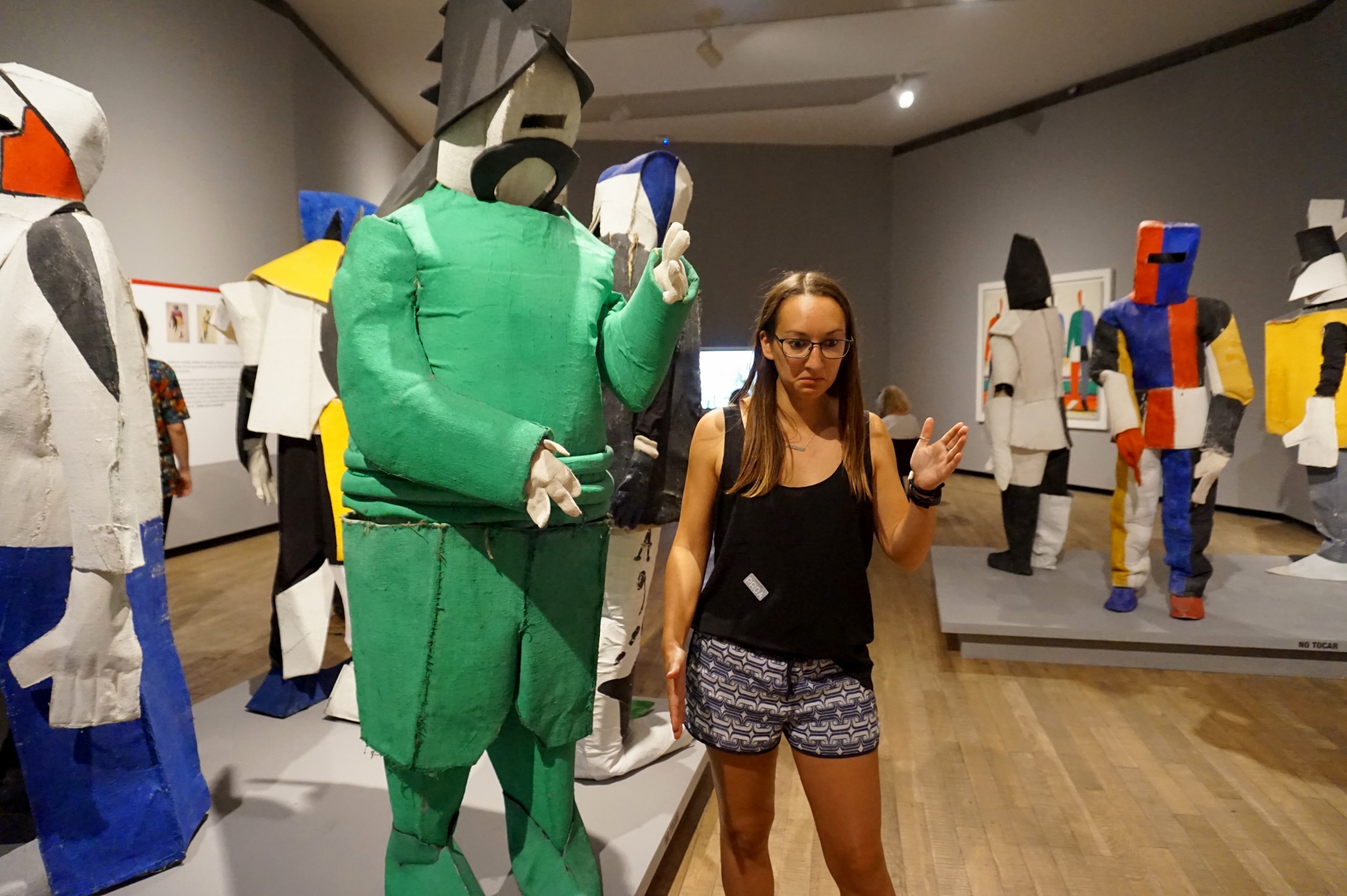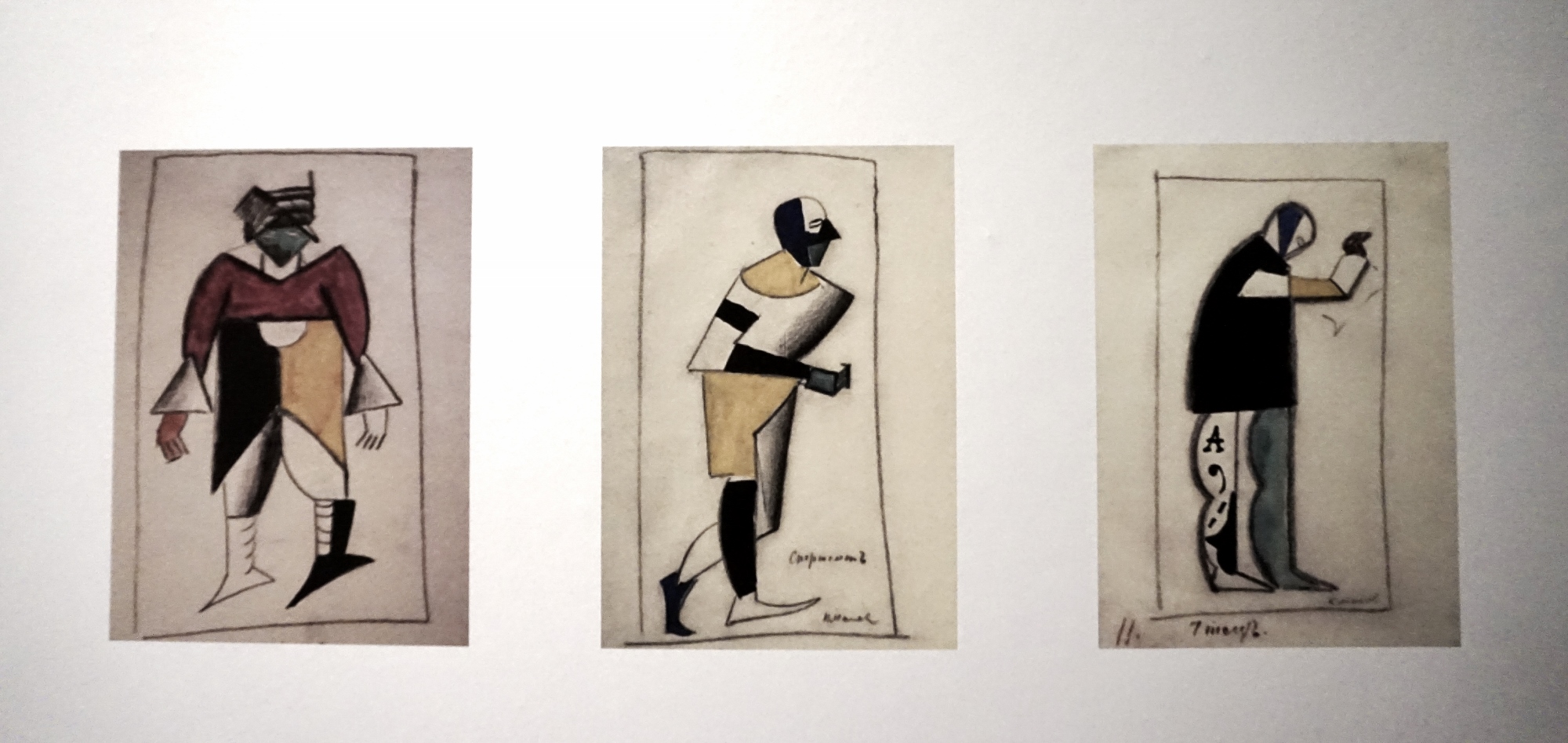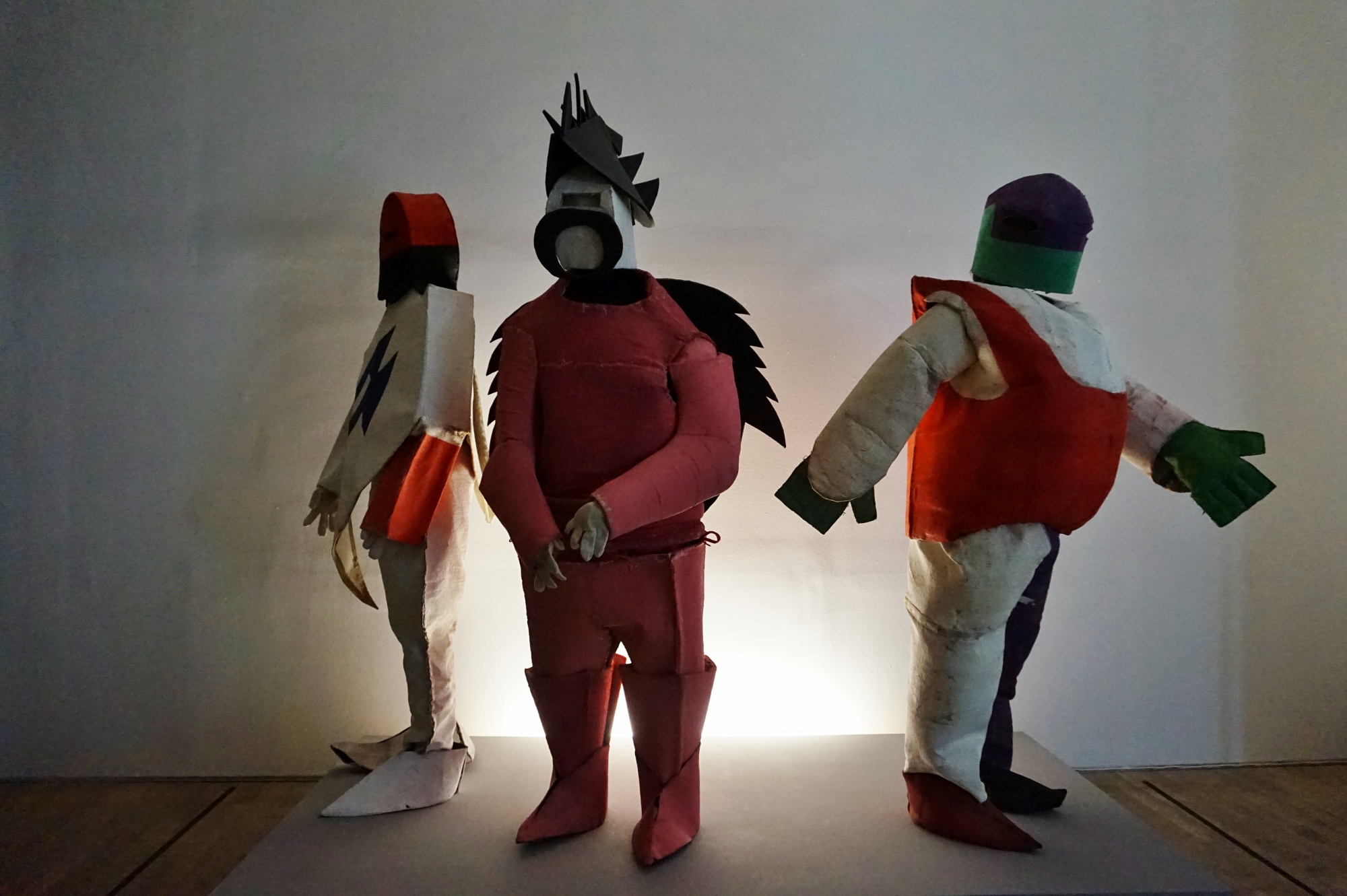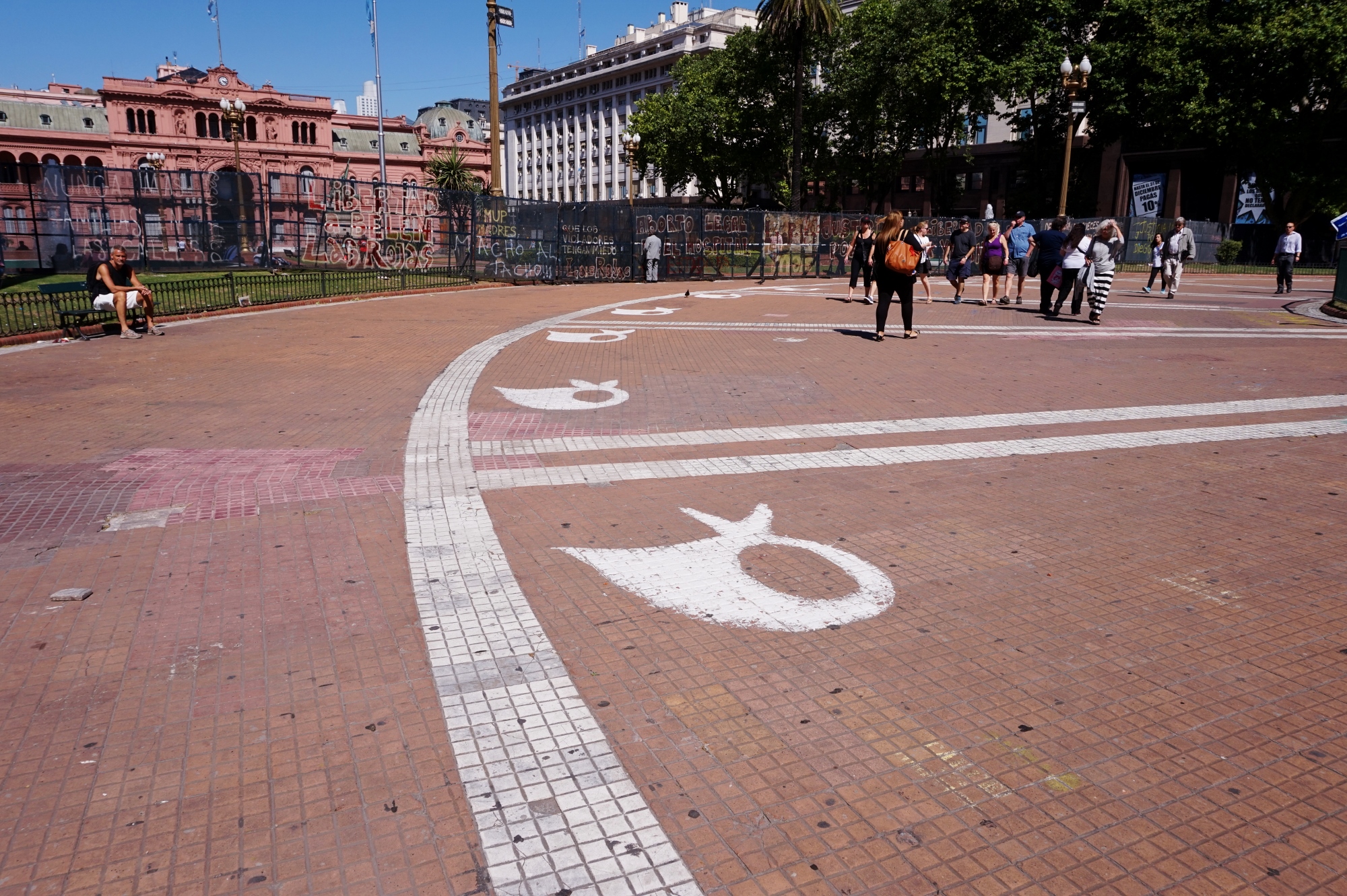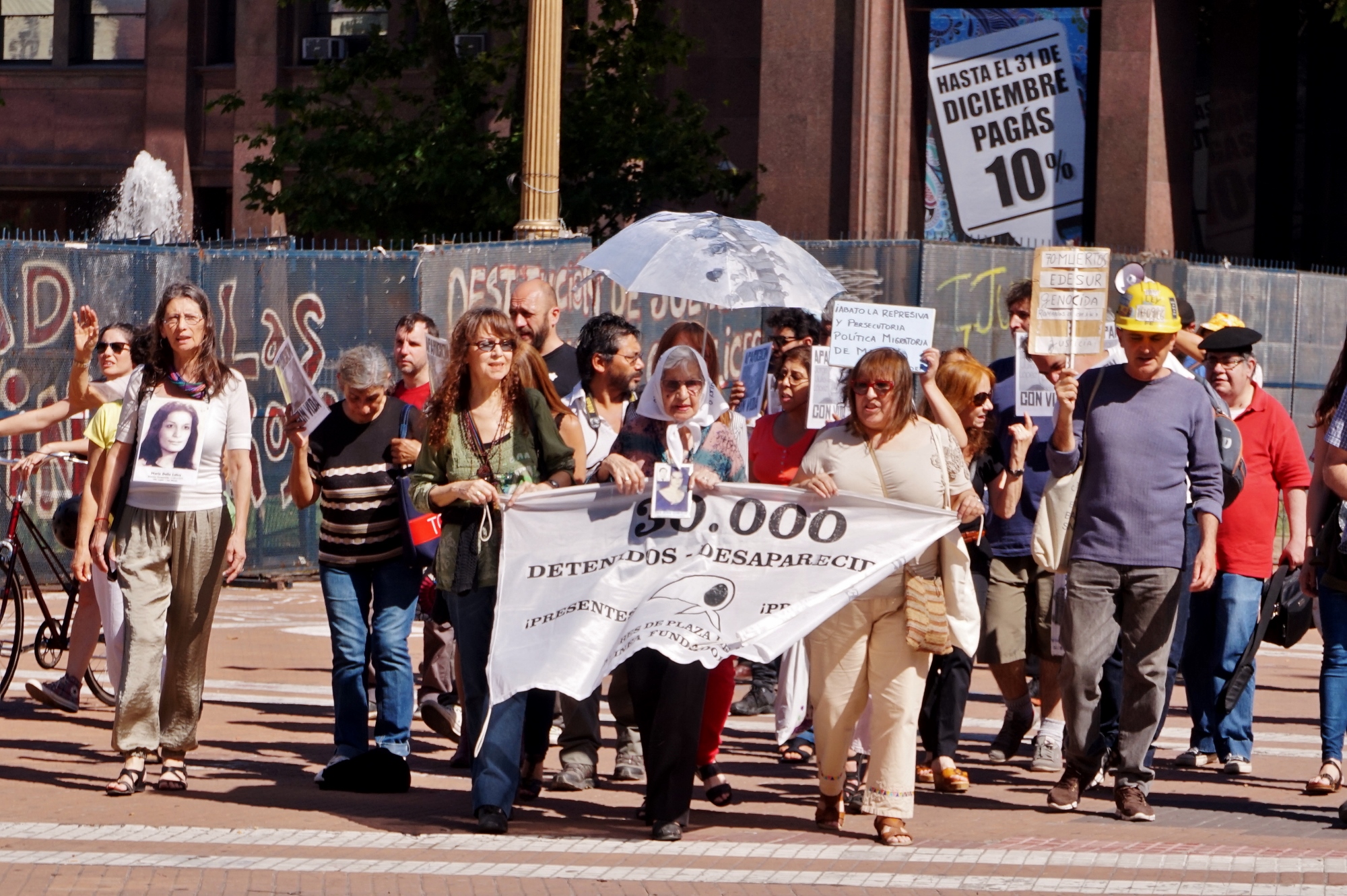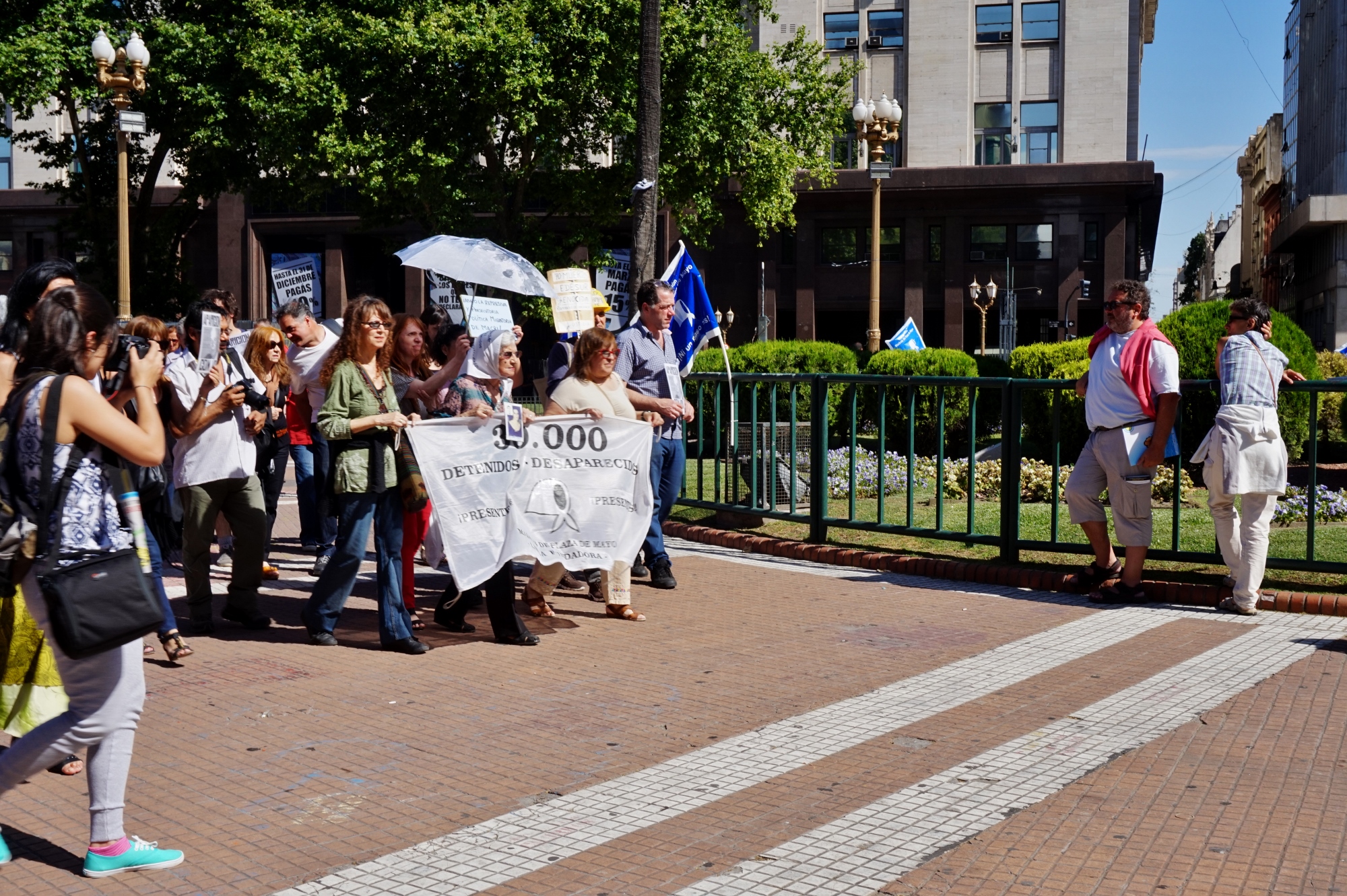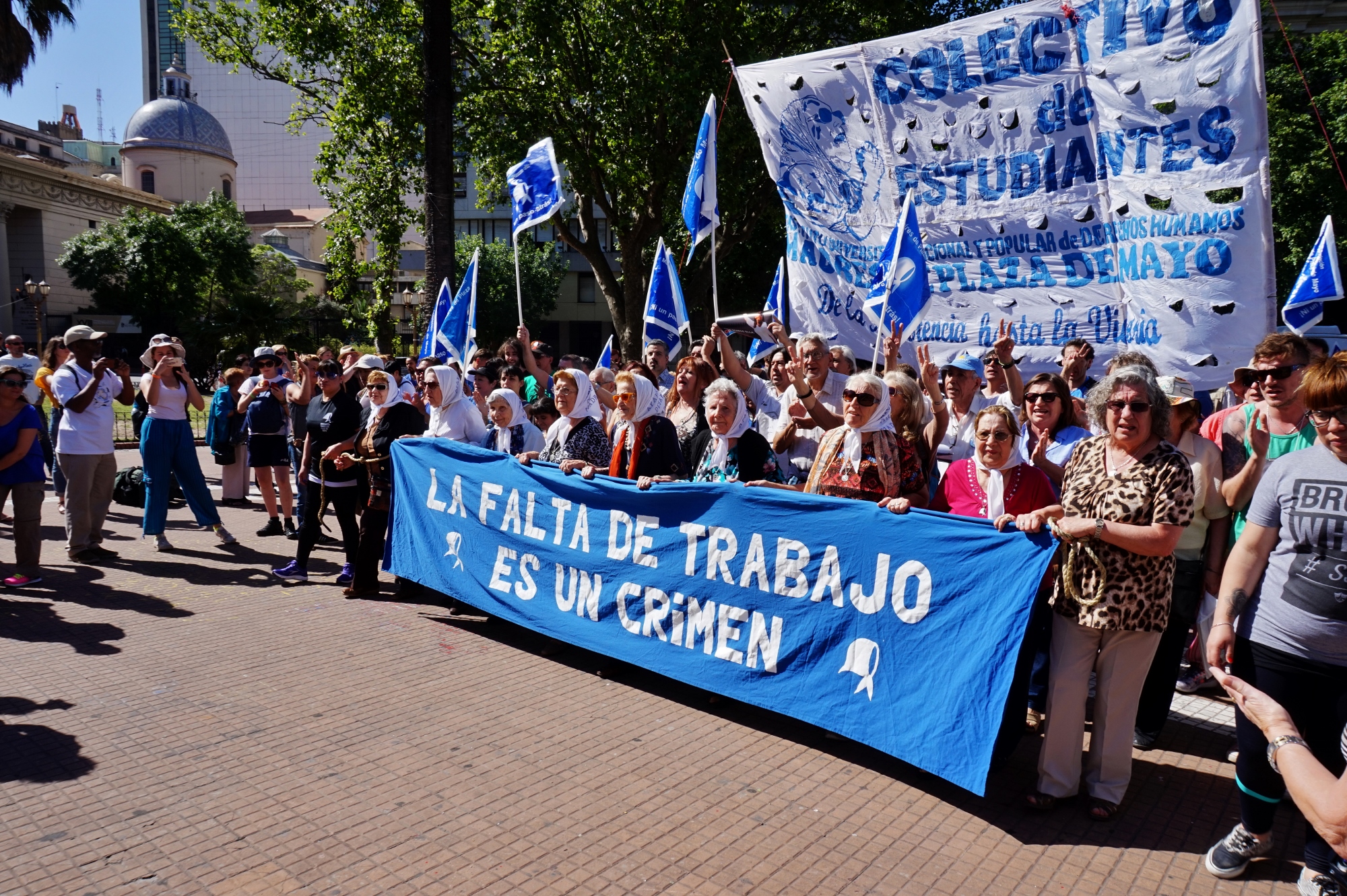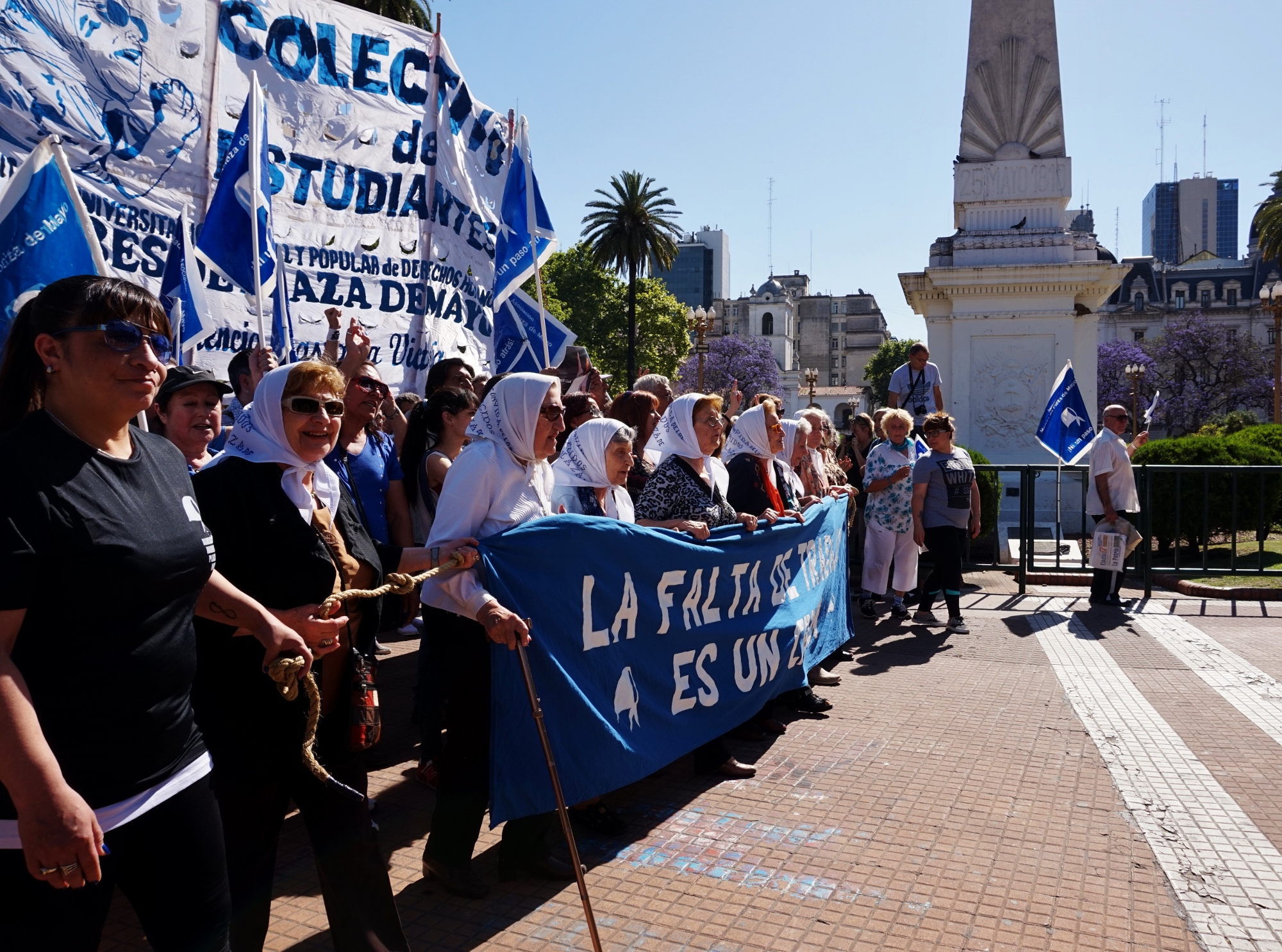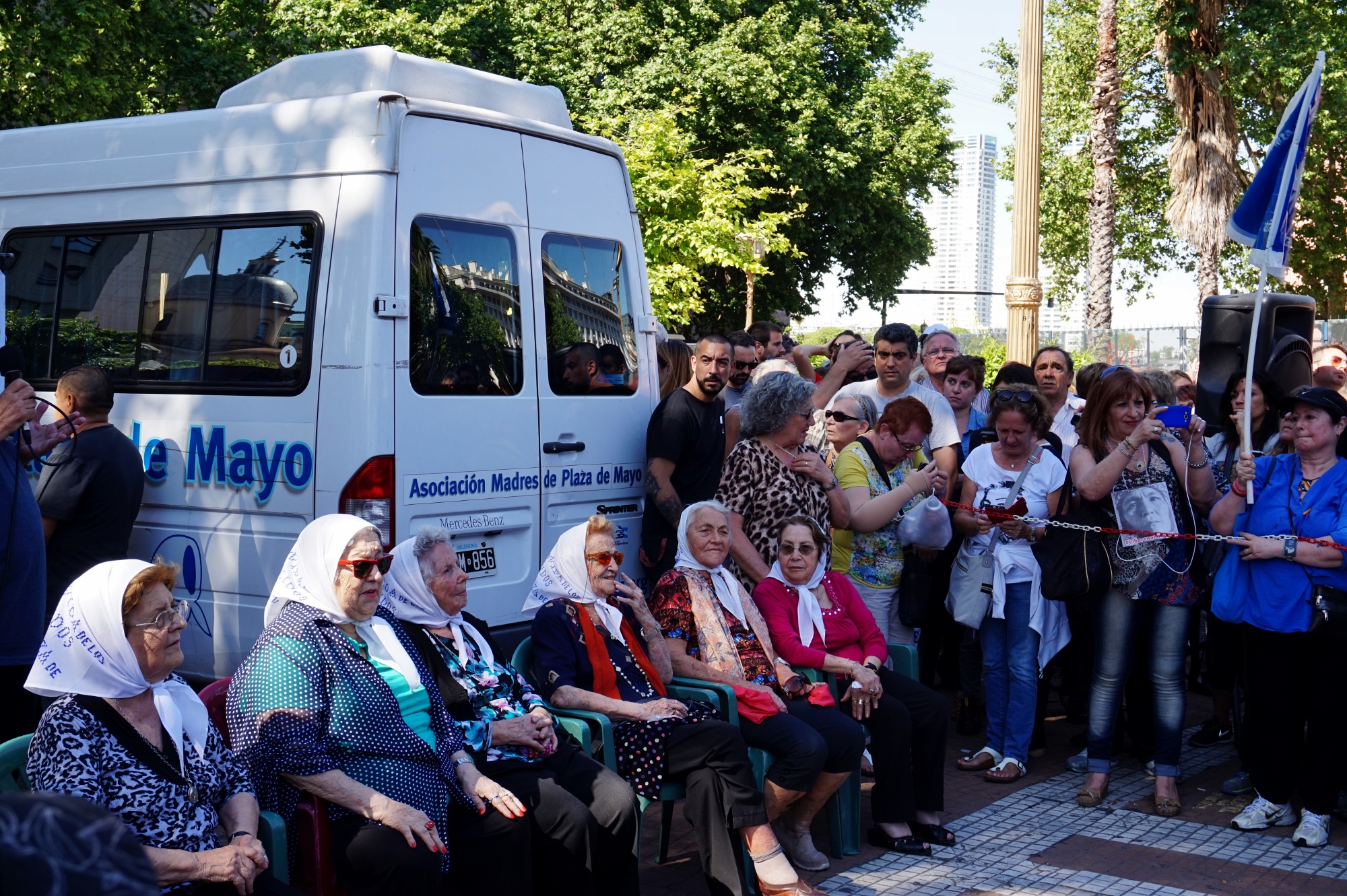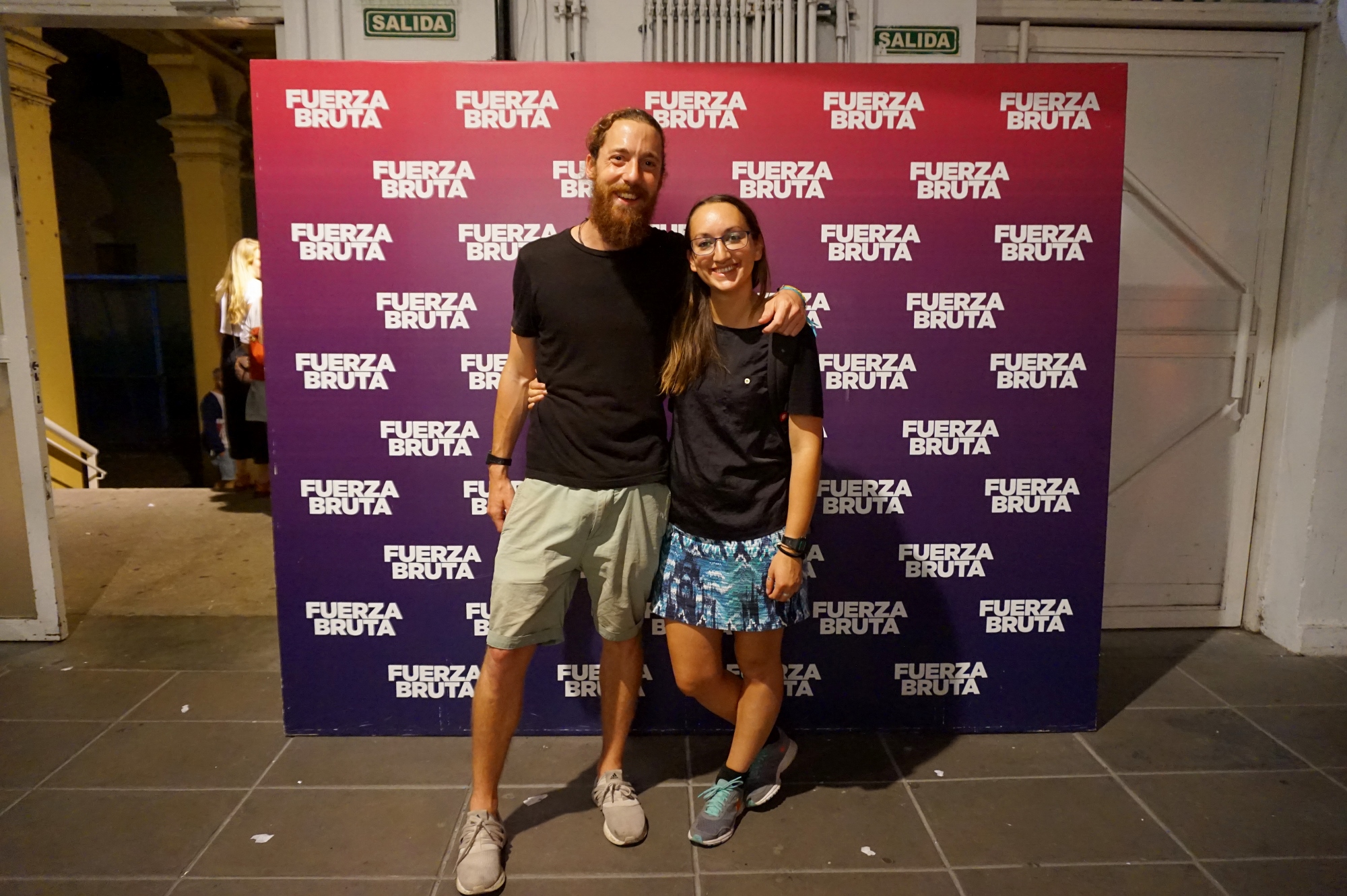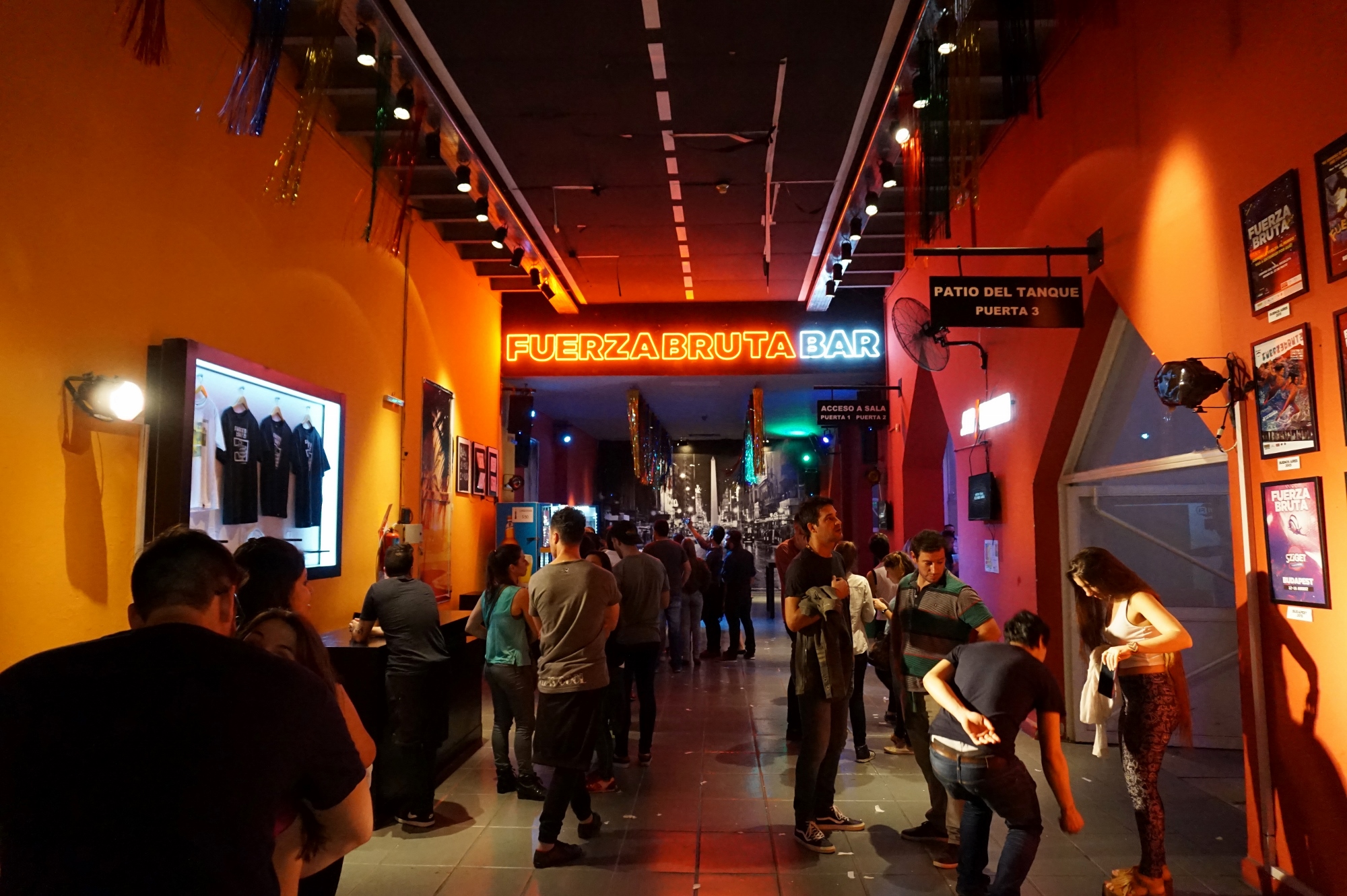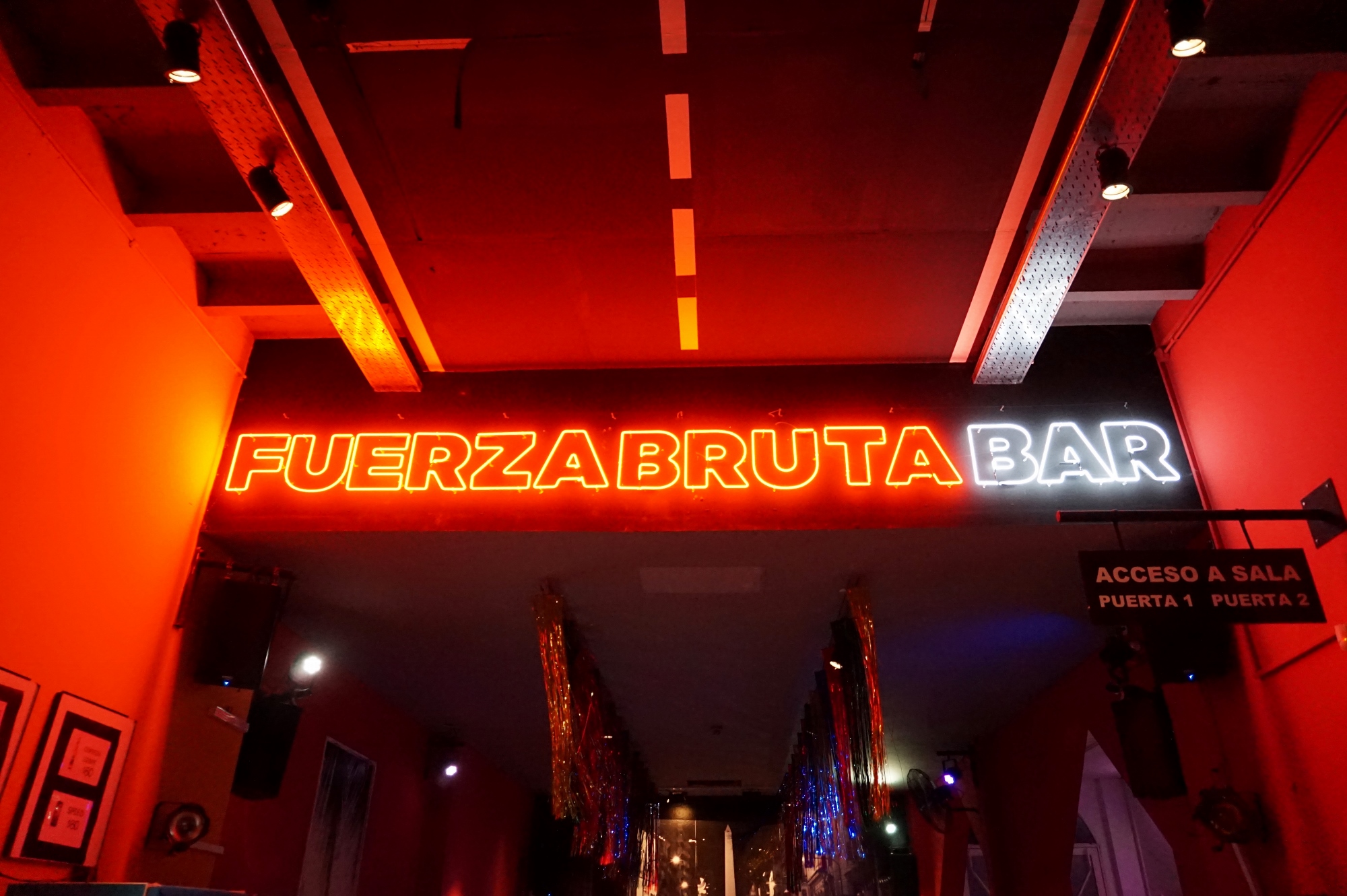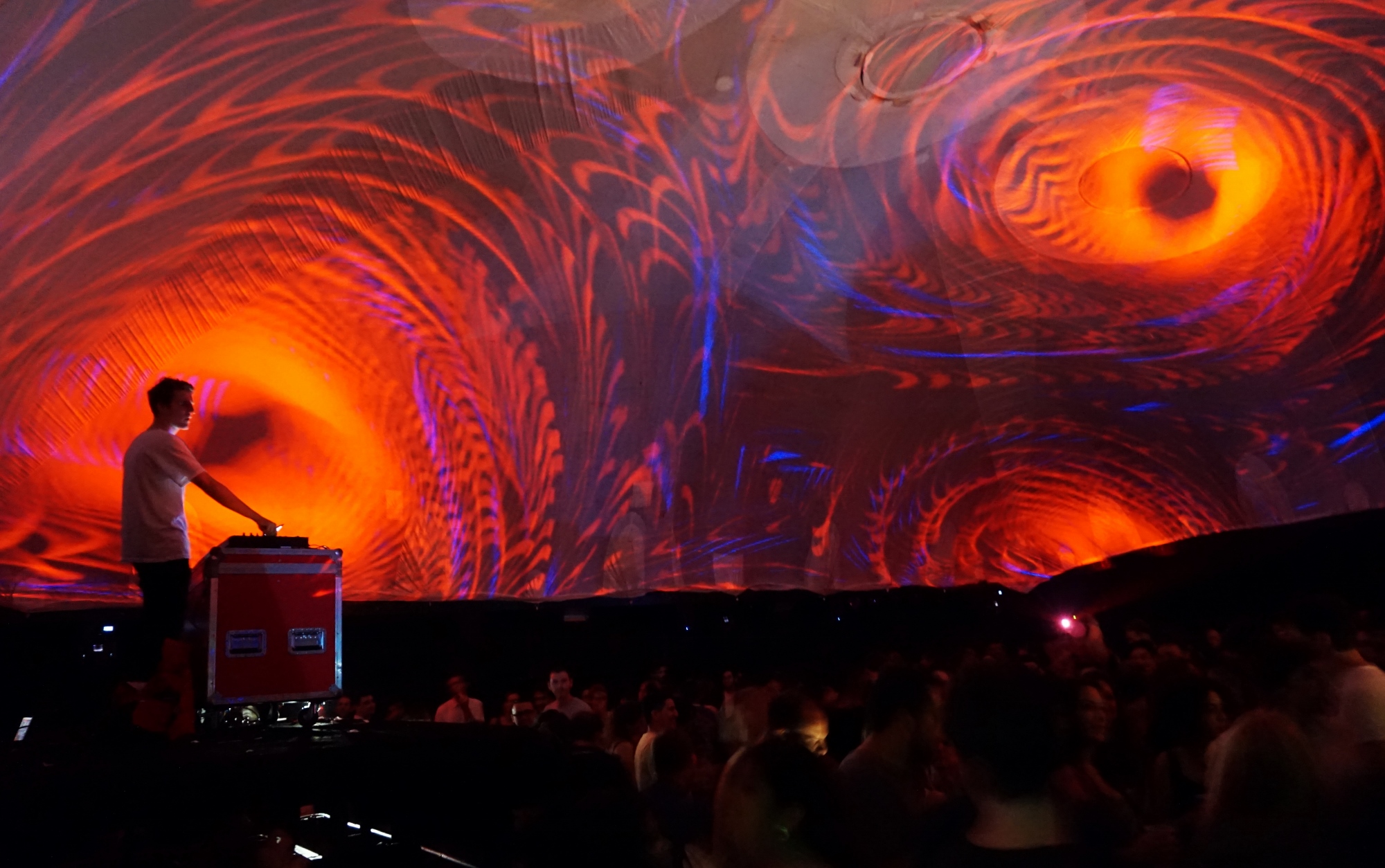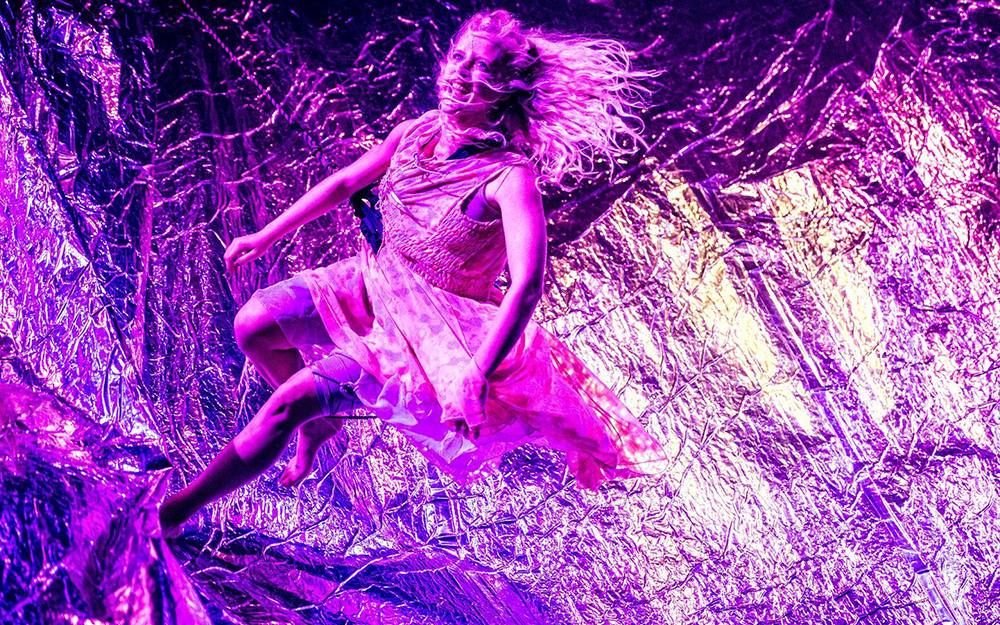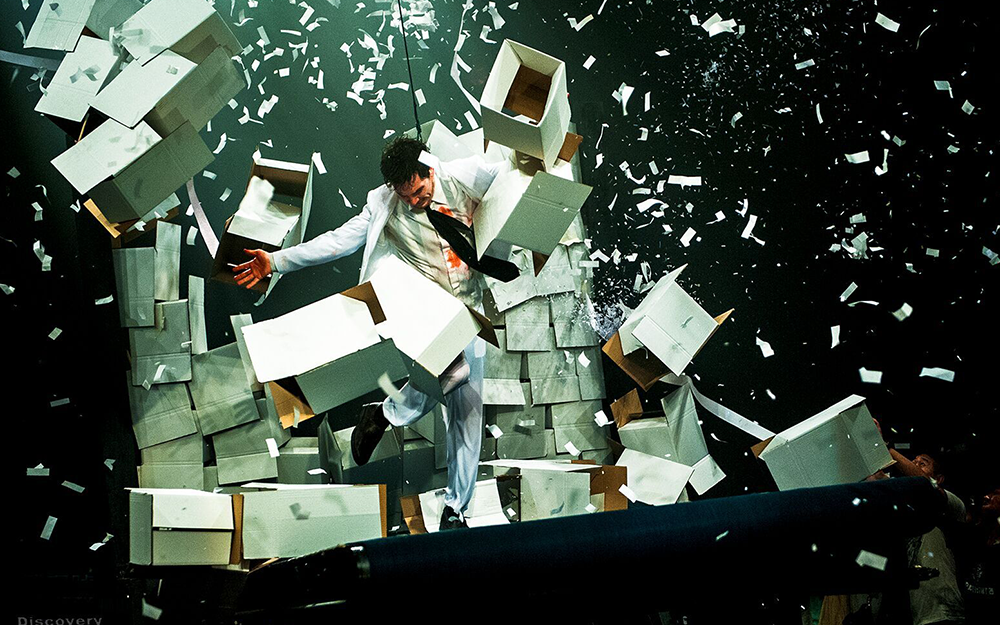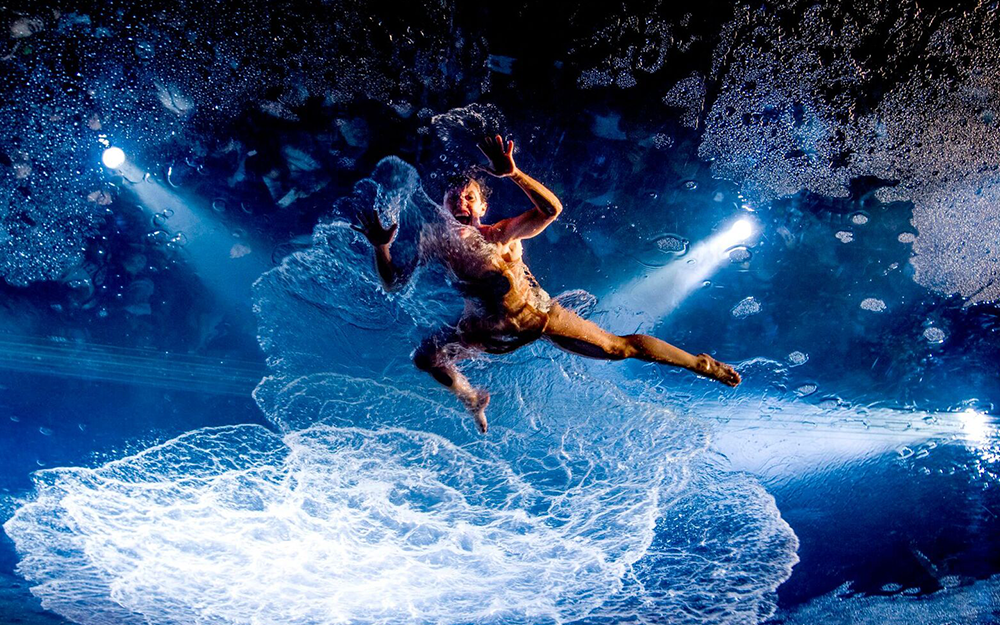BUENOS AIRES

We said our goodbyes to Uruguay and took the 5pm ferry across the Rio Plata (Silver River) to Buenos Aires. The journey was smooth and we managed to bag the only couple of seats with a table in the middle, perfect for playing cards. An hour later and we had arrived. We went off in search of a metro station, and then once it had been located, we went off in search for a metro card (no they don't sell them in the station). Because we had no cash, we now had to go hunt for a cashpoint, we learned this after being turned away for the second time by the exceptionally grumpy ticket man. Just as we turned to leave again in despair, a guy asked if we needed help, then tapped us through on his travel card! Thank you people of BA.
Alejandro's tango school / apartment
We arrived at our lodgings for the week just north of the centre of the city. We'd found it on air bnb at a price and with photos that seemed too good to be true. Alejandro runs a tango school from his gorgeous home, a 100 year old flat/mansion with original parquet wooden flooring, insanely high ceilings and huge rooms. Alejandro greeted us in full tango attire and showed us around, sharing good tips on what to do and where to go. Tango music echoed down the high cellinged corridor. We felt at home instantly and got an early night ready for class the next day. Our main reason for spending a week in BA was to attend a one week intensive Spanish language course, 4 hours each morning, leaving the afternoons free to explore the city.
Spanish language classes at El Pasaje
The classes were very well structured, with many different activities that our teacher Lucien could switch between if he could see our minds were lagging. He taught us the basic structure and grammar, threw in tonnes of useful vocabulary, answered all our stupid questions, taught us many useful verbs (but of course we'll need to go away and learn loads more) and the main thing was getting us all speaking and listening. He also gave us a couple of great tips of things to do in the city. Our class consisted of a girl from London, a girl from Austria, a guy from South Africa and a girl from Brazil.
La Bomba de Tiempo—Monday Night Drumfest at Konex Cultural Centre
We went out on a school night to watch the drummers at La Bomba de Tiempo. Completely by chance we bumped into two people we had met earlier in the trip, one German girl we'd met in Rio and an Argentinian guy we met in Salvador. We also met up with Erin and Aaron from the US that we hung out with in Montevideo. When the music started it was pretty damn cool. A group of around 20 drummers and percussionists took to the stage and energetically played a multilayered beat, apparently all freestyle but conducted by a guy at the front using 100 hand/body signals! The two snare drummers on the far left were amazing, they obviously had set, learned sections and they played perfectly in time and it was beautiful to watch as their drumsticks had rings of yellow and black and they were moving at such speed but remained in unison. Each week the band invite different musicians to join them for the show spanning a range of genres. The guest this week were a shit hot xylophone player, followed by a soul singer accompanied by two guitarists. It was a great night out. We were worried about how we would feel about getting up for school in the morning.
Free walking tour
The free walking tour leaves everyday at 3pm from the gates outside Congress, a massive domed giant of a building towering over a little tranquil park. The tour basically follows our commute to school along Avenue de Mayo, finishing at the 'pink house'. We arrived at 2.55 and there was a humongous group of people gathered waiting for the tour to start. Our game plan was to stand as close as possible to the guide otherwise it was pretty difficult to hear everything he was saying. He talked at length about Buenos Aires' desire to be the Paris of the Southern Hemisphere and we understood what he was getting at, with the wide boulevards and European architecture. We passed the twin of the building that was the centre point of Independence Square in Montevideo, but here it was dwarfed/overshadowed by all the other buildings. Some other points of interest included one of only three original 'The Thinker' statues, a giant flat metal sculpture of Evita on the side of a tower, a massive obelisk, the widest avenue in the world (it must have had at least 12 lanes!) and the Champs-Élysées. Apparently the main road through the centre is themed on Paris's famous Champs-Élysées, complete with identical lampposts, similar art nouveau subway entrances, surrounding architecture and even the same species of tree.
At the end of the road you arrive at the pink house (the presidential palace) which has an arch de triumph subtly standing in its centre. (even though it's not symmetrical). In front of the pink house is the Plaza de Mayo and we learnt why there were paintings of ladies headscarves on the floor, see the Madres section below. Separating the pink house from the plaza was a riot fence that had been erected after the (I think) 2002 riots. There is a long history of protesting in Argentina, indeed there were two when we were in BA! Our guide said the fence was a pretty good indication of the political issues of the day as people graffiti messages on there. One he told us about was a lady that had recently been sentenced to eight years in prison for murder after going to hospital with severe abdominal pains and having a miscarriage. Hospital staff accused her of attempting to induce an abortion, which are illegal in Argentina. After hearing this I noticed more graffiti around the city with the same message to make abortion legal.
Local tango milonga
Alejandro told us that as we were in BA we really must go and see some Tango. He told us about a local 'milonga' where people go to dance tango with different dance partners. The women sit on one side of the room, all facing into the square dance floor, and the men sit on the other side. A man will catch the eye of a woman from across the room and nod, and if the woman would like to dance with him, she nods back. He then walks over to escort her to the dance floor where they will dance to 4 tango songs. In between each song is a short interval of maybe a minute. When they first get into the tango position, they stand still for a brief moment, before starting the dance. In between dances they will talk and introduce themselves, or maybe they have danced together many times before and this is there chance to catch up, see how each other's weeks have been etc. As the group of four songs continue, couples stand talking for longer and longer in between songs, in fact by the last song, people may still be talking half way into the dance! The man leads and the woman often has her eyes closed, being guided around the floor. It is a very subtle dance, and at first it felt quite shuffly, until we started to notice the intricacies. Women wore dresses and heals and men wore smart trousers and shirts. Alejandro even wore a suit jacket, easily winning best dressed male! As the night wore on, we became more aware of the American elections that were taking place, and a repeat of Brexit was unfolding. An election campaign fought on fear and division was again beating togetherness.
The tango in BA is meant to be more sensual and 'close' than in other places. It seemed quite old fashioned, a man asking a woman to dance, but we both loved it. At one point everyone sang happy birthday to a lady and she then took to the floor with a chap and they had the floor to themselves. We left round midnight however they are often open till three in the morning or later / earlier. Everything seems to happen in this city after midnight even on school nights.
The Recoleta Cemetery
A must do if you go to BA is the cemetery in Recoleta. it is an absolutely fascinating place to wander around the mausoleums of the rich and famous of Argentina. Coffins are on display in the family mausoleum, and some are much better cared for than others, leading us to think mausoleums must fall into disrepair as the last relative dies. It's here you can see Eva Peron's final resting place, as well as a couple of other interesting people. These include Isabel Walewski Colonna, the illegitimate grandchild of Napoleón Bonaparte. A lady that was buried alive by accident, and a chap who worked at the cemetery for 30 years as a grave digger who apparently saved up all his life for his own plot and commissioned a statue of himself before apparently killing himself.
It felt like a full blown city for the dead, with insanely decadent buildings in which to house coffins. Some doors were not locked and you could see a steep narrow staircase descending down into the basement room full of dead people stacked up on shelves. Think Tokyo pod or capsule hotels only more gothic.
After walking through the land of the dead we were dying for a drink. Luckily you can get a cool IPA just outside the pearly gates.
MALBA
Muses de Arte Latinoamericano de Buenos Aires is in Palermo. We spent a hour or so wandering this modern art gallery on the edge of Palermo's famous parks. It was nice enough with a few good bits, however we had just missed a Yoko Ono exhibition which was a bit of a bummer.
Steak
You can't go to Argentina and not have a steak. Below are the two restaurants we tried out.
Club Eros in Palermo
It felt like a locals place and we loved the sparse 'matter of fact' interior. Plus the steak was bloody good. It came with chips and eggplant. We then walked the cobbles and had a few beers in the near by bars. This was defiantly the cool part of town.
El Desinevl in San Telmo
Amazing dinner of steak and wine. Order one steak between two and share, it was massive! The place was full of gringo's but it was popular for a reason. The food comes when it's ready, we also ordered a chorizo and it came first, the waiter plonked it down on its own and said "chorizo appetiser". Down the road you can find the statue of Mafalda, a famous Argentinian comic book character.
La Boca
We found La Boca a bit odd. It's meant to be the poorer, arty area of town, yet it is a major tourist trap and feels completely fake. The colourful buildings are nice to look at, and the sound of tango music wafting through the air was nice, but the tango dancers in special dress dancing outside the overpriced restaurants felt forced, the artists sitting along the street probably didn't paint the pictures they were selling, and the whole thing felt like a facade.
PROA Gallery, La Boca
However the new gallery PROA we did like. The building was brilliantly modern and minimal and the view over the river/port from the rooftop cafe balcony was perfect. There was an exhibition focusing on the artist Maluvich. His abstract cubist characters were pretty good however we felt the actual building was the real draw of this gallery (we seem to be finding that a lot in South America!). We hung out on the roof terrace for a while and took great delight in watching an old man dressed in a red cape and weird head dress talk to a bunch of nuns. This whole place was quite surreal.
The Madres de Plaza de Mayo: The mothers of the Plaza Mayo: Thursday at 3.30pm
There was a period in Argentinas not so distant history where the military dictatorship in power started 'disappearing' people. The mothers started an exceptionally brave act of public defiance by gathering at the square in front of the pink house (the presidential palace). Here they would walk around and around a statue in silence, to campaign for information on where their children had been taken. People were banned from protesting, in a bid to silence all opposition and a group of three or more people standing in one place was forbidden. The mothers had the idea they would meet in pairs and continue to walk around the central statue so that they couldn't be arrested for meeting in large groups. They each wore a white headscarf. Many of the founding members of the movement disappeared. To this day the remaining women and their supporters still meet at 3.30 every Thursday and walk around the statue a couple of times. They arrive on a minibus and it was as though the Beatles had just stepped off their tour bus. These old women were given a hero's welcome and it brought a tear to my eye, knowing what danger they had put themselves in to protest in such a dangerous period of time in their countries history. People started singing and clapping as they walked round, holding their banner. There are still many unanswered questions and still many people missing. The white headscarves are a symbol of the power of protest in Argentina and since Buenos Aires we have seen them painted on the floor in many other squares in Argentina. Read more here.
Fuerza Bruta show, Recoleta
If you ever find yourself in Buenos Aires, I urge you to go and see this show and you should probably stop reading now as I don't want to give too much away. However if it's unlikely you'll ever see it, then read on...
We really had no expectations when the lights went down in a large warehouse in Recoleta. All we knew was that it was 'crazy' and had been recommended to us by our Spanish teacher. First was a drumming group of 5 people, dressed in outlandish outfits, perfectly coordinating their exaggerated movements, with bright white lights behind each person, so you could only make out their silhouette.
Then a huge travelator was wheeled out into the middle of the room, and the audience had to move to get out its way. All the while a man and woman were walking then started jogging and finally running to keep up with the speed before the woman lost her way and fell off the back. It felt like a dream or nightmare, as he kept running as obstacles were thrown at him. In one scene he was trying to keep 3 tables plus chairs on the travelator, as they kept falling off and being placed back at the front. It was a weird loop dream. Finally he was shot and fell too.
Around the ceiling, sprites ran around a shining silver curtain, running to keep up with each other as their wires sent them at different speeds.
Then came my absolute favourite bit. A see through swimming pool appeared above our heads and sprites frolicked round in the water, as the trough gently swayed from side to side, sending the water slowly from one side to the other. The pool began to lower down until it was in touching distance and still they played around, rolling from one side to another, banging down on the bottom of the pool, and dipping their heads under water and picking a person in the crowd to stare at. It was completely bizarre and utterly mesmerising (although it did rather hurt the neck looking up for all that time!!) the pool was then rocked in a different way, and one girl ran around, and the water appeared to follow her movements.
Later a huge tent was magically erected inside the room, with all the audience inside and a hole cut out the middle where a man dangled through upside down, slowly being lowered until he could touch fingers with an outstretched hand of a member of the audience. Later a light show was projected inside the tent as a DJ came on to do his thing. It was time for us to leave.
Haste Luego Buenos Aires, it's been a blast.
The following images were taken from fuerzabrutaglobal.com

